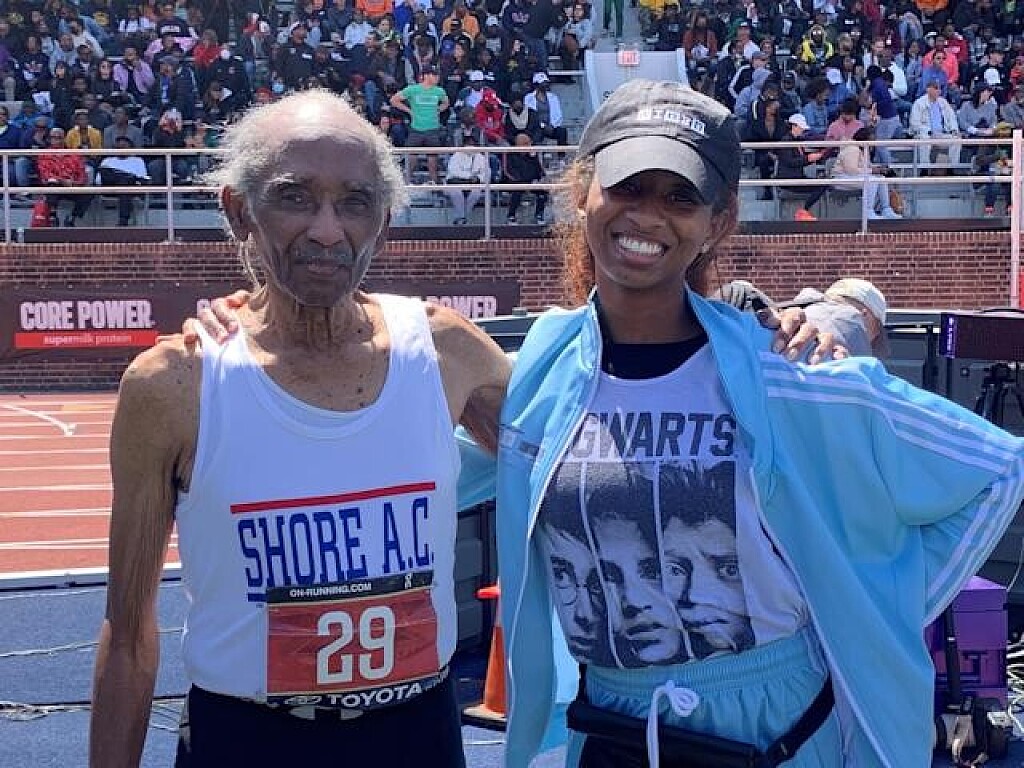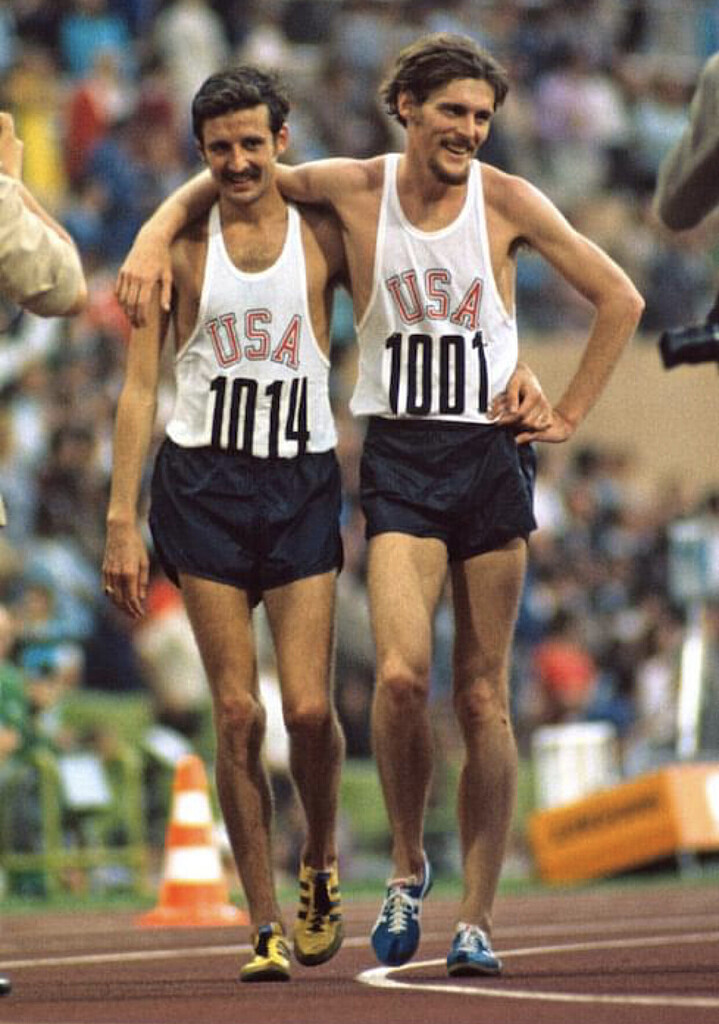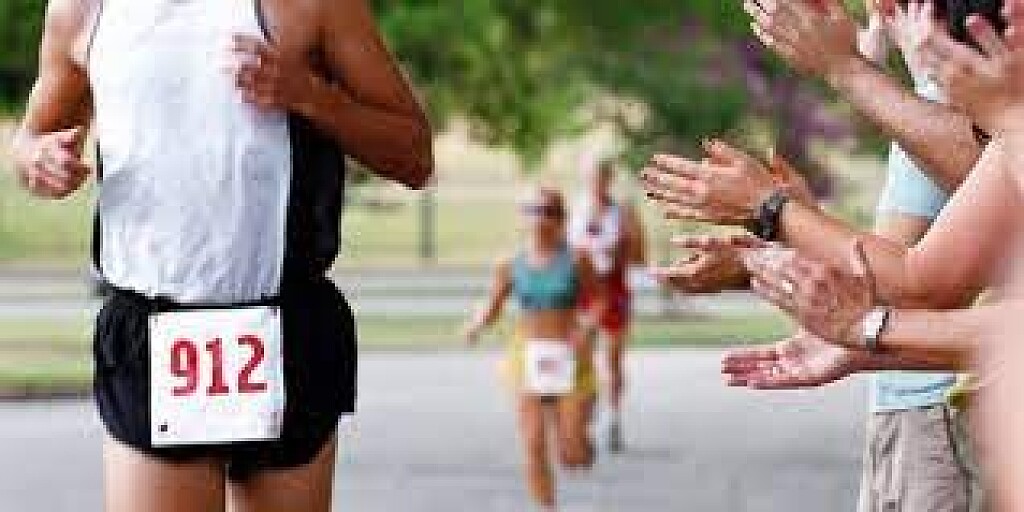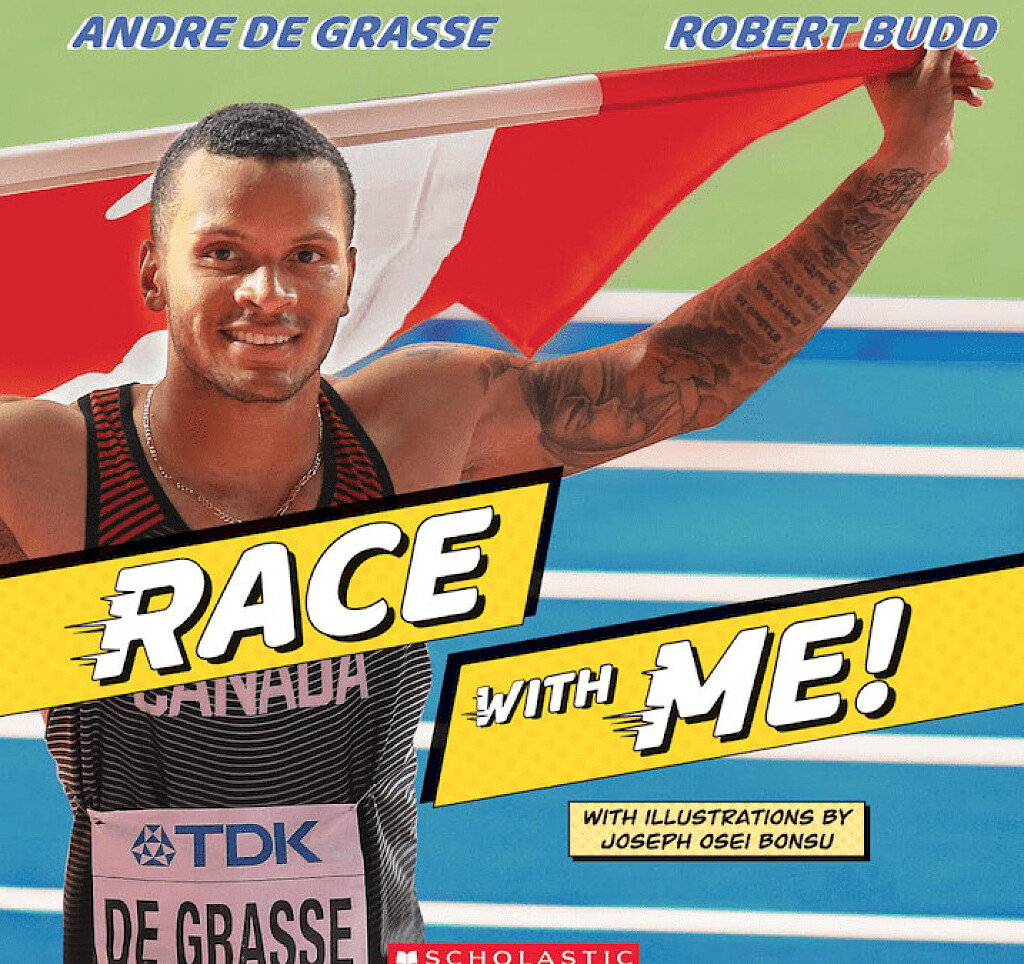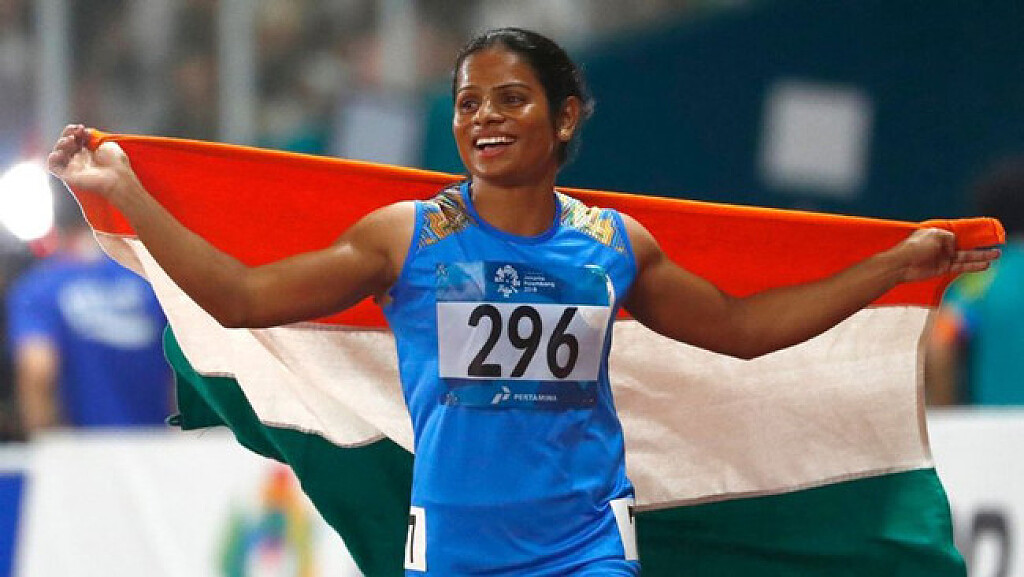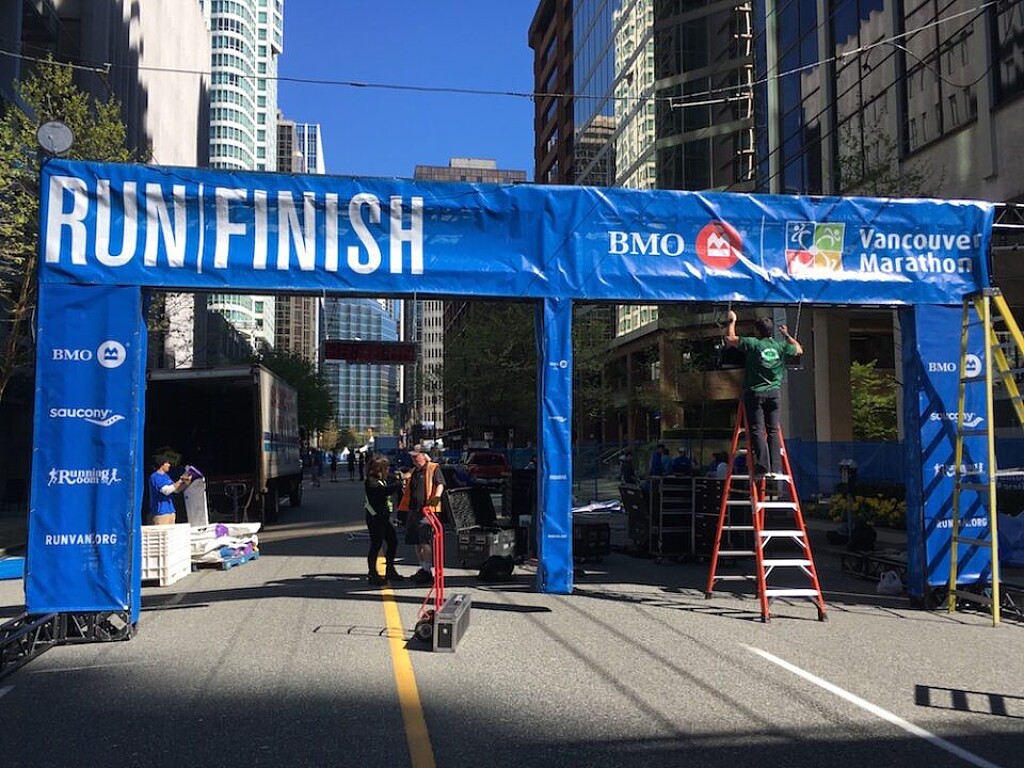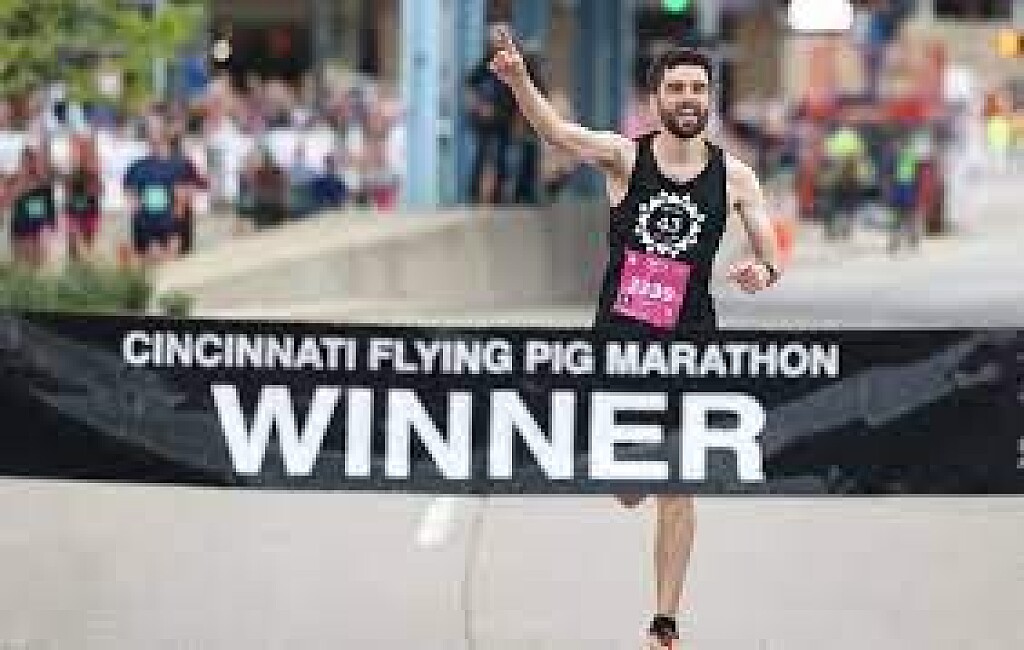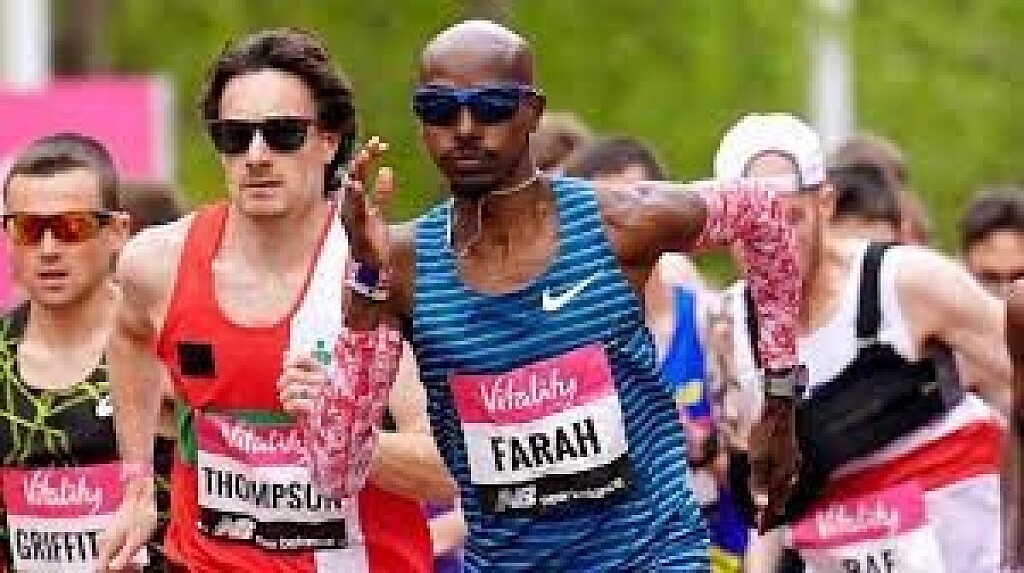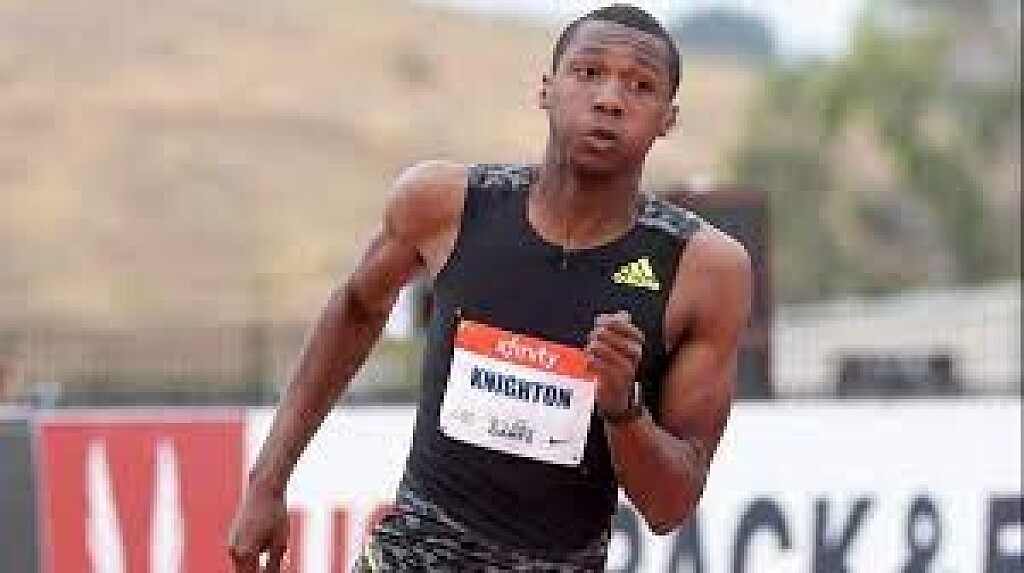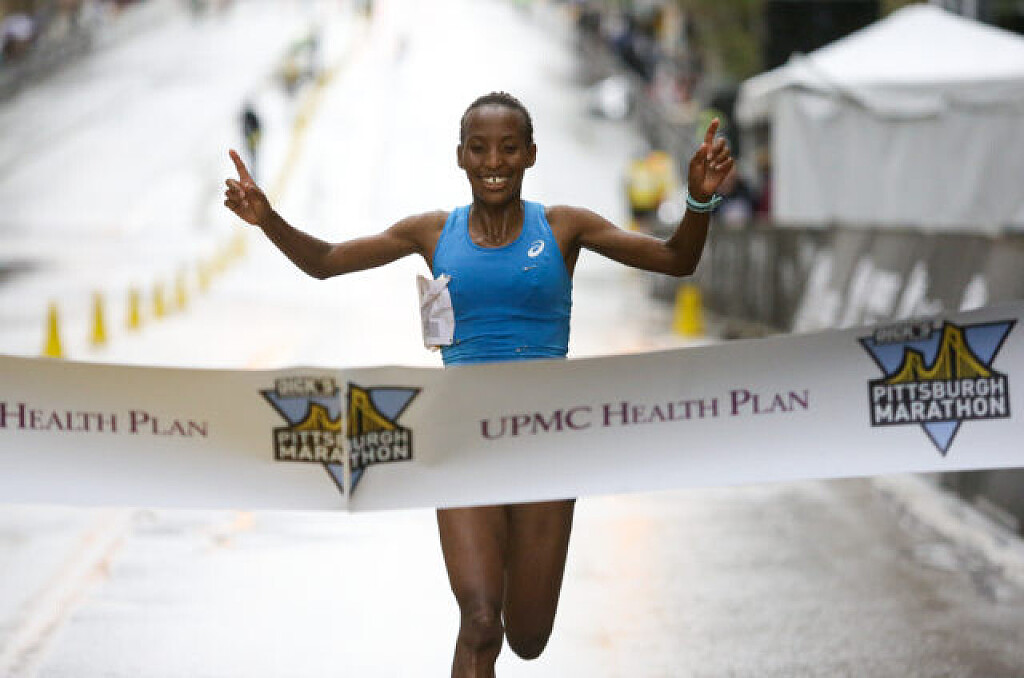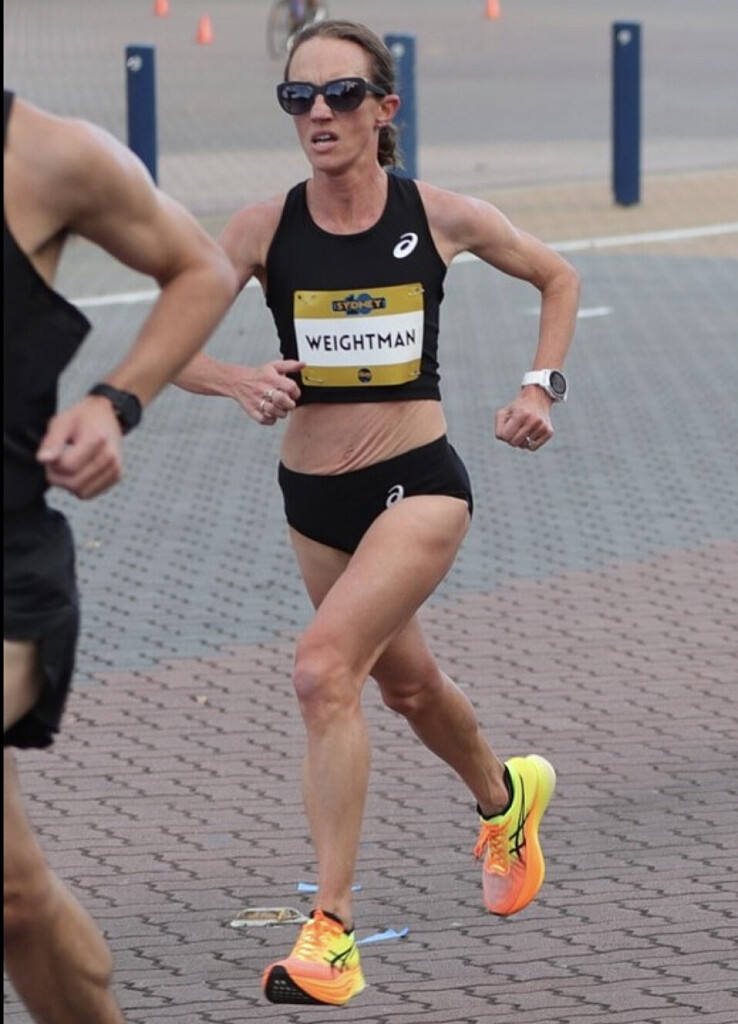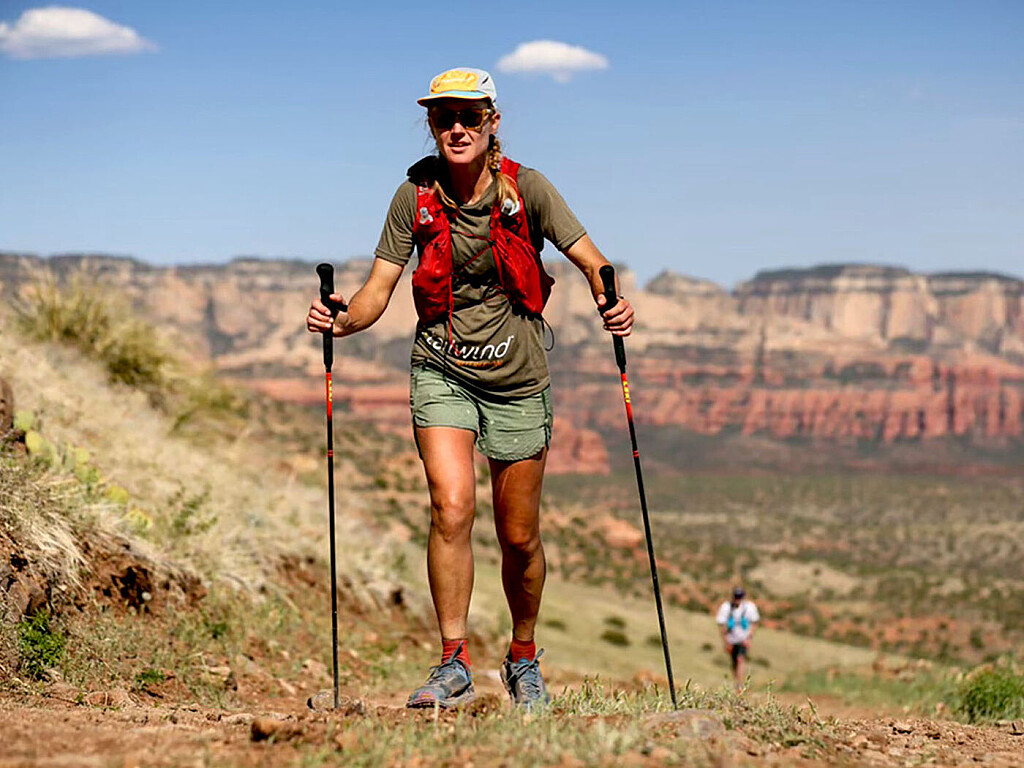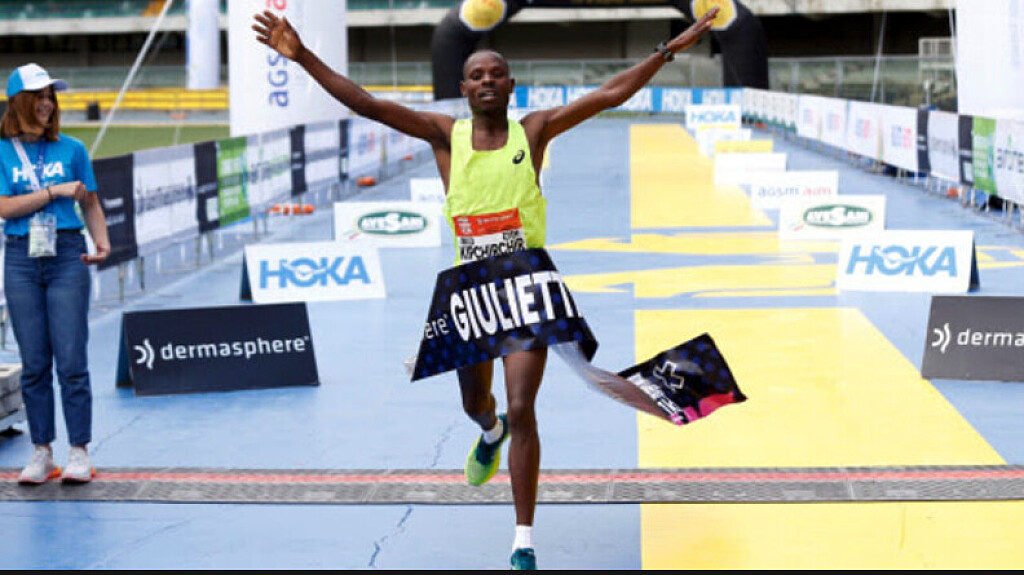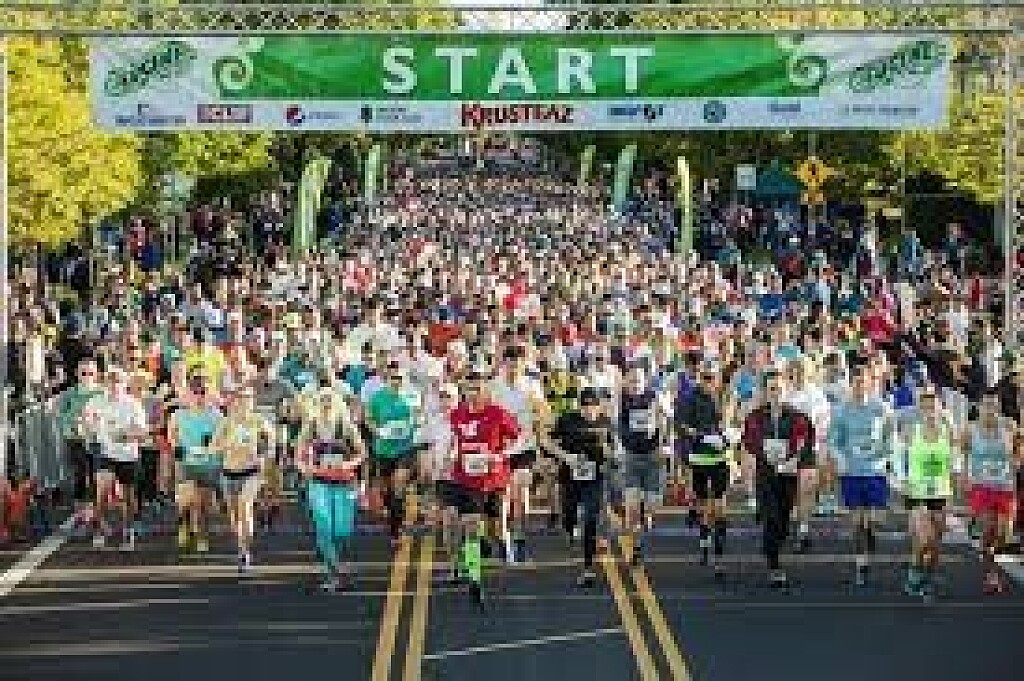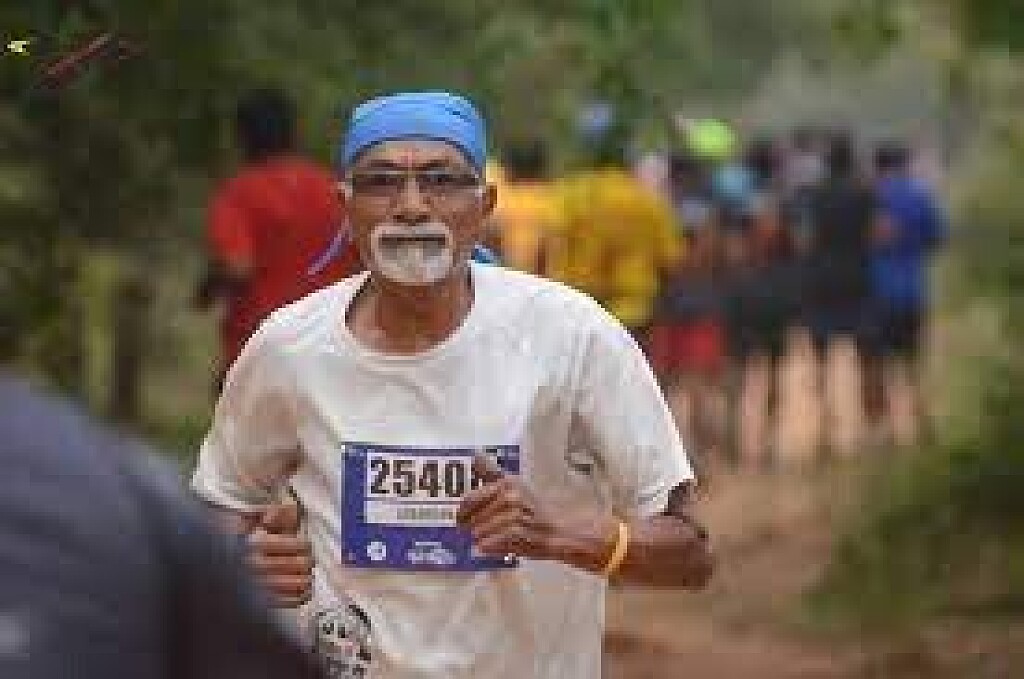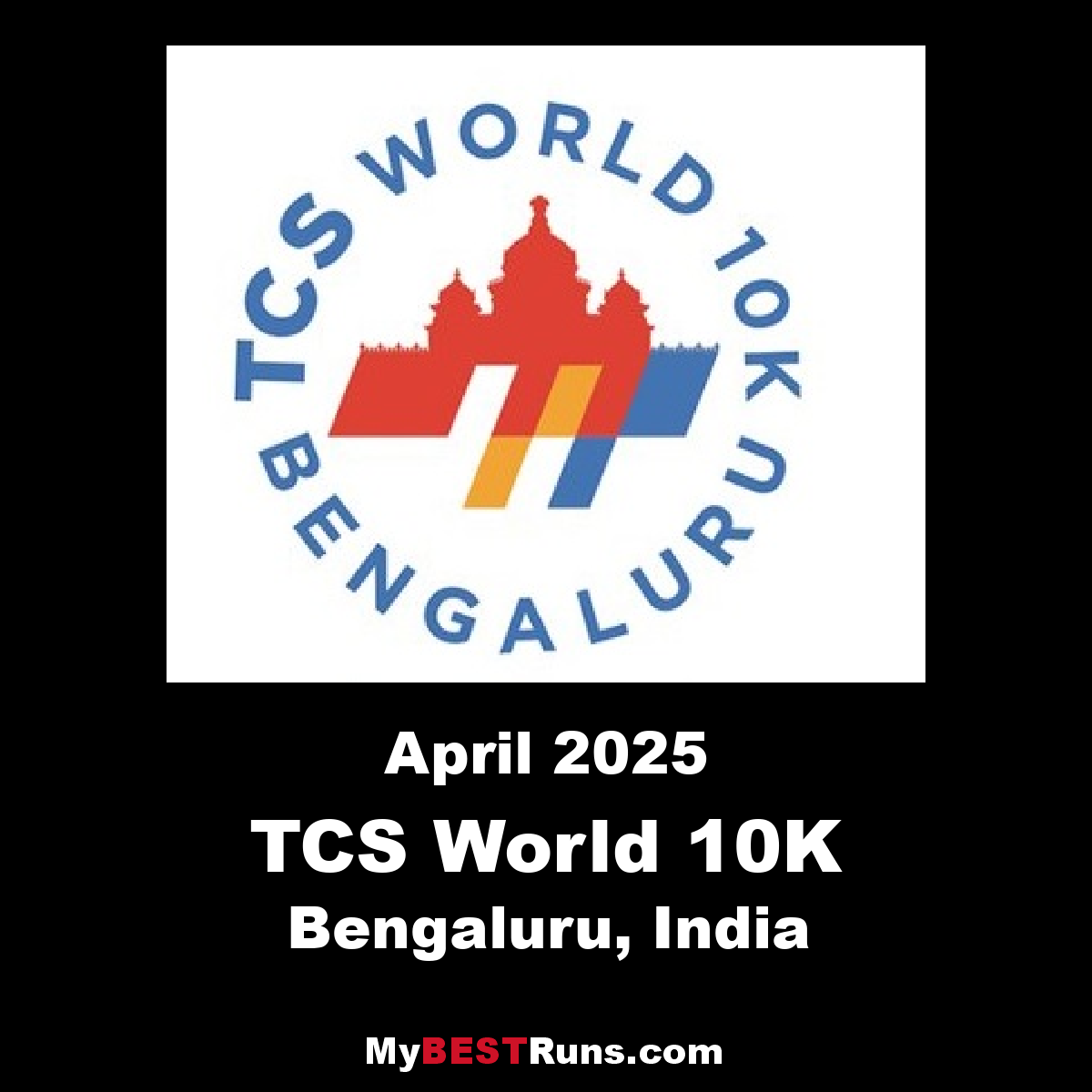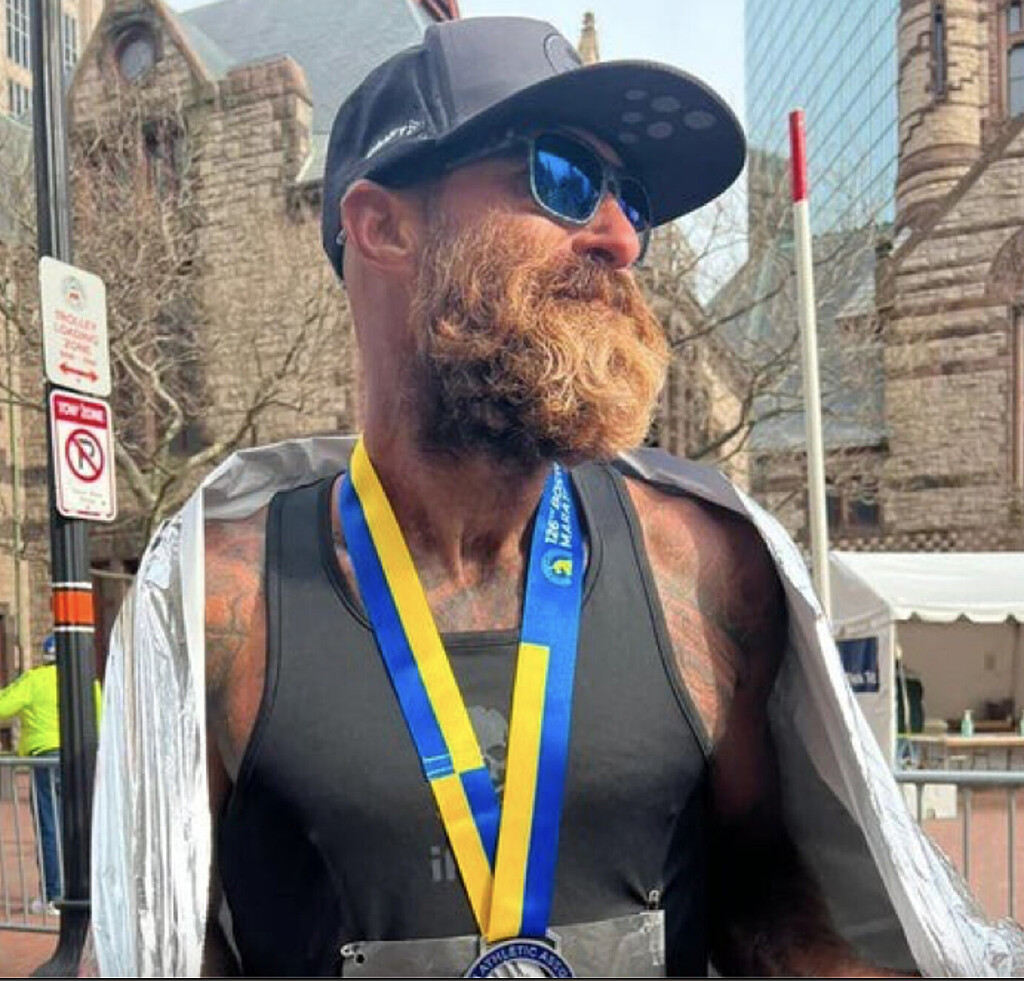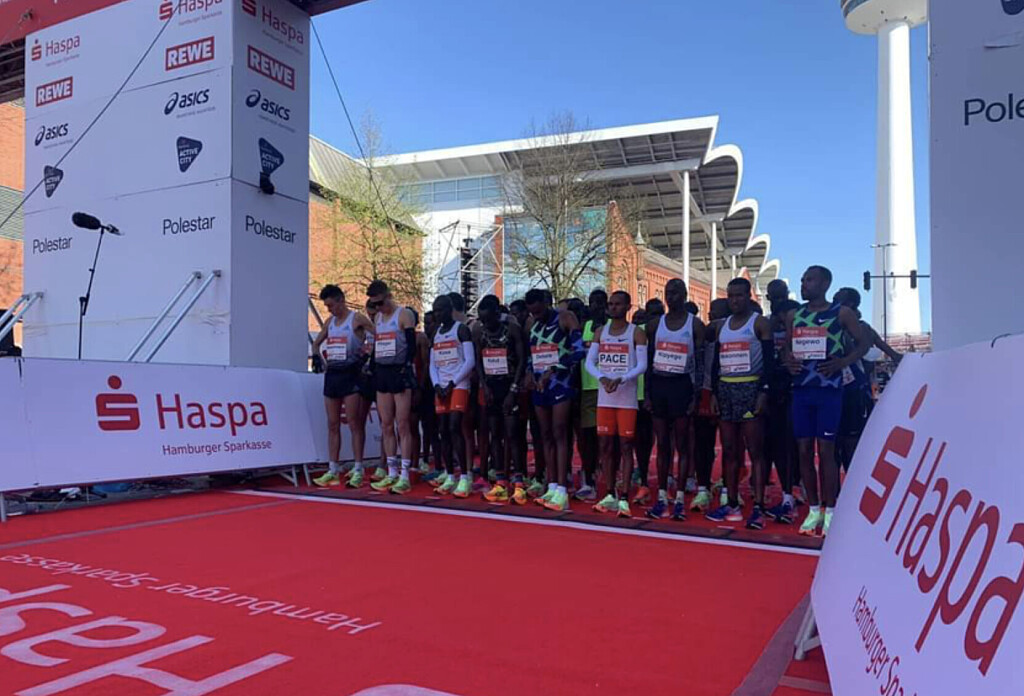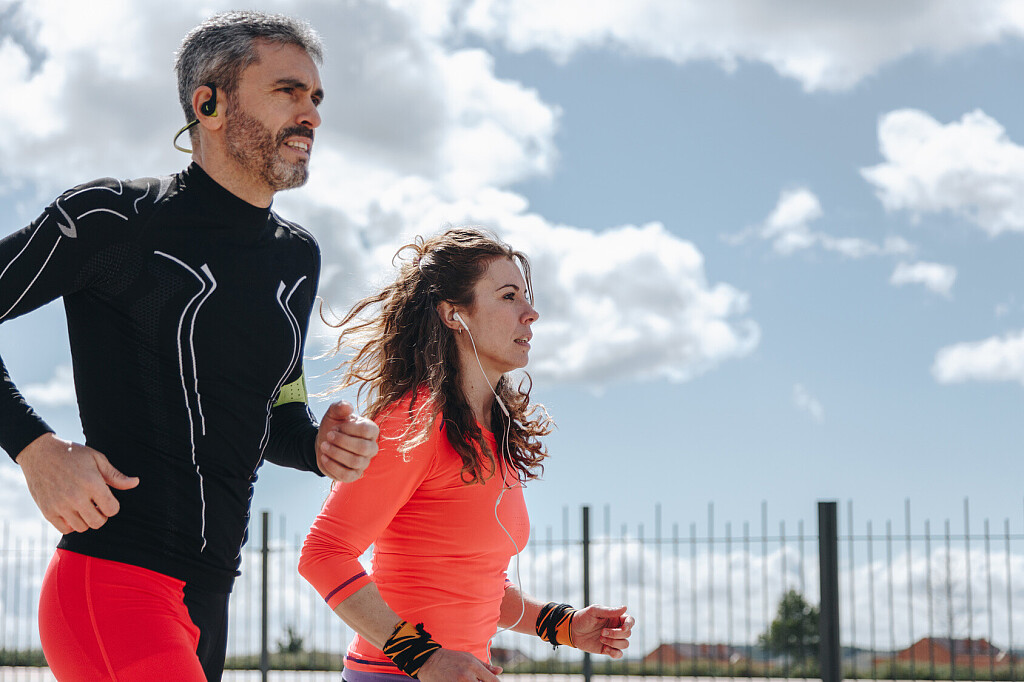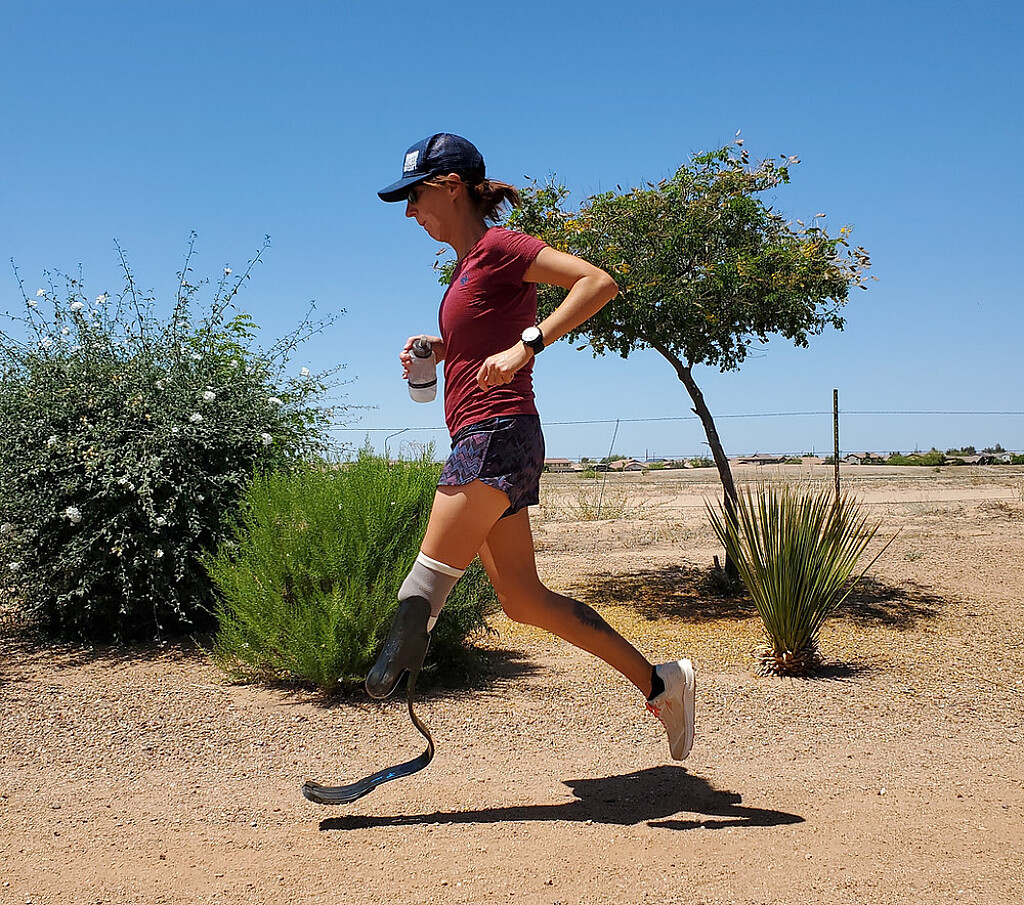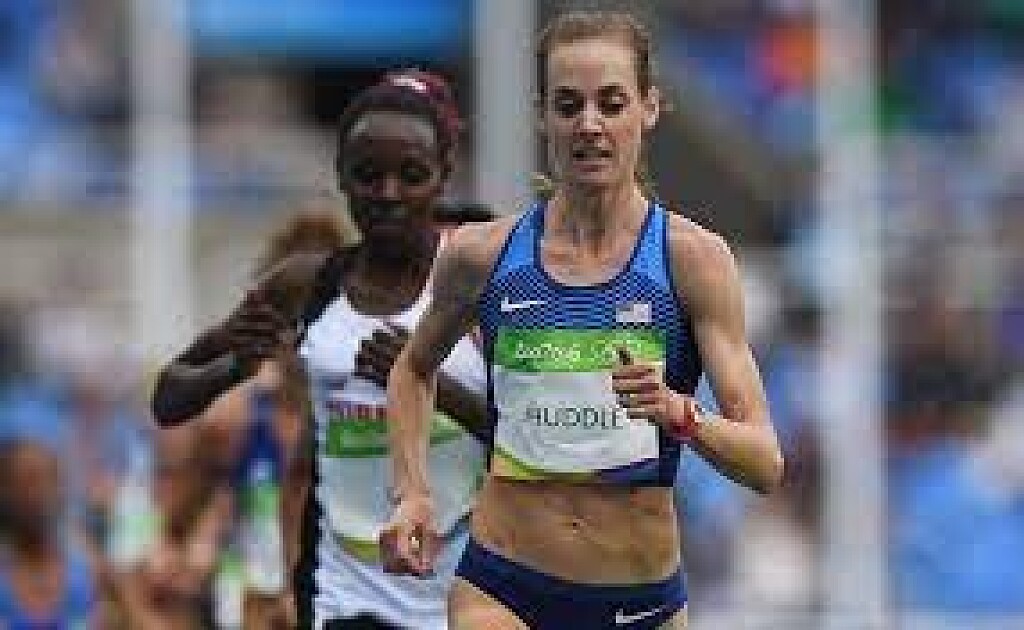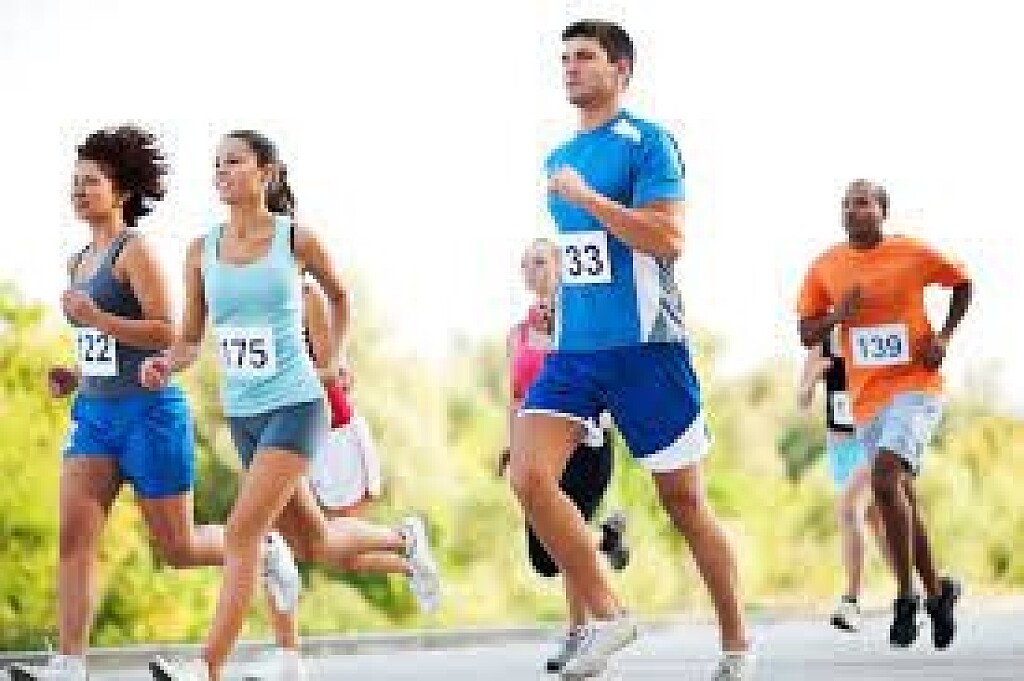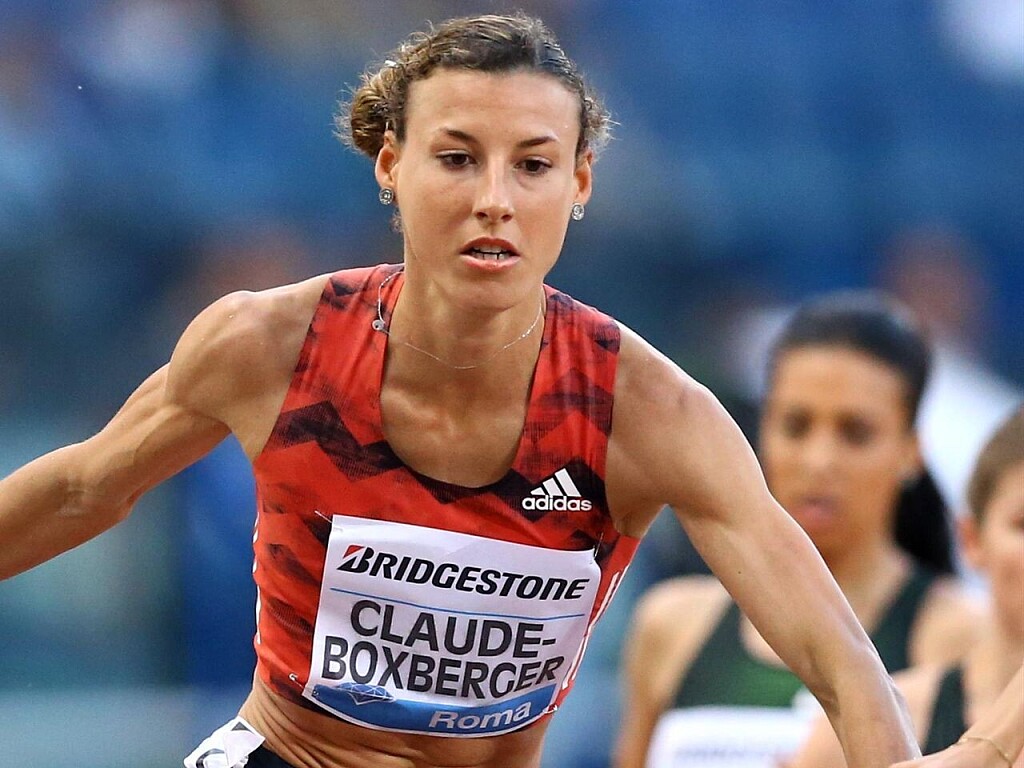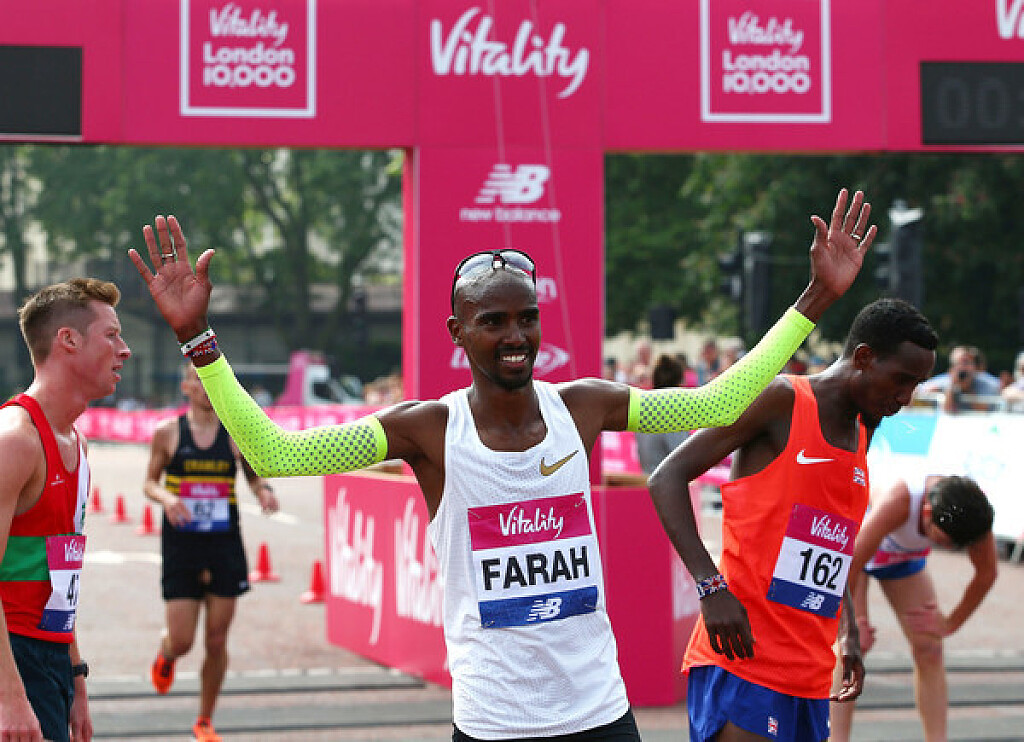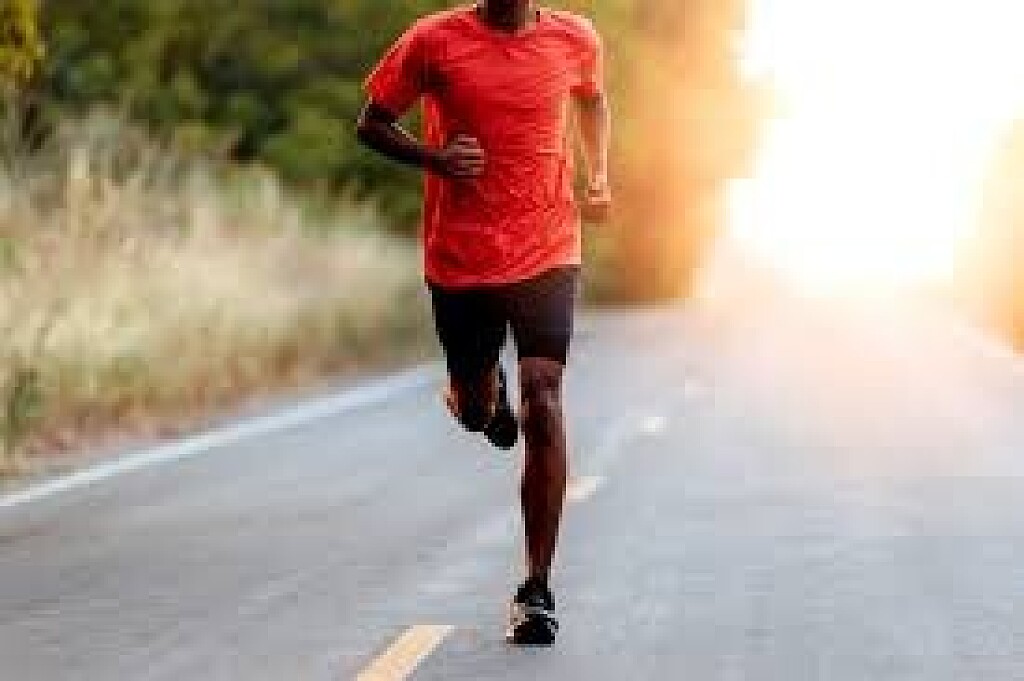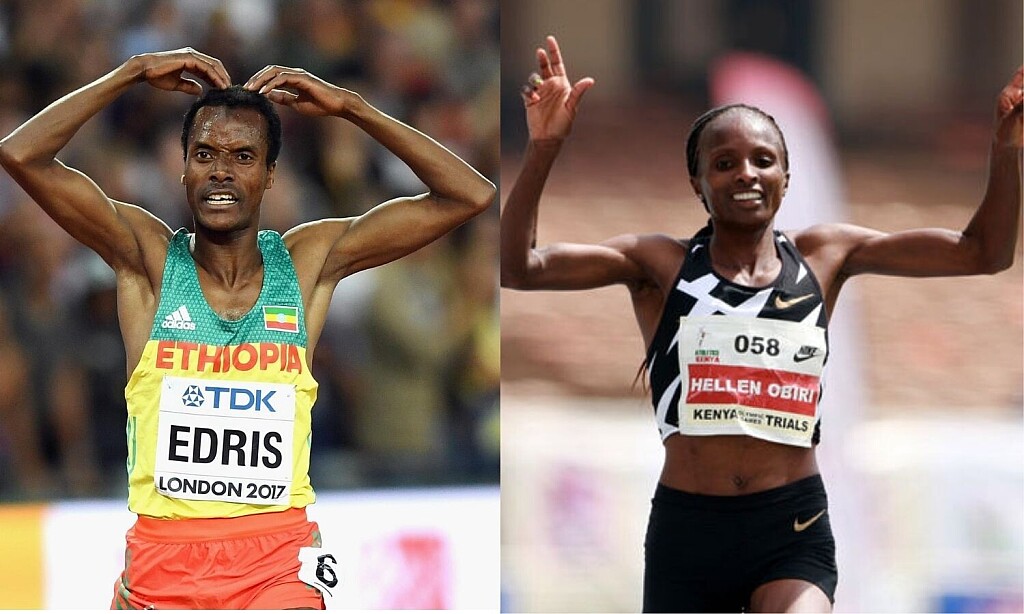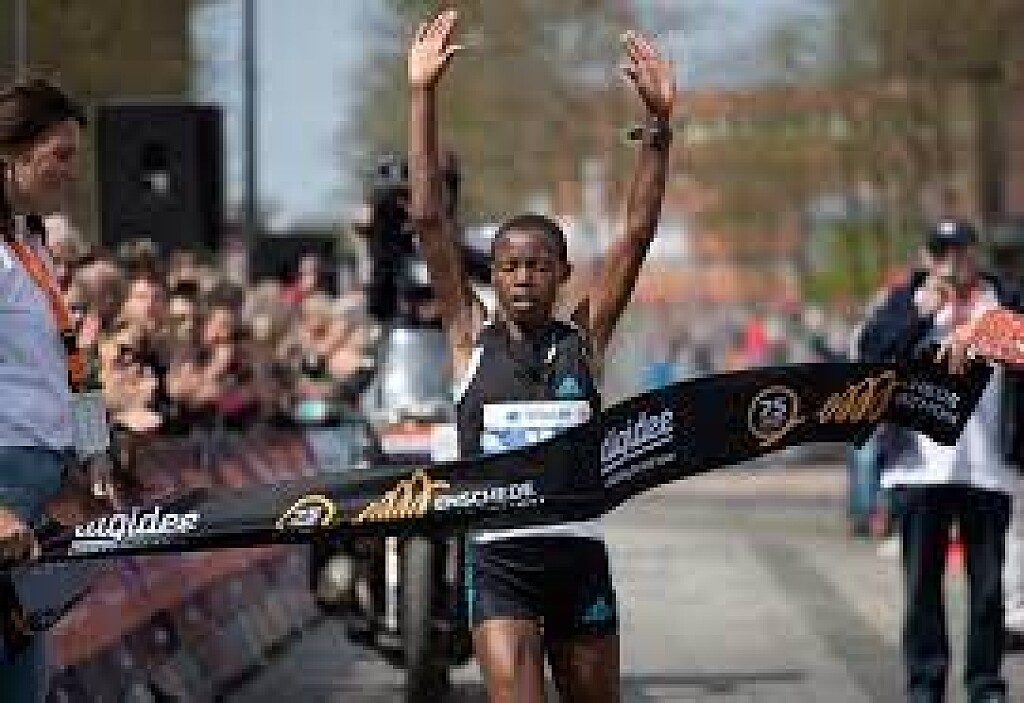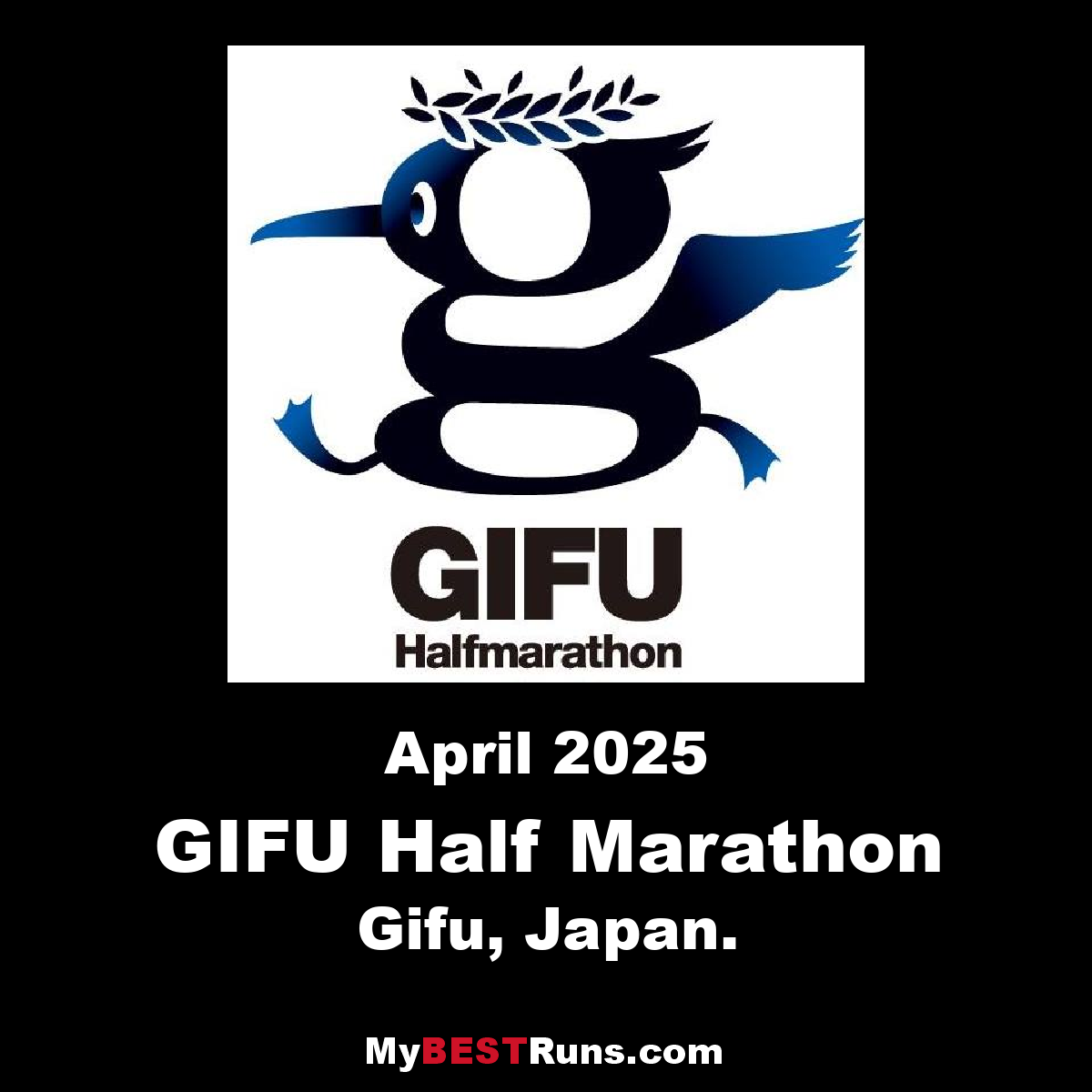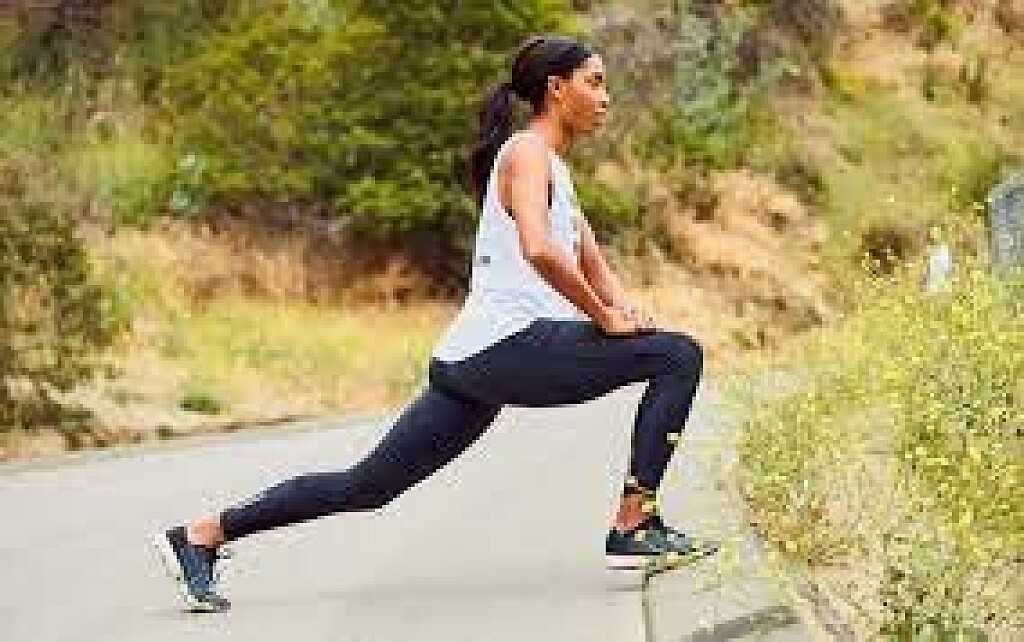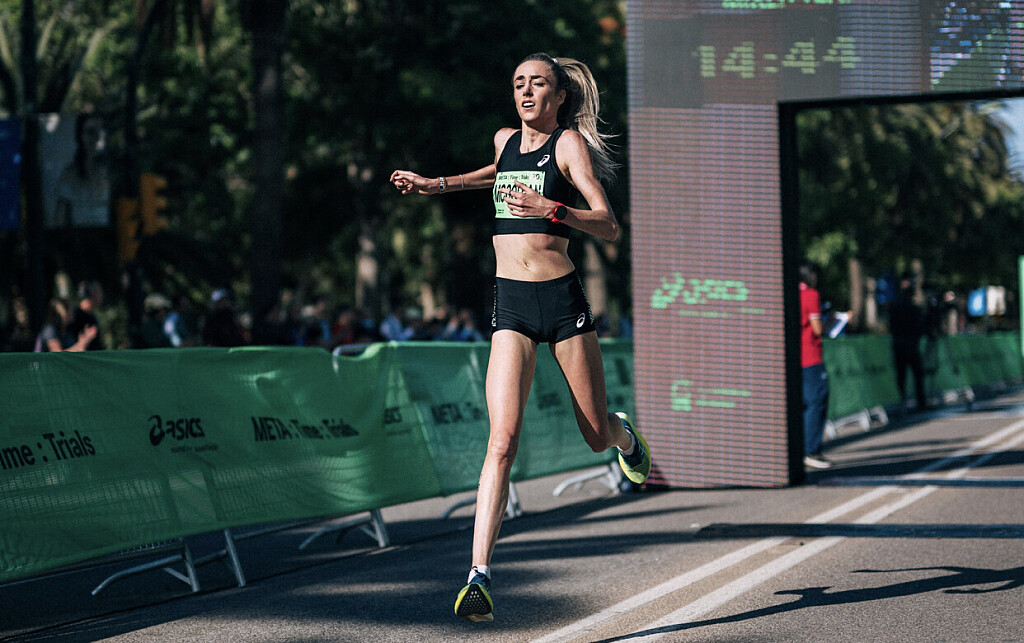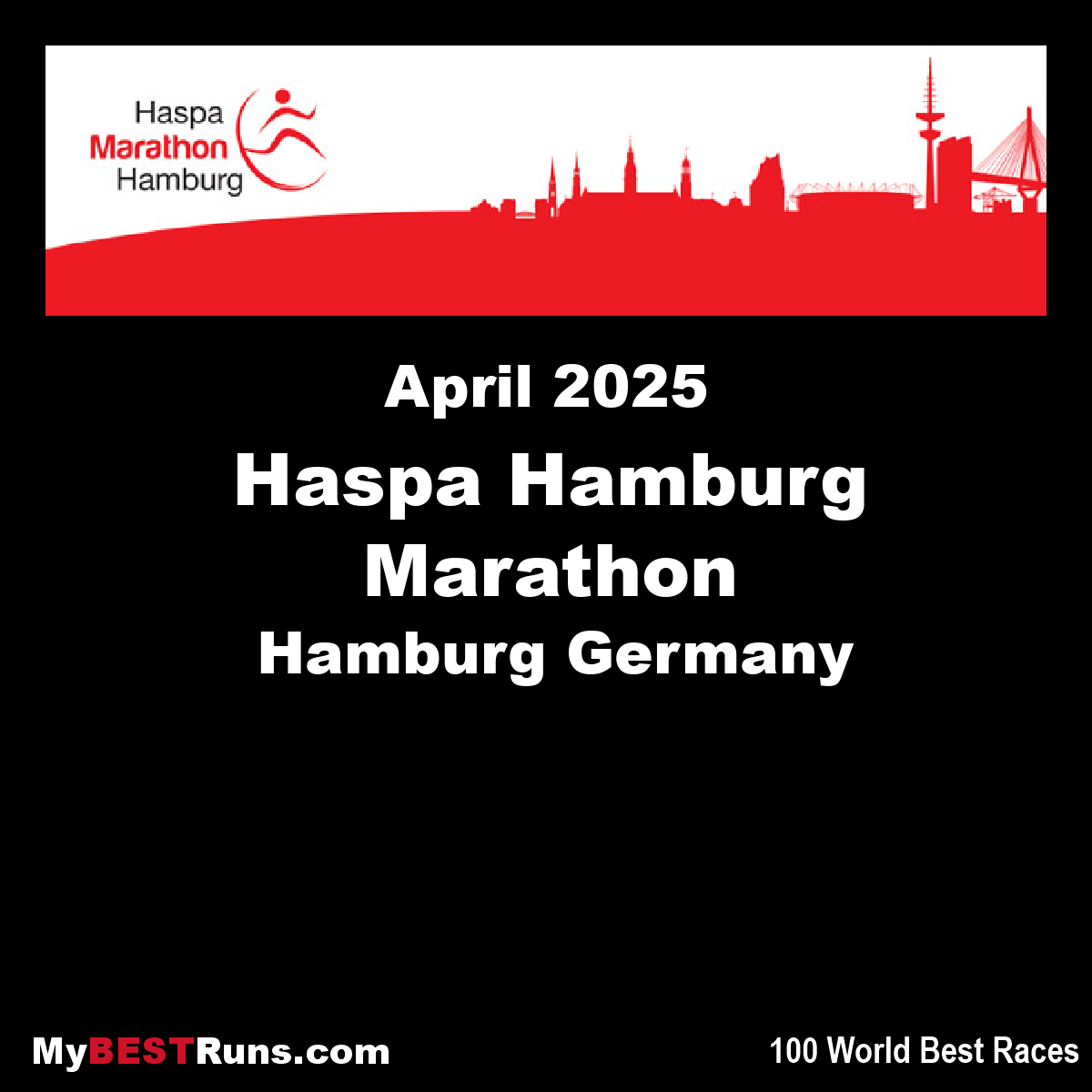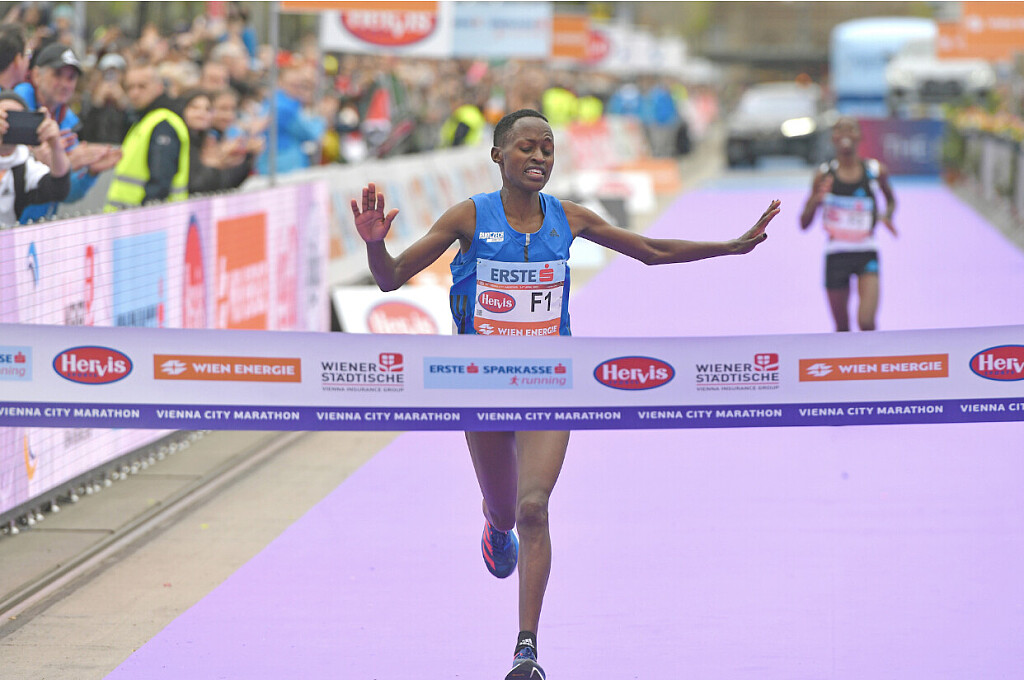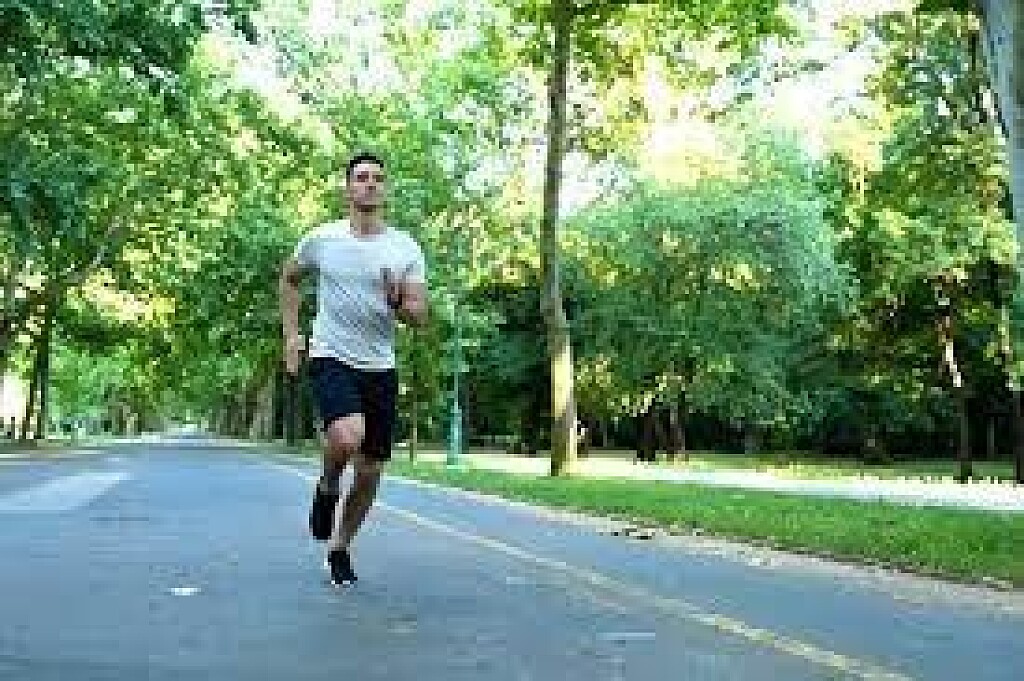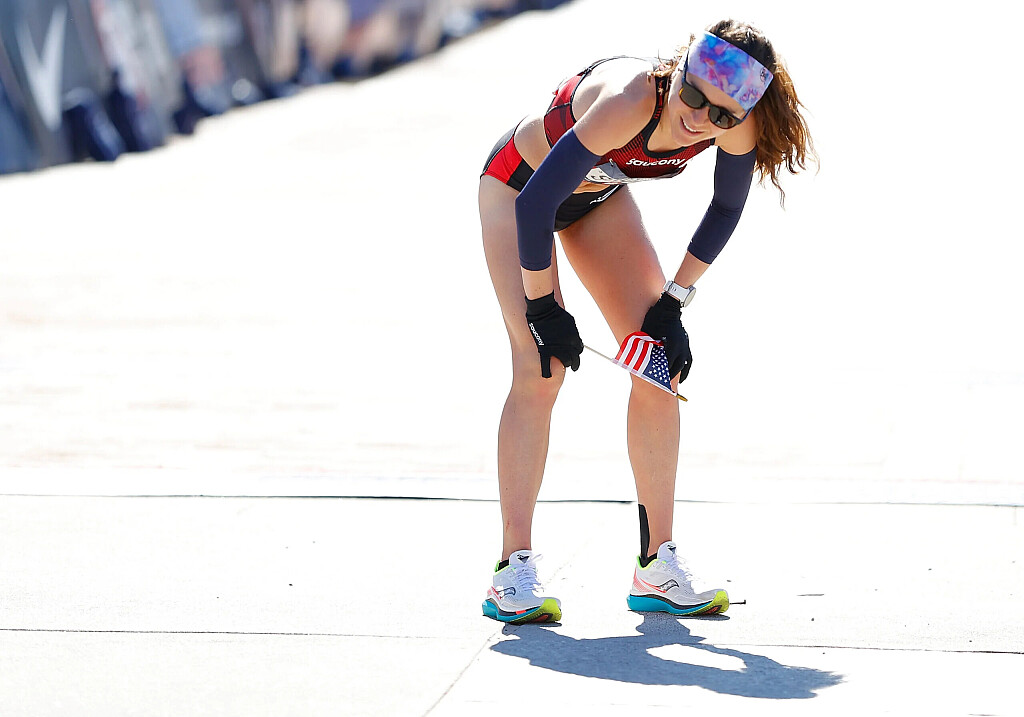Running News Daily
Running News Daily is edited by Bob Anderson in Mountain View, California USA and team in Thika Kenya, La Piedad Mexico, Bend Oregon, Chandler Arizona and Monforte da Beira Portugal. Send your news items to bob@mybestruns.com Advertising opportunities available. Over one million readers and growing. Train the Kenyan Way at KATA Running Retreat Kenya. (Kenyan Athletics Training Academy) in Thika Kenya. Opening in june 2024 KATA Running retreat Portugal. Learn more about Bob Anderson, MBR publisher and KATA director/owner, take a look at A Long Run the movie covering Bob's 50 race challenge.
Index to Daily Posts · Sign Up For Updates · Run The World Feed
The best steps to a faster post-run recovery, as soon as you finish a run, start preparing your body for the next one
Recovery starts as soon as your run is done, and the faster you can recover, the sooner you can get out for your next session. No matter if you were doing an easy 5K or a gut-busting interval session, what you do in the minutes and hours afterward is crucial if you want to set yourself up for success for the next day’s session. Follow these steps to become a master at recovery so you can run well and hit your goals all year long.
Cooldown
Every run should be followed by a cooldown, but exactly how intensive that cooldown is will depend on how intense your run was that day. Even after a short recovery run, you should finish the session with a very light jog or walk for about five or 10 minutes. After a hard interval session, your cooldown will need to be a little longer, since it will take your body longer to come back down “normal” status.

Hydrate
Whether it’s 30 degrees or below zero, re-hydrating after a run is important. You should aim to be drinking water (or an electrolyte beverage) within 10-15 minutes after your run and cooldown are complete. Being properly hydrated maximizes recovery, lowers your risk for cramping and injuries and will help you perform better on your next run.

Stretch
Once your cooldown is done and you’ve drunk some water, take five or 10 minutes to do some active stretching. This doesn’t have to be a full-blown yoga session, but stretching and restoring blood flow to the muscles that likely tightened up during your run will speed up your recovery and keep you feeling loose and comfortable throughout the rest of your day.
Take off your wet clothes
As much as you can, try to take your sweaty clothes off as soon as possible after your run, particularly if it’s wet or cold outside. Wet clothing can cool you off too quickly after a run, and by putting on warm, dry clothes, you are keeping your muscles warm to promote recovery and aid in blood circulation. Circulation is important following a run because good blood flow brings much-needed nutrients to your muscles while shuttling waste away.
Eat
Many experts argue your post-run nutrition is the most important factor in jump-starting the recovery process. Ideally, you want to eat something within the first 30 minutes after your run that has a good mixture of protein and carbohydrates. Good examples are yogurt with fruit and granola, a smoothie with protein powder, a banana with peanut butter or the runner’s classic, chocolate milk.
If you find it difficult to eat anything substantial immediately after a run, have something small right away, then wait until your stomach settles to have a full meal.
Nap (if you have the time)
Most runners don’t have time in their day to schedule a nap, but after a long run or hard workout, even a quick 15-20 minutes can really ramp up your recovery. If a nap isn’t in the cards for you, make sure you’re getting seven to eight hours of quality sleep most nights. Sleep is the ultimate version of rest and provides your body with the best opportunity to rebuild, repair and recover.
Stay mobile throughout the day
If you’re running in the morning and then heading to a desk job for the rest of the day, make sure you take a few minutes periodically throughout your day to get up and move around. Sitting for too long after a run can make your body stiffen up, which could set you back before your next run, so get up, do a few light stretches and walk around a bit to keep the blood flowing.
(05/05/2022) ⚡AMPby Running Magazine
Useful tips on how to build the ultimate running body
They say that the one who falls in love with running once remains forever faithful to that passion. And those who practice running regularly, whether it is only recreational, or those runners who will not miss a single half-marathon or marathon, confirm that.
We all strive for the ultimate running body, and in order to get as close to it as possible, it is necessary to break it down into segments and pay enough attention to each of them. In the text below, you will find useful tips on how to improve your running technique and build an extreme running body.
Go Gradually

The first and basic rule is that you cannot expect miracles in the beginning, especially if you have been physically inactive for a long time, and if you have not practiced other types of training. In this regard, you should not worry too much if you lose your breath after the first kilometer, for it takes some time to get accustomed to this type of activity.
Perhaps it would be best to actually practice fast walking before you start running, or to alternately jog and walk fast at certain intervals, which you can measure by distance or running time. If you measure by time, let it be a shift of at least 2 minutes, and if you measure by a distance, let it be half a mile.
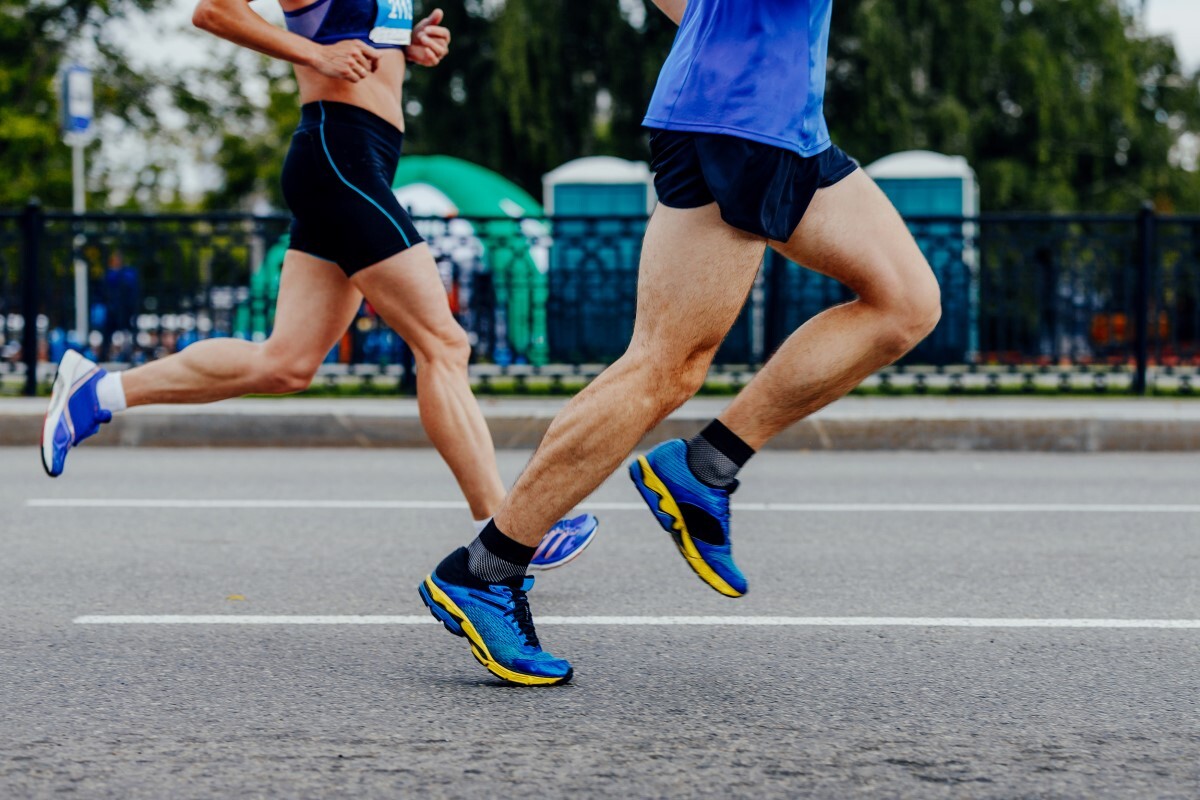
If you plan to run at home and not outside, you can follow the same rules. According to the folks at yanrefitness.com, you can find a variety of running equipment, if you want to have some additional help in your running adventure. The fact that you are not running outside does not make any difference, because modern treadmills are made so well that you will have complete enjoyment of running.
Decrease your brisk walking intervals over time, and increase those when you run, until you run continuously. The pace is less important, it all comes down to continuity – do not skip training. It would be best to run 4 times a week.
At no point should you feel like you are going to collapse, but at the end of the workout, you should feel that you may have been able to do a little more. Let that be your guide. So, slow down in the beginning, then gradually speed up.
We also mentioned the frequency of 4 times a week, which turned out to be the best. In that respect, it is better to run less mileage and run 4 times, than to run only 2 times a week with significantly more mileage.
Set New Goals
This is very important. When you manage to run 5 miles effortlessly, then try to set new criteria for yourself – maybe to run that distance in a much shorter time, or to run a few more miles. This makes your muscles reactivate over and over again, which means you become stronger and burn more calories.
Of course, don’t be too hasty in setting goals.
Keep a Run Log
To make it easier to track your progress, we suggest keeping a running diary where you will enter mileage and other parameters. In fact, it might be best to use one of the mobile running apps, which are very practical. They give you more information, and one of them is the average speed, i.e. how many minutes it took you for one mile.
Monitor Your Pulse
Running is defined as cardio training, which means that it affects the greater blood flow to the body, and the more you are in shape, the slower your heart rate will be. So this is another parameter through which you can monitor your progress.
Don’t Forget Warm-ups!
And finally, something that you probably already know. Under no circumstances should you skip a warm-up of at least 5 minutes, during which you should activate all muscle groups, as well as stretching, which helps your body to cool down gradually and your muscles to recover more easily after physical activity.
Warming up makes the whole process much easier. It is not just improving the blood flow that is important for the work of the muscles, it is also accelerating the nervous-muscular system by which our brain sends an impulse to the muscles to contract. Fat-burning enzymes are secreted, which helps our aerobic system to increase the efficiency of exercise.
After all, running should be fun, and we’ve given you a few tips to inspire you and guide you on what you need to know before you get onto it. Hopefully, this guide will help you on that road!
(05/05/2022) ⚡AMPby Colorado Runner
100-year-old Lester Wright clocks 26 seconds in 100m
Lester Wright, a WWII veteran and recent centenarian, has broken the M100+ world record in the 100m, clocking 26.34 at Penn Relays last weekend in Philadelphia. He erased the previous record of 26.99 seconds, set by fellow American Donald Pellmann at age 100 in 2015. Wright had just turned 100 the day before the race.
Wright served in the U.S. military during WWII in Normandy and the Battle of the Bulge in 1944.
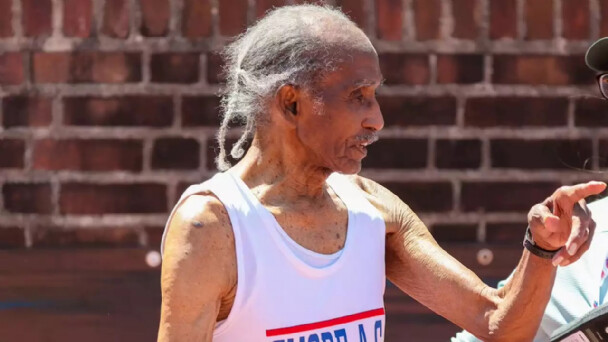
Wright said to the media post-race that he was inspired by having his wife, children, great-grandchildren and great-great-grandchildren in the stands to watch. This world masters record is not Wright’s first; 24 years ago, he broke the M75+ world 200m record at age 76.
The newly crowned world’s fastest 100-year-old man still competes for his hometown Shore Athletic Club, a community athletics organization out of Spring Lake, N.J.
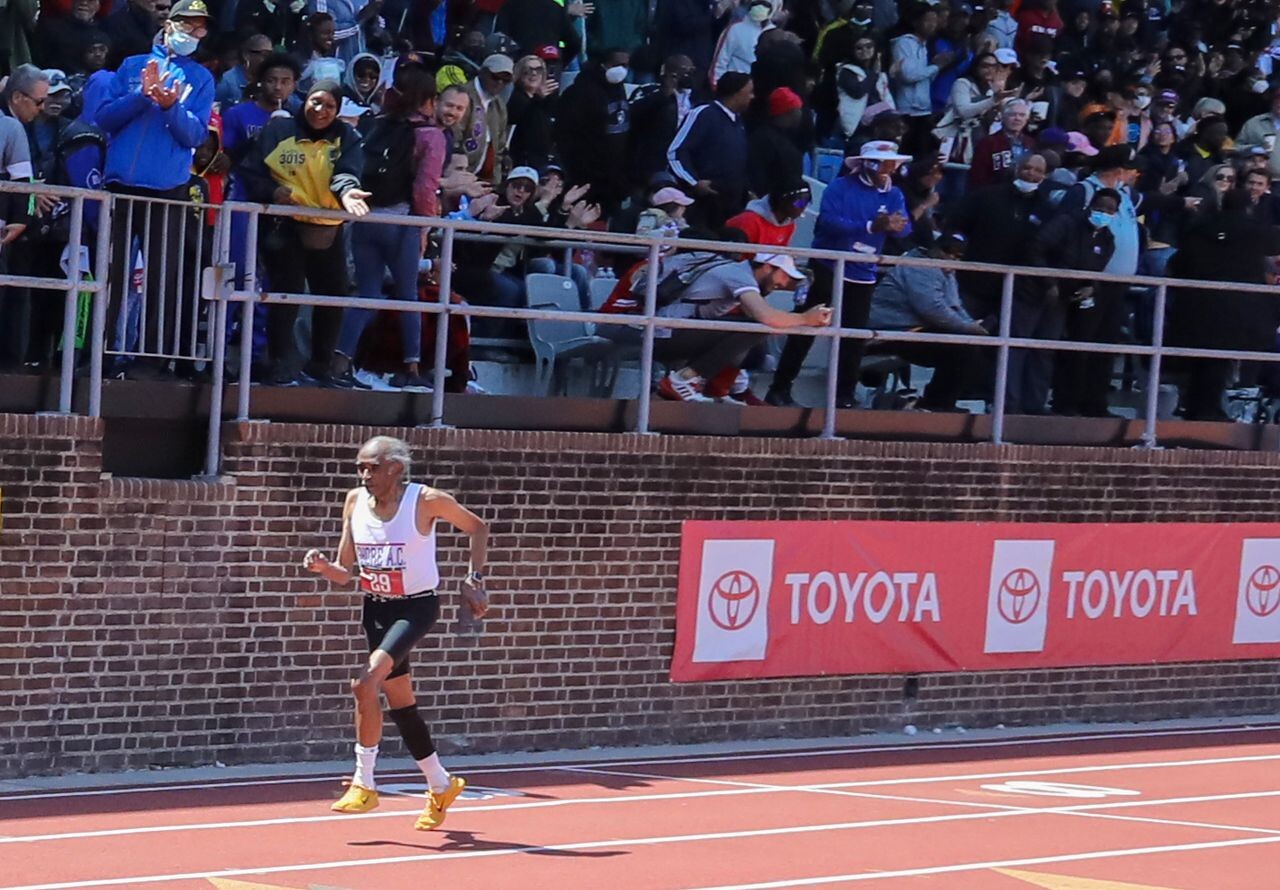
Wright and his wife Adele have been married for 81 years, raising four children, who gave them six grandchildren, 14 great-grandchildren and 11 great-great-grandchildren.
Wright became a centenarian on April 29 and then on April 30, he celebrated in style, running a new age-group world record in front of thousands of track fans. He crossed the line to a standing ovation, finishing seventh out of nine runners, beating an 86-year-old and 92-year-old.
(05/05/2022) ⚡AMPby Marley Dickinson
Kenny Moore one of the great story tellers of American sport for decades has died
Kenny Moore, a former University of Oregon distance runner, two-time Olympian, journalist and author, died Wednesday in Kailua, Hawaii. He was 78.
Kenny's wife, Connie Johnston Moore, would like to share this message with you and with others, written from their long-time Hawaiian home:

"Kenny found his opening this morning. It was about 7. He was already pretty distant and peaceful and then his breathing stopped. It was a very loving time for me with him. I think he knew he could leave with this morning being our last sunrise. I know you are sad but be grateful for him. It was his time and it was a relatively easy letting go I think for him. I hope you can spread the word for me. Take your time. Just love Kenny, love love love him. We were all privileged to know him and have him in our life. Peace and Love to you and everyone in Eugene."
From his 2019 Induction into the Oregon Sports Hall of Fame and Museum
As an athlete, Kenny Moore found himself right in the middle of some of those great stories while putting his own stamp on running and track and field greatness.

He was known as ‘Ken’ Moore when he graduated North Eugene high school and arrived at the University of Oregon. He would letter three years each in track and cross country.
Always a versatile distance runner, Ken was a three time All-American on the track, with three more top national finishes in the 3-mile, 5,000 meters and the steeplechase. Moore was a 1963 cross country All-American and was part of back-to-back teams that finished 2nd in the nation.
As a post-collegiate racer, he flexed his muscle at greater distances, winning the 1967 US Cross Country Championship and dominating the demanding Bay to Breakers road race in San Francisco. Ken won the 12K monster six consecutive years from 1968-1973.
In 1970, Moore placed second in the prestigious Fukuoka International Marathon with a loop-course American record and personal best time of 2:11.36.
Moore competed on the biggest stage of all twice. He finished 14th in the marathon at the Mexico City Olympics then qualified again in 1972, finishing dead even with training partner Frank Shorter. Shorter would take the gold and glory on the final day of the Munich games in the shadow of the terrorist attacks. Moore just missed the podium, finishing 4th.
These experiences and these times provided extensive material for the writer who would become known as Kenny Moore. In 25 years at Sports Illustrated, Moore told the big stories, championed the protection of amateur athletes and co-wrote the definitive biography of the enigmatic Steve Prefontaine that inspired the film “Without Limits”. Moore has also written a biography of his Oregon coach, the legendary Bill Bowerman.
His activism helped win the freedom of imprisoned Ethiopian marathon champion Mamo Wolde.
KENNY MOORE - Athlete and Writer R.I.P.
(December 1, 1943 to May 4, 2022)
(05/04/2022) ⚡AMPBest ways to prepare for an evening race, habitual morning runners, this one is for you
Dear morning runners: evening races are not that common, but they are out there. One of the advantages of an evening race is you don’t have to wake up at the crack of dawn to prepare. But there are pitfalls, as you need to watch what you eat and do during the day to ensure your body has enough energy for your race.
Preparing for an evening race can be difficult to grasp, and eating too close to the start or a long, stressful day at work can easily mess it up. Here are some ways to prepare yourself.
Take it easy
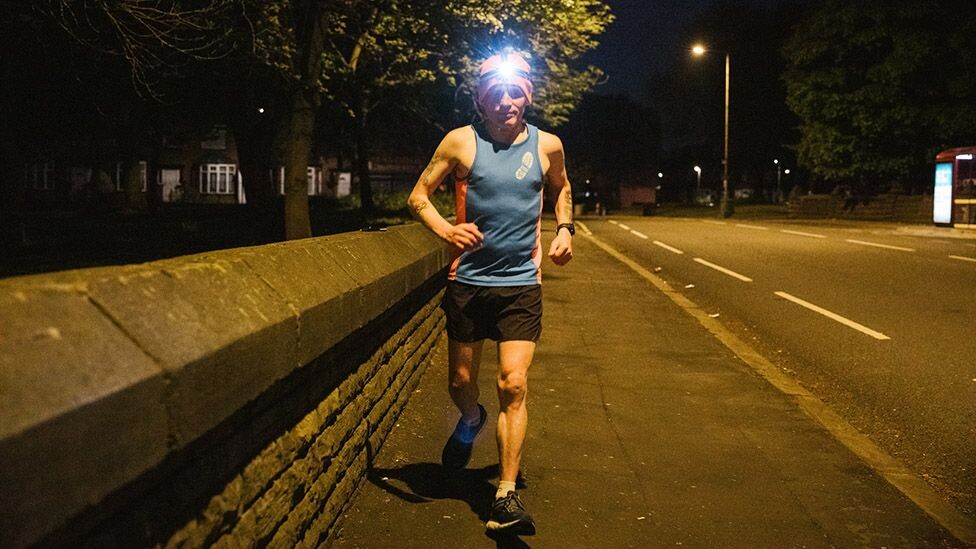
Try to get plenty of sleep the night before, and sleep in the morning of if you can. If you are working, try to have a light activity day, and avoid standing on your feet for prolonged periods.
Practice training at night
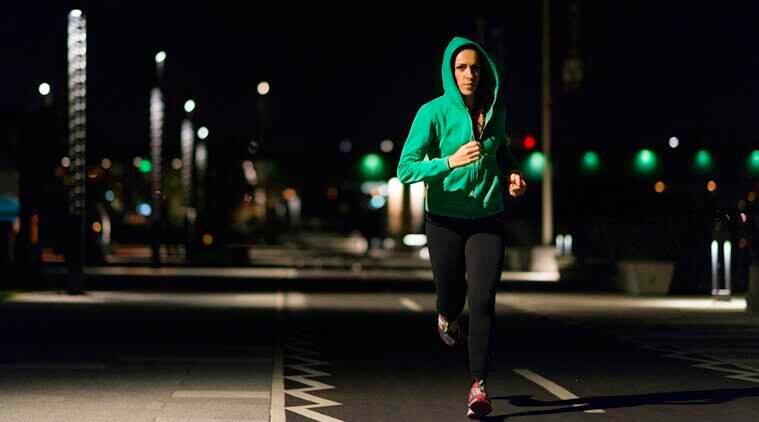
The best way to prep for an evening race is by training in the evening to simulate the conditions you’ll be racing in. In the two to three weeks leading up to the event, try to train at the same time as the start. This will also allow you to practice your pre-race fuelling and figure out which foods work and which don’t. Most important, you’ll get a sense of what it feels like to run in the evening.
Fuel and hydrate
Since the race is later in the day, it’s important to make sure your body has enough gas in the tank to perform. Make sure you have a solid breakfast and lunch, then have something small an hour or two before your race–something similar to what you’d have if you were racing in the morning. If conditions are warm, try to sip at least a litre of water throughout the day. It also doesn’t hurt to consume electrolytes to keep your sodium and carbohydrate levels high during the race, especially for races longer than 5K.
Don’t do anything vigorous
Besides a light walk or some fresh air, there’s no need to run or play sports on the day of your race. Throw on a movie and kick your feet up and relax–you’ll want to save your energy for the race.
(05/04/2022) ⚡AMPby Marley Dickinson
New study finds exercise improves heart health even more for those with anxiety and depression, just another reason to lace up for your run today
A new study from the American College of Cardiology suggests that regular exercise can decrease the likelihood of heart complications by 22 per cent in individuals with anxiety and depression, compared to 10 per cent in those who don’t. Put simply, exercise seems to have stronger benefits for the heart health of those who struggle with stress-related conditions.
Researchers believe this is because of exercise’s ability to help counteract the negative effects of stress. “The effect of physical activity on the brain’s stress response may be particularly relevant in those with stress-related psychiatric conditions,” said the study’s lead author, Hadil Zureigat. “This is not to suggest that exercise is only effective in those with depression or anxiety, but we found that these patients seem to derive a greater cardiovascular benefit from physical activity.”
Heart attack remains among the leading causes of death in North America, and as anxiety and depression rates have risen throughout the pandemic, these findings couldn’t come at a better time.

Researchers considered ‘adequate’ weekly exercise as 150 minutes of moderate-intensity movement.
How to get back into running

While there are many ways to get 150 minutes of exercise in a week, or roughly 20 minutes a day, running is among the easiest. Beyond a pair of running shoes, there’s really no equipment needed.
If you’ve taken a hiatus from running, or looking to get started for the first time, here are a few tips.
Start with a 20 minute walk/run, and over time, decrease the time spent walking and increase the time spent running. Start with one minute running, one minute walking.
Don’t run every day when you’re getting started; it’s best to alternate between a running day and a strength-training or cross-training day. Having some diversity in your exercise routine keeps things interesting and keeps injuries at bay.
Don’t worry about pace when you’re getting started–focus on consistency, and your pace will improve over time.
Running doesn’t feel good when you’re getting started (or restarted in some cases), but don’t let this discourage you. With every run, it’ll feel a little better.
(05/04/2022) ⚡AMPby Running Magazine
Seven tips for beginners for surviving your first race
So you did it – you just signed up for your first race. Congratulations! Training for and completing your first race is one of the most exciting, challenging and rewarding processes. There is nothing like trying something new and finishing it on a high.
But now that you’ve signed up, how do you prepare for your first race?
Training for your first race involves so much more than actually running. You’ll need to avoid to injuries, plan a mental strategy, incorporate recovery, learn time management, and adapt your training for your specific race.

Whether you’ve signed up to run a 5k, 10k, half marathon, full marathon, or anything in between, the journey has only just begun. By the time race week arrives you’ll likely be full of nerves, excitement, questions and uncertainty – but it’ll all be worth it.
Here are 7 crucial times for your first race.
Everything you need to know for running a race, getting ready, and arriving feeling confident on race day.

1.- Don’t skimp out on training.
While it’s tempting to assume that the energy on race day will be enough to push you through those miles, skimping out on training certainly won’t set you up for an enjoyable run.
If you’ve signed up for your very first race – congratulations! Now is the time to put in the hard work, venture outside your comfort zone, and really prepare for race day. While the crowds and atmosphere certainly give you an extra boost on the big day, they can’t help your body complete a distance it’s not prepared for.
Stay motivated during training and remind yourself why you chose this goal to begin with. Sure, it’s going to be hard. Many moments will feel downright uncomfortable. But how will you know what you’re capable of if you only give it half your effort? Take the time to train before your race to set yourself up for a successful, enjoyable race day.
2.- Practice fueling and drinking ahead of time.
If you’re running a 5k or even 10k, you likely won’t need much fuel along the way. But if your first race is a half marathon or marathon – there’s no getting around the fact that you’ll need to fuel and hydrate on the run.
3.- Pick up your gear the day before.
The events that take place during your first race week are exciting, nerve wracking and stressful, all at the same time. There’s no need to add to the stress by rushing around on race morning trying to pick up your bib and find a place for that tshirt they just handed you.
4.- Get all your things out the night before.
Unless you’re running a themed race, you’re probably going to have to wake up early on race day. Waking up earlier than you ever have before may leave you questioning your sanity when you chose to sign up for the race.
5.- Assume that sleep will be tough.
Heading to bed knowing that you’ll be waking up before the sun means that you’ll feel more motivated than ever to get your best night’s sleep. But unfortunately, this hardly ever happens.
Between the nerves, excitement and uncertainties as you mentally prepare for your first race, you’ll likely find yourself tossing and turning throughout the night.
Accept the fact that you’ll probably not get the best sleep the night before your race, which will take some pressure off and help you relax when you find yourself wide awake at 2 am. The most important night of sleep before a race is actually two nights before, so make a point of hitting the hay early during race week and you’ll be all set for race day – even if you missed a few z’s the night before.
6.- Line up behind your pace group.
When you’ve been training at a specific pace or have a lofty goal in mind, it’s tempting to line up just a bit ahead of your goal pace to ensure you don’t fall behind.
However, lining up ahead of the pace for which you’ve trained usually means that people will be passing you left and right at the start of the race. You’ll be lined up with a group of runners that plan to run faster than you, which can feel awfully intimidating before your first race.
7.- Don’t go out too fast.
There is hardly anything that compares to the excitement on race day, whether it’s your first race or your fiftieth. But especially if it’s your first race, it’s easy to get swept up in the excitement and start out much faster than you had planned.
Make a point to hold yourself back in the beginning, running slightly slower than your goal pace. It will be tough not to get caught up in the excitement, but starting out too fast usually means that you’ll pay for it by struggling near the end.
Once you’ve gotten into a groove and are a few miles into the race, you’ll be able to pick up the pace and really give it your all without having burned yourself out in the beginning.
(05/04/2022) ⚡AMPJoin Andre De Grasse in Race With Me! virtual challenge
Canada’s Andre De Grasse is not only known for being quick on his feet, but also for working to empower youth through the Andre De Grasse Family Foundation. Last year, Canada’s fastest man co-authored a children’s picture book titled RACE WITH ME! to inspire youth through his story. And now, kids across the country can join the Olympic sprinter in an eight-week running challenge designed to encourage young Canadians to get moving.
Last year, thousands of kids across Canada participated in the first-ever Race With Me! challenge. This powerful movement helped fuel the Olympic spirit, propelling De Grasse to Olympic gold in the 200m in Tokyo. The Race with Me! challenge raised over $25,000 for Kids Help Phone and made a difference in the lives of many families.
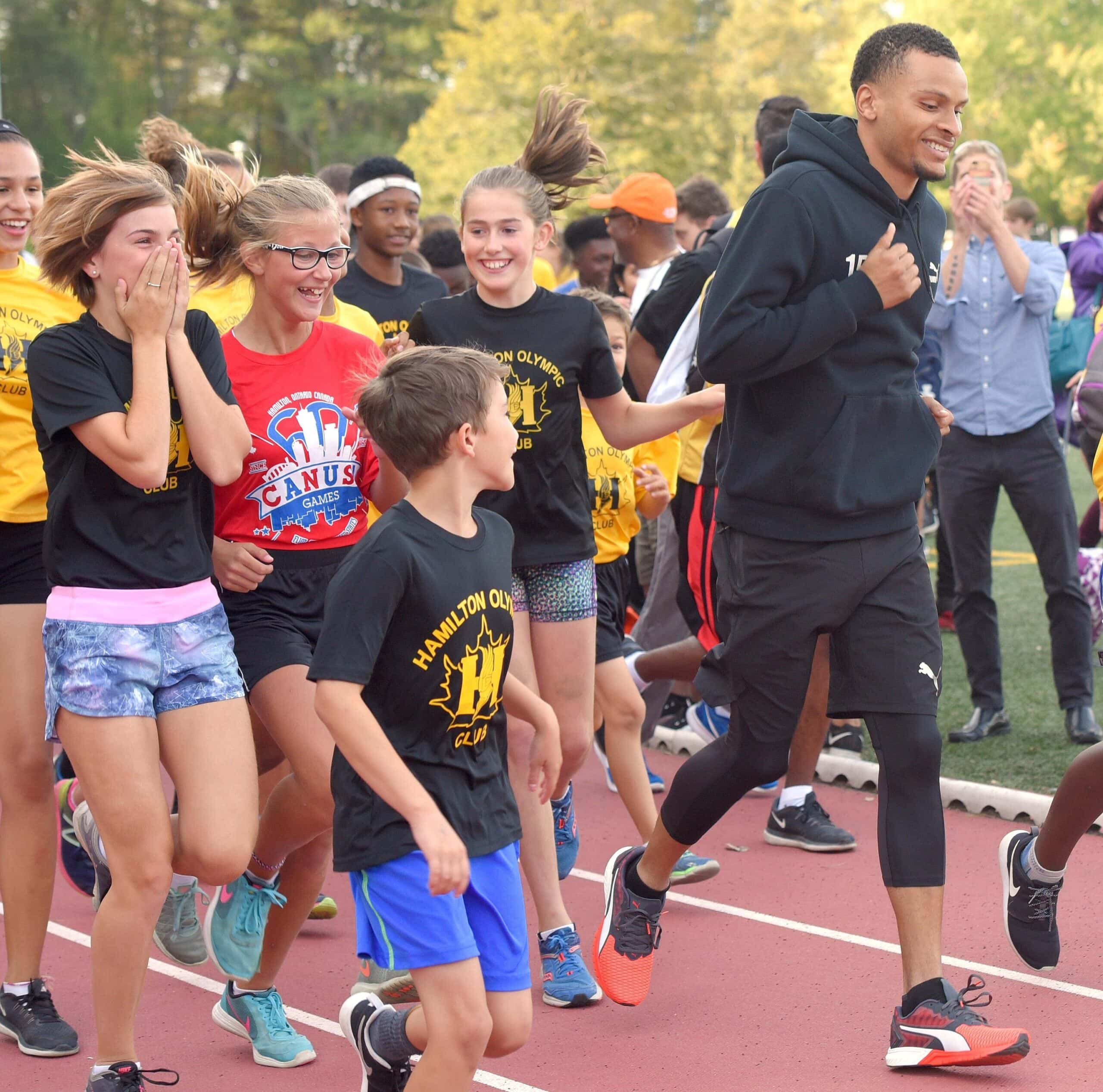
The challenge was created by the 15-year-old Jesse Briscoe of Montreal, Que. After his sports clubs were cancelled during the pandemic, the teenager grew tired of sitting at home and playing video games. Briscoe was inspired by the Olympic champion and his dedication to encouraging young Canadians, so he contacted De Grasse’s management team, and the RACE WITH ME! virtual challenge came to fruition. Briscoe says the challenge has inspired him and his whole family to get out and run or exercise.
How does the challenge work?

The challenge started on May 1 and continues until June 25. During that time, Canadian kids can run 400m at their local track or measure it out on a sidewalk, road, park or other green space. Children and parents are then encouraged to record their times and videos from their races and upload them to www.racewithme.ca, where they will find leaderboards, prizing and other interactive content.
Throughout the challenge, De Grasse and his other Olympic-bound teammates will be sharing tips and words of encouragement through the challenge’s social channels and on the website. Registration is free, and the first 1,000 participants to sign up will receive a free challenge T-shirt. Families may also donate to the challenge, with the proceeds going to youth mental health charities, such as the Kids Help Phone, through the Andre De Grasse Family Foundation.
(05/04/2022) ⚡AMPby Running Magazine
Indian sprinter Dutee Chand is set to hang up her spikes after competing at the Paris 2024 Olympics
Dutee Chand, who has represented India at Rio 2016 and Tokyo 2020 Olympics, announced her decision to retire in an interview with ESPN after losing the 200m race to teen sprinter Priya Mohan at the Khelo India University Games.
“I'm growing old, I'm not as fast as I used to be,” the 26-year-old Dutee Chand, who won silver medals in 100m and 200m races at the Asian Games in 2018, admitted. “I'll pull along for two-three more years if my body cooperates.”
Despite losing the 200m sprint to the 19-year-old Priya Mohan, Dutee Chand managed to win two medals at the Khelo India University Games. She successfully defended her title in the 100m sprint earlier in the Games.
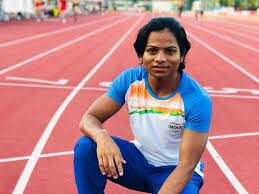
However, Dutee Chand clocked only 11.68 seconds in the 100m, far from her personal best and national record of 11.17 seconds she achieved at the Indian Grand Prix in Patiala last year.
“My body is becoming slower and I began training quite late this season,” Dutee Chand reasoned.
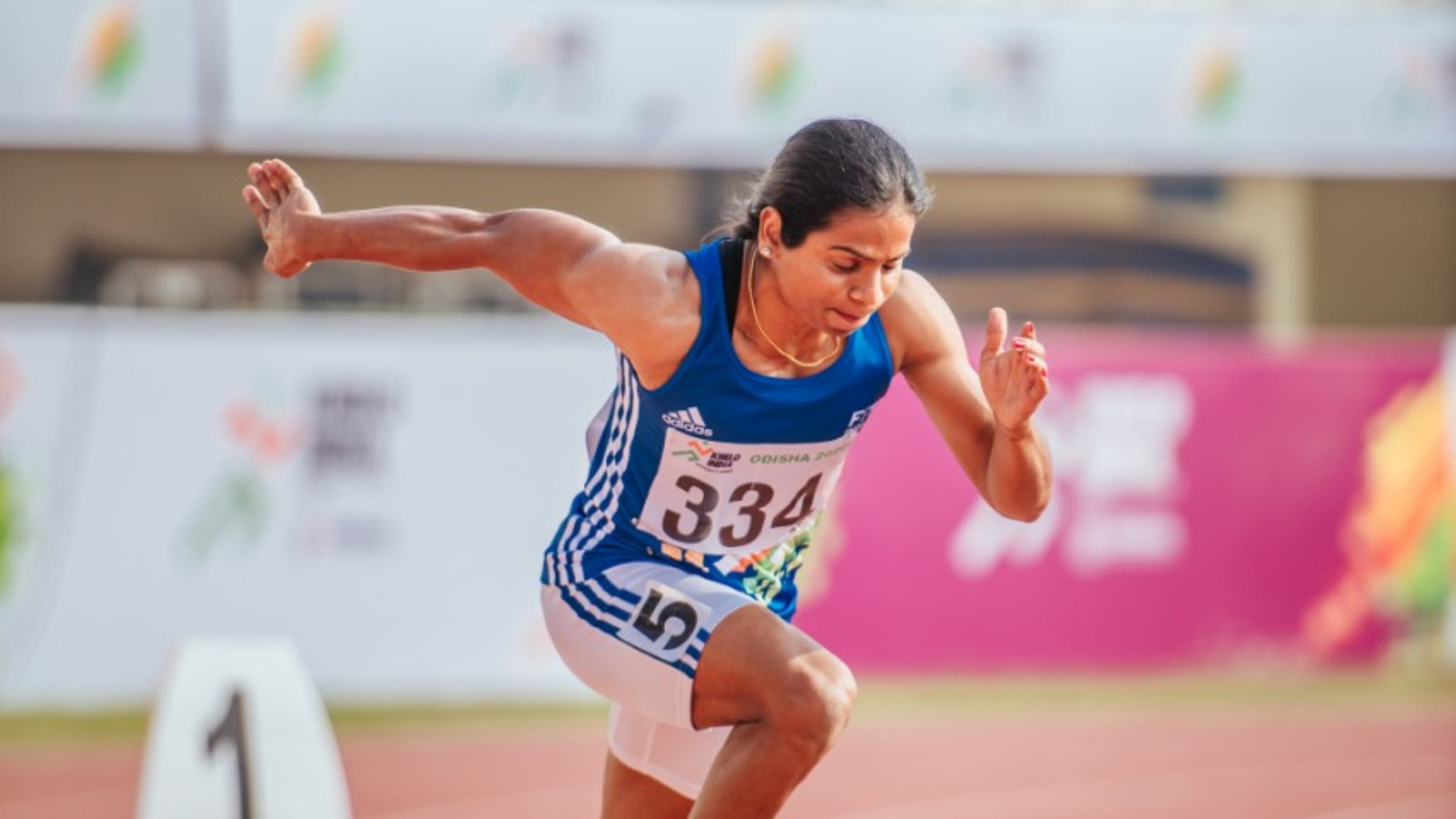
Dutee Chand is also yet to meet the qualification standards set by the Athletics Federation of India (AFI) for the Commonwealth Games (11.31s) and the Asian Games (11.36s), scheduled to be held later this year.
For qualifying for the World Athletics Championships in July, Dutee Chand will need to better her personal best and clock 11.15s to make the cut in the 100m event.
“I've already participated in five events this year to make the cut for these international events… I'm confident of hitting my peak in June-July before the international circuit begins,” Dutee Chand reckoned.
Dutee Chand, who shot to fame after winning the 100m under-18 nationals in 2012, went on to become one of India’s most successful sprinters after PT Usha.
In 2014, Dutee Chand won the 200m gold medal at Asian Junior Athletics Championships and in 2016, she set a 60m national record (7.28 seconds) at the Asian Indoor Championships to clinch the bronze medal.
After winning two silver medals at the Asian Games in 2018, Dutee Chand became the only Indian to win the gold medal at World University Games in 2019.
Dutee Chand’s 200m silver medal at the Asian Games was also the first Indian medal in the category since PT Usha’s gold medal in 1986.
In 2022 so far, Dutee Chand won her 100m run at the national inter-university championships in 11.44 seconds in February followed by gold at the Federation Cup in 11.49 seconds in March.
Dutee Chand also made clear her plans to open up 'Dutee Chand Athletics Speed Academy' in Odisha after her retirement to train aspiring sprinters.
(05/04/2022) ⚡AMPParis 2024 Olympic Games
For this historic event, the City of Light is thinking big! Visitors will be able to watch events at top sporting venues in Paris and the Paris region, as well as at emblematic monuments in the capital visited by several millions of tourists each year. The promise of exceptional moments to experience in an exceptional setting! A great way to...
more...BMO Vancouver Marathon delayed by ‘suspicious device’ on course
Vancouver’s 50th BMO Marathon got off to a rocky start Sunday morning when the event was delayed due to a suspicious device found along the course near Science World. CTV News reports that Vancouver police feel “the device was ‘strategically placed’ to disrupt the BMO Vancouver Marathon Sunday morning, but has been ‘rendered inert.'” Due to the incident, the race started an hour behind schedule.
Police think the device, which was spotted just after 5 a.m. by a volunteer, was planted to cause panic and disrupt the event.
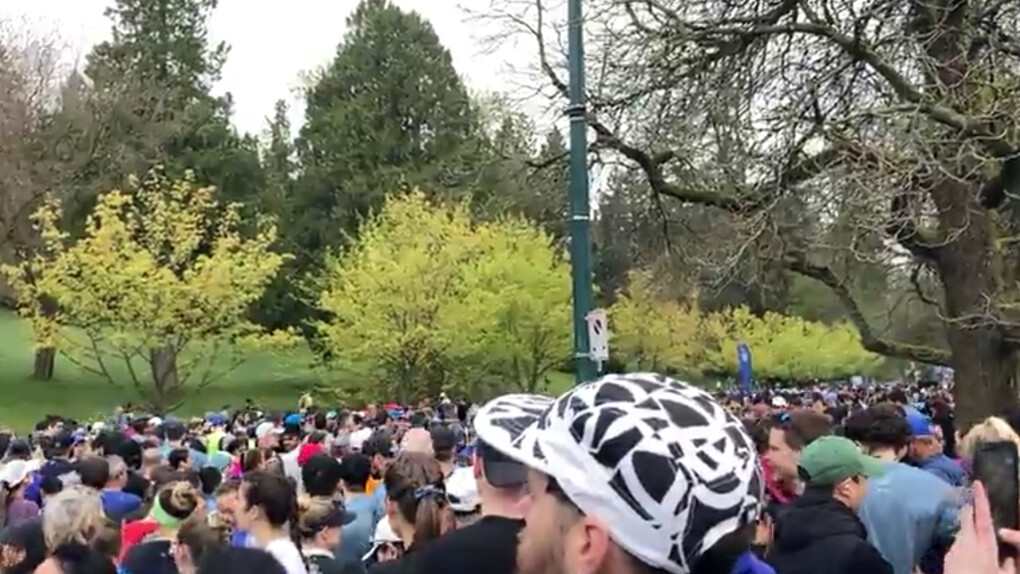
Thankfully, it was a false alarm and the 18,500 runners were able to race safely.
In elite results, Chris Balestrini took the win for the men in 2:23:56. On the women’s side, 2020 Olympian Dayna Pidhoresky won in a new course record of 2:34:30, surpassing Kim Doerksen’s 2:37:00 from 2014. Also under the former record was 2016 Olympian Lanni Marchant, who was second in 2:36:42. Post-race, Pidhoresky said, “It was a bit of a rollercoaster, mentally. Lanni and I were together for most of the first half of the race. She’s a tough competitor, so in no way did I ever think that I had it in the bag. I was working hard the whole time.”

Of his win, Balestrini mentioned the incredible views: “It’s so scenic and so fun. Going along the seawall is just amazing.”
In the half-marathon, Justin Kent and Olympian Ben Preisner crossed the finish line together in 1:04:54. Preisner, who was the top Canadian performer in the men’s marathon in Tokyo, has run consistently well since his first Games.
Post-race, Kent said he’s thrilled to see the running community back together: “It’s always a top-notch event. I heard that there are 3,000 volunteers–it’s amazing–we are super appreciative just to be here.”
In the women’s race, 2:28 marathoner Leslie Sexton continued her winning streak, taking the title in 1:14:56. Sexton, who has currently run the fastest marathon time within the qualifying period, has her eye on the World Championships marathon this summer. Olympian Natasha Wodak was also entered in the half on Sunday, but this time in the role of pacer. She helped her friend Julie Pelly to a personal best of 1:30.
(05/03/2022) ⚡AMPBMO Vancouver Marathon
The BMO Vancouver Marathon is one of Vancouver’s most iconic marathon events. The event features a full marathon, marathon relay, half marathon, 8k run, and streets lined with thousands of spectators. Runners can expect to experience a little bit of everything that Vancouver has to offer as they run a straight course that starts at Queen Elizabeth Park, and finishes...
more...Flying Pig Marathon Weekend Celebrates Hometown Marathon Winners
The 24th running of the Cincinnati Flying Pig Marathon powered by P&G celebrated two Greater Cincinnati runners earning their first Flying Pig marathon wins.
The men’s division winner was 29-year-old Zac Holtkamp of Alexandria, Kentucky, in a time of 2:27:18. Holtkamp won this year’s Heart Half Marathon and in 2020 finished second in the Mesa Marathon with a time of 2:22:29. “I waited until after the Heart Half to sign up for the Flying Pig,” said Holtkamp. “After the Heart Half I thought, OK I can do it.”
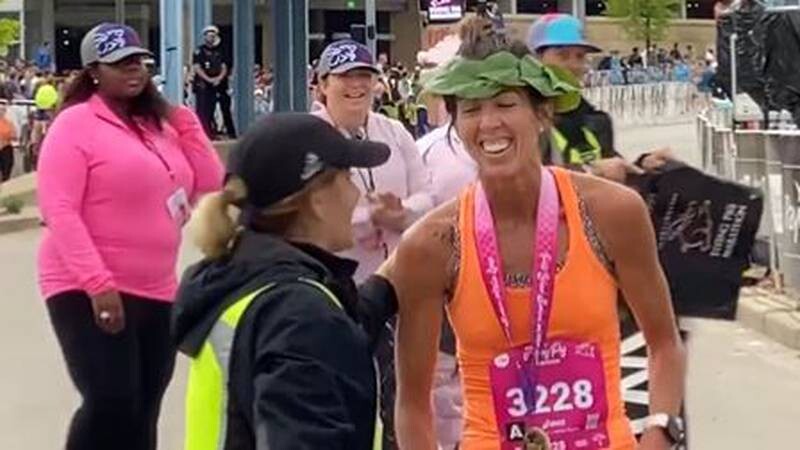
This was Holtkamp’s first Flying Pig after moving back to the area from Arizona. “I held off for years doing the Flying Pig,” he said. “So many people out there cheering me on, people that I knew, people that I didn’t know at all. For me, personally, that’s what keeps me going, every person who cheers for me, it’s like a mini aid station, it keeps me going.”
Second in the men’s division was 24-year-old Will Cadwell of Covington, in a time of 2:28:11. Cadwell won last October’s Fall Flying Pig Toyota 10K and also won the FCC 3 in July 2021. Third was 37-year-old Jeremy Wysocki of Miamisburg, Ohio with a time of 2:35:19.
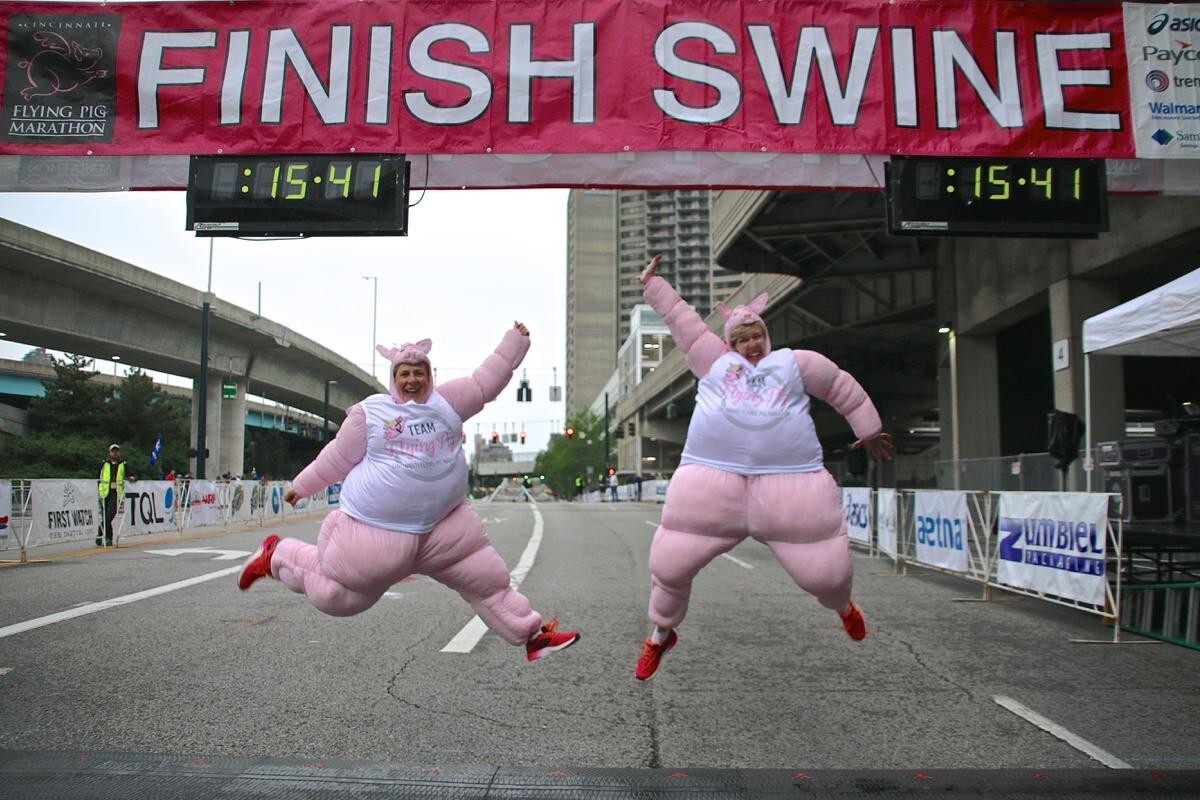
In the women’s division, 34-year-old Grace McCarron of Loveland, Ohio won with a time of 2:50:00 in her first Flying Pig. McCarron won the Glass City Marathon in Toledo, Ohio in 2021. “The atmosphere, the crowd, is just amazing. Often when you do a marathon there are some quiet spots, but here people are cheering all the time,” she said. “You’re out there, you’re working so hard, and to hear those cheers makes all the difference.”
Second in the women’s division was 26-year-old Madeline Dawson, who won the Heart Half Marathon earlier this year. Her time in the marathon was 2:52:51. Pacing third was two-time Flying Pig Marathon winner Anne Flower of Covington, who finished in 2:54:04. Flower won the Big Sur Marathon in California just last weekend.
In the Paycor Half Marathon, Cincinnati native Caitlin Keen, a two-time winner of the Cincinnati Flying Pig Marathon (2018, 2021), won her first Paycor Half Marathon in a time of 1:21:08. The 29-year-old ran a half marathon in Waco, Texas, near her home in Fort Worth, last weekend, but because of a wrong turn, the course was shortened by two miles for the leaders. She made a last minute decision to return to Cincinnati this weekend for the half.
“The experience here is something I never expected. People stop me on the street here and say, ‘You’re Caitlin, I know you, congratulations on winning the Pig.’ I want to be here because that’s how much the people here mean to me.”
Second in the women’s division was 28-year-old Katarina Smiljanec from Covington in a time of 1:24:57. She also placed second in Friday night’s Fifty West Mile elite division. Third in the half was 24-year-old Aimee Piercy from Cincinnati in 1:25:53, who was third in Friday’s Fifty West Mile.
On the men’s side of the Paycor Half Marathon, 43-year-old Josh Whitehead from Huntsville, Alabama, won in a time of 1:12:14. Whitehead has made a remarkable recovery from a bicycle accident in 2020, when he was hit by a car and suffered a broken back, dislocated shoulder and partially collapsed lung.
Second in the men’s division was 30-year-old Eric Gruenbacher of Loveland, Ohio in 1:12:56 and third was 28-year-old Kyle Klingler of Cincinnati in 1:13:14.
The 24th annual Cincinnati Flying Pig Marathon weekend powered by P&G began Friday night with sub 5:00 miles in the newly-configured Fifty West Mile, part of the TQL Beer Series.
This year the elite “dash for cash” mile started inside Cincinnati’s Transit Tunnel off Pete Rose Way and ended at the traditional finish line on Mehring Way. The fastest male among the elites was 22-year-old Andrew Taylor of Hilliard, Ohio, in 4:23. In a near photo finish, second place was 23-year-old Jack Cordonnier from Morrow, Ohio, in 4:25 and third was 28-year-old Charlie Michel of Cincinnati in 4:26.
Among the female elites, 27-year-old Gina McNamara from Washington D.C. won in a time of 4:59. Second among the elites was 28-year-old Katarina Smiljanec from Covington, Kentucky in 5:04 and third was 24-year-old Aimee Piercy from Cincinnati in 5:11.
Saturday’s slate of events began with the Toyota 10K, won by two-time Cincinnati Flying Pig Marathon winner Jack Randall of Cincinnati. The 27-year-old won in a time of 31:45. In another close finish, second place was 29-year-old Logan Barrett of Jeffersonville, Kentucky, just one second behind at 31:46. Third was 23-year-old Walter Ramsey of East Lake Center, Georgia, in 35:46.
In the women’s division of the Toyota 10K, 42-year-old Shawanna White of Columbia, South Carolina, won in a time of 39:35. Second was 31-year-old Ashley Case of Angola, Indiana, in 40:45 and third was 31-year-old Kaitlin Budke from Blue Ash, Ohio in 40:51.
In the sold-out Tri State Running Company 5K, 24-year-old Jakob Mueller from Monroe, Ohio, was the winner in 16:07, with 31-year-old Anders Ludvigsen of Cincinnati second in 17:04 and 38-year-old Bryan Wagner of Lawrenceburg. Indiana third in 17:22.
For the women, 22-year-old Meredith Grace Gieske from Fort Mitchell was the winner in 18:57. Second was 45-year-old Amy Parker of Dublin, Ohio, in 19:26 and third was Abby Mace in 19:32.
Also held Saturday was the First Watch Flying Piglet, Cincinnati Children’s 26th Mile, PigAbilities presented by Goodwill Industries, and the Flying Fur.
(05/03/2022) ⚡AMPby Running USA
Cincinnati Flying Pig Marathon
This beloved race found it's name from Cincinnati's pork history which dates back to the early 1800's. Cincinnati is also known as "Porkopolis."Our weekend line up of events are designed to welcome athletes of all abilities from the Diaper Dash to the full Marathon and everything in-between, we truly have something for everyone. We even added a dog race several...
more...Mo Farah says his elite track career could be over
Multiple Olympic and world champion Mo Farah admitted his elite track career could be over after he finished runner-up in the Vitality London 10,000 on Monday on his return to action.
Farah, who completed the 5,000 and 10,000 meters double at the 2012 and 2016 Olympics, was racing for the first time since June after failing to qualify for last year's Tokyo Games.

The 39-year-old Briton finished a minute outside his best time at the London road race, which came in 2010, as he was out-sprinted by 26-year-old club runner Ellis Cross, who finished four seconds ahead with a time of 28min 40secs."In terms of the track, that's it, I think," Farah said. "Your body has to be ready. You have to be in the right frame of mind and compete with the guys. I love the sport and what I do, I've had a long career.
"The reality is that it has been so, so long. In my career, I've never been out that long before... Today was tough and Ellis did well to beat me."

Farah, who has won the London race seven times, confirmed he would definitely miss the World Championships in Eugene in July.
However, he was noncommittal when asked if he would run at the Commonwealth Games or European Championships in August.
"Right now, no," Farah said. "In three, months, two months...We've still got time.
"There's no secret to this, you've got to put in the miles, you've got to put in the work. If my body allows me to continue to do it then maybe.
"The World Championships are not on my radar at the minute... Because I've been there and done it, unless I can compete with the guys and be competitive, you've got to be honest and make that decision."
(05/03/2022) ⚡AMPEilish McColgan motors to victory in the Vitality London 10,000 in 30:23
Eilish McColgan came within two seconds of Paula Radcliffe’s long-standing British and European 10km record at the Vitality London 10,000 on Monday (2) morning.
After a frantic sprint finish, McColgan stopped the clock at 30:23 to miss the record by a tantalising margin. However, Eilish did relieve her mother and coach Liz of yet another family record as she improved her Scottish record of 30:38 which had stood since 1989.

This was McColgan’s second near-European record in just over a week, proving the European 5000m silver medallist is back in top shape after testing positive for coronavirus in March. In Malaga last week, McColgan clocked 14:45 for 5km to fall one second short of Sifan Hassan’s European standard bearer.
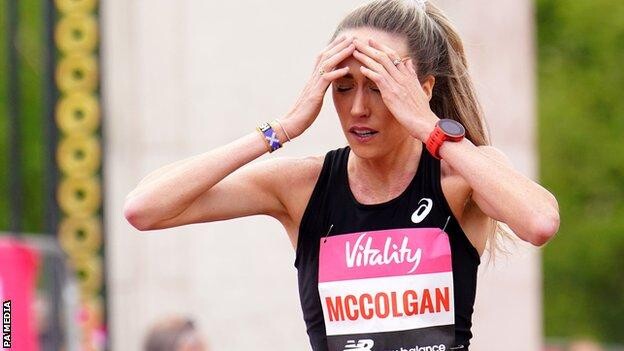
At twice the distance eight days later, McColgan came within touching distance of Radcliffe’s 10km mark of 30:21 from 2003 which also stood as a world record for more than a decade. However, the European all-time list is headed by Lonah Chemtai Salpeter’s 30:05 clocking from Tilburg in 2019 although that time was not ratified for record purposes.
“I am gutted to have missed the British record by a couple of seconds. I probably didn’t believe I could do it, so I went into the race thinking I’d be happy to run 31:40, but I’m in much better shape than I give myself credit for,” said McColgan.
McColgan passed through halfway in 15:15 - by contrast Radcliffe rocketed through 5km in 14:48 when she clocked 30:21 - and despite mustering up some of her track speed in the last 200 meters, McColgan couldn’t quite revise the record books.
“I only saw the clock when I turned the corner towards the finish line, and I thought: ‘Oh my god, I could make it in time. I think I probably ran a 200m PB in the push for the finish line. I was so desperate to get the record but hopefully there will be another opportunity to go for it again later this year,” said McColgan who holds the European 10km record in a women’s only race at 30:52.
McColgan won the women’s race by more than one minute from fellow Olympian Jess Piasecki in 31:28 with Samantha Harrison third in 31:44.
In the men’s race, British international Ellis Cross achieved a significant victory over multiple Olympic, European and world 5000m and 10,000m champion Mo Farah who was racing for the first time in almost one year due to a stress fracture.
Cross broke clear of Farah in the last two kilometers for victory in 28:40 to Farah’s 28:44. "I’m lost for words – I did not expect this in a million years. Honestly, I know it’s a cliché, but I couldn’t believe it. I just felt very good from the get-go. Obviously, I knew Farah had a finish, so the last 2K I thought I’d try and wind it up a bit – try to sting his legs a little bit to hold him off,” said Cross.
(05/02/2022) ⚡AMPVitality London 10,000
The Vitality London 10,000 takes you past many landmark sites, including the London Eye, Buckingham Palace and the Bank of England – so you even get to do a bit of sightseeing along the way! You will run alongside elite runners and have coverage from the BBC, making this 10km one of the highest in profile of its kind....
more...18-year-old U.S. sprint star Erriyon Knighton becomes fourth fastest man over 200m
On Saturday afternoon in Baton Rouge, La., American Erriyon Knighton, who last year, at age 17, broke Usain Bolt’s junior sprint records, shattered his U20 world record in the 200m at the LSU Invite to become the fourth-fastest man in history over 200m.
Knighton clocked 19.49 seconds, which is the fastest time recorded since the 2012 Olympics, where Usain Bolt clocked 19.32 at age 25. Knighton now only trails Bolt (19.19s), Yohan Blake (19.26s) and Michael Johnson (19.32s) on the all-time list.
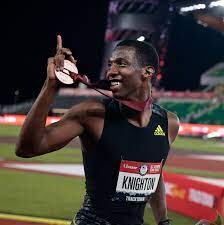
The 18-year-old sprint star lowered his personal best and U20 record from 19.84 seconds, which he set at last year’s U.S.Olympic Trials. He went on to finish fourth in Tokyo, becoming the youngest U.S. male track and field runner to reach an Olympic final.
Knighton turned pro last year as a high school junior, signing a professional contract with Adidas. He is now the second-fastest American 200m runner after Johnson’s then-world record of 19.32 at the 1996 Olympics in Atlanta.

He will next have his eyes on the U.S. Outdoor Championships in June and the World Championships in July, which are both in Eugene, Ore., where he ran his previous PB of 19.84 seconds last summer.
Another world U20 record was broken on Saturday at the Gaborone International Meet, a World Athletics Continental Tour Bronze meeting in Botswana. U20 world champion Letsile Tebogo became the first man from Botswana to break 10 seconds for 100m. The 18-year-old pulled away from an experienced international field to win in 9.96 seconds (+1.9m/s), taking 0.01 off Trayvon Bromell’s world U20 record of 9.97 set in 2014.
(05/02/2022) ⚡AMPby Running Magazine
Beginners: use this tip to increase your distance
Learning to run isn’t easy. Running takes plenty of motivation, courage and determination to push your boundaries. The goal for every new runner is to get more comfortable running, but when you’re starting, you are more prone to injury by overtraining or increasing your distance too quickly.
If you are stuck on trying to increase your distance in your learn to run program, we have just the tip that can help you reach your goal. Instead of forcing yourself to do more, try to do less by limiting your rest/walk time.
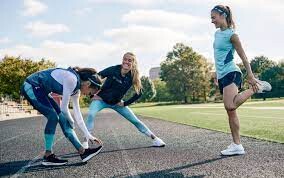
Beginners will commonly use the 5 and 1’s or 10 and 1’s method, which involves five minutes (or 10 minutes) of running and one minute of walking. If you are struggling to get past running for a certain distance or time, try cutting down your walk rest to 30 seconds.
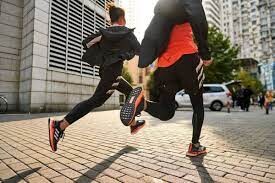
Your heart rate (on average) decreases by 20-30 beats per minute (bpm) within one minute of stopping your run. Introducing a 30-second walk rest instead of one minute will bring your heart rate down while gradually increasing your endurance as you are limiting yourself to less rest.
This 30-second rest tip is perfect for beginners who are looking for an easy trick to increase their distance without doing more of it. Using the 30-second walk rest tip will eventually get you more comfortable running a particular distance without stopping, which is the goal of every new runner.
(05/02/2022) ⚡AMPby Marley Dickinson
Kenyan runners Wesley Kiptoo and Caroline Rotich Set Course Records at 2022 Pittsburgh Half Marathon
Rainy conditions Sunday morning in the City of Champions did not slow down Kenyan runners Wesley Kiptoo and Caroline Rotich from breaking course records and taking home the first prize of $10,000 at the 2022 UPMC Health Plan Pittsburgh Half Marathon.
In the men’s race, Kiptoo and James Ngandu took an early lead in the first mile. They stayed neck and neck until the final stretch when Kiptoo broke the finisher’s tape clocking 1 hour, one minute and twenty-five seconds. Ngandu took home second, finishing only two seconds later. U.S. Olympic marathoner Jared Ward finished third in 1:03:37.
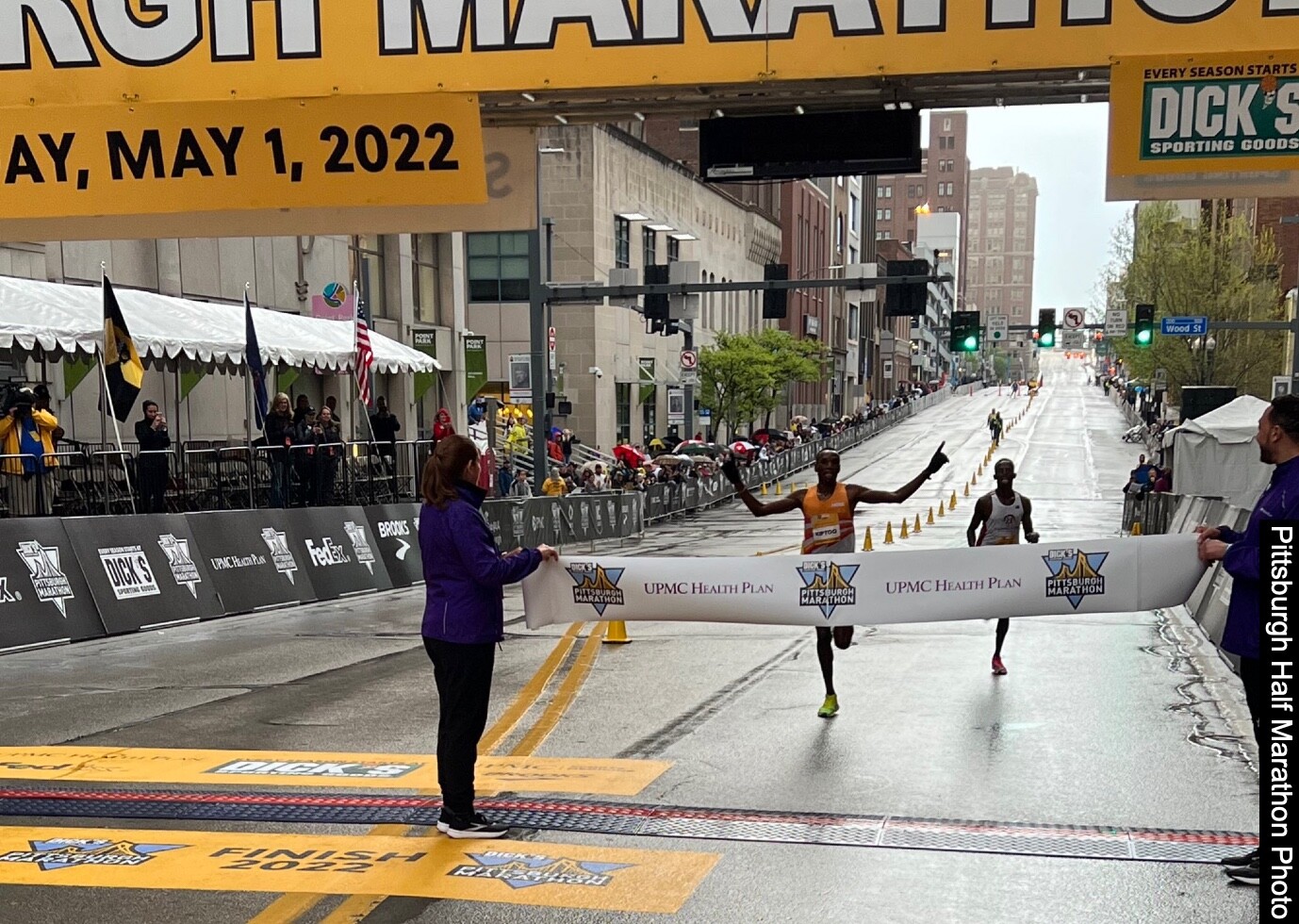
“Today was my professional road racing debut,” Kiptoo said. “I will remember this race and the City of Pittsburgh forever. I’d like to thank the organizers and race sponsors for inviting me and for making it all possible.”
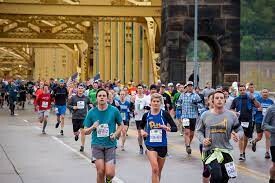
In the women’s race, Rotich smashed the UPMC Health Plan Pittsburgh Half Marathon course record by 34 seconds finishing in 1:09:30. U.S. Olympic marathoner Aliphine Tuliamuk, who previously held the course record, took home second in 1:09:54, and Sarah Sellers finished third in 1:11:51.
“It feels great to win my first race ever in Pittsburgh,” Rotich said. “It was so great seeing all the people on the course and cheering despite the rain. I can’t wait to be back!”
(05/02/2022) ⚡AMPDick's Sporting Good Pittsburgh Marathon
This race is your game - however you decide to play it. As a competitor. A fund raiser. An enthusiast. A veteran. A team player. It's whatever you want it to be. It's whatever you make it. It's YOUR game..... Run it. Play it. Own it. Love it. Runners will race on the North Shore of Pittsburgh, cross each of...
more...Lisa Weightman shatters master's 10k record at Sydney10
In glorious running conditions the 2022 Sydney10 saw record fields and performances. In the women’s, four-time Olympian Lisa Weightman, ran the fastest women’s 10km road time ever in Australia, while in the men’s there was a breakthrough and surprise for Brisbane’s Kieren Perkins.
WOMEN 10KM
In her last race, eight months ago, Lisa Weightman placed a magnificent 26th. In Sydney this morning, Lisa Weightman just carried on from her last race, her fourth Olympic marathon eight months ago in Japan, with a stunning 31:20 10km time. It fell just three seconds short of the Australian record set by Benita Willis in Manchester in 2006, however it was the fastest time ever on Australian soil. It sliced 30 seconds from Lisa’s previous best.
“I’m very pleased and especially after a break and reset post-Olympic Games,” she said. “I would have been happy to get anything with a 31 in-front of it, but to get that close to Benita national record is great.”
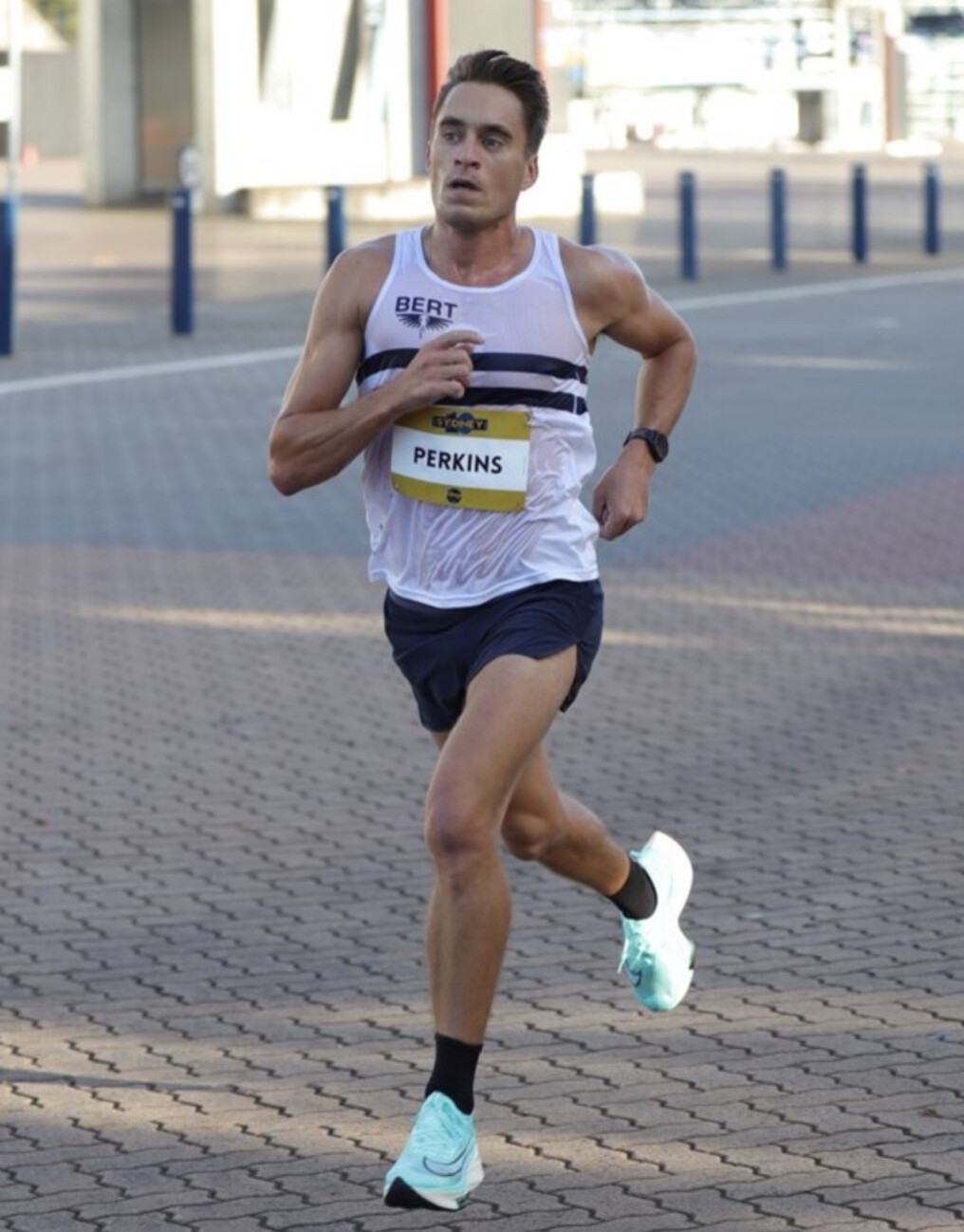
Lisa setup the performance on the first lap.
“I passed 5km in 15:30, a PB, and was feeling good and knew I was on for a good run.”
She finished in 32:20, ahead of a tremendous run by Leanne Pompeani clocking 31:43.
The result confirmed some training adjustment are working for Lisa.
“I felt strong from the work I done on the Melbourne university track with the boys.”
Secord placed Leanne Pompeani also entered the record books. Her time of 31:43, was a 43 seconds PB and was the third fastest in Australian history.
She ran hard from the gun and was trailing Lisa.
“After passing 5km in about 15:30, Lisa started to put the foot down and I knew I couldn’t go with that pace,” said Leanne.
“Towards the end, I was definitely feeling it, like you want to stop, but knew I was on for a PB so pushed on. I had ‘banked’ time early as I had run quicker than expected.”
The battle between NSW-based pair of Aynslee van Graan and Jess Noble was terrific. For much of the race Aynslee held the lead, but Jess was able to pass her in the last kilometres to take third in 33:31, from Aynslee with 33:36.
Both claimed satisfying PB. For Jess it removed 80 seconds from her previous best and for Aynslee 16 seconds.
Jess, a fourth-year physiotherapist from Newcastle was very happy.
“I felt I had the potential to run that time,” she said.
“I felt good in the race, except for a 4-5km patch.”
Jess was watching Aynslee closely, knowing she was a threat.
“I could see her most of the way, she is super quick.”
It has been a tremendous 12 months of progress for Jess which she puts down to ‘such a good and positive training group’ under coach Ben Toomey.
But as Jess is still so young, still 20, it does raise the question of how far can she go in the sport?
“I’m not one to think too far ahead,” she said. “I never thought I could run these times.”
Aynslee van Graan only arrived back in Australia from South Africa on Thursday morning after travelling home to see family and friends.
The women claimed the following places on the event’s all-time list: Lisa Weightman #1, Leanne Pompeani #2, Jess Noble #24 and Aynslee van Graan #28.
MEN 10KM
There was a surprise in the men’s 10km with Brisbane’s Kieren Perkins, 29, continuing his amazing rise over the last couple of years. He destroyed his PB clocking 28:57 to destroy his previous best mark of 29:29 set at Launceston in December. Just four years ago he was a 34-35 minute 10km athlete, but under the coaching of Bert Squad led by Peter Bracken, has had enjoyed an amazing rise in the last few years. He has also received some help with his track sessions from Jayden Russ, which assisted him under 14 minutes in the national 5000m championship.
“I shocked myself,” is how Kieren described his performance. “I felt good early and ran with Jacob Cocks (from SA) for 2-4 km, then put my foot down and pull away.”
After he had broken away, defending champion, who had not run for a few months, Kieren Tall was the only remaining danger.
“I felt he (Tall) was there and if I knew if gave him a sniff he could be a problem, so I kept the pressure on.”
“With 2km to go I kicked away. I didn’t want him near with 400m to go should he have I kick.
“I felt strong mentally and physically and felt I could keep pushing throughout.”
Kieren also felt the cool weather in Sydney assisted him.
Can he explain his improvement over the last few years?
“I think taking athletics more seriously and a new squad and positive culture.”
Kieren is an Army logistics officer and has he is full-time runs around 5am daily. No surprise he has little trouble with the six monthly 2.4km Army fitness test.
Defending champion Kieren Tall (Run Crew), was returning to racing and pleased with his second place in 29:16.
“It was better than I expected,” he said. He was a little conservative early ‘so I wouldn’t blow up’.
Next for Kieren is a big training block ahead of concentrating on some road races later in the year.
Third was Queensland’s Liam Boudin in a one second PB time of 29:21, holding off SA’s Riley Cocks (29:25) and Bendigo’s Nathan Stoate (29:30).
The men claimed the following places on the event’s all-time list: Kieren Perkins =#2, Liam Boudin #8, Jacob Cocks #11, Nathan Stoate #13.
(05/01/2022) ⚡AMPThe second-ever Cocodona 250 will kick off on Monday, May 2nd, with an alternate course beginning in Prescott, Arizona, and ending in downtown Flagstaff
Over 200 runners will have roughly five days to cover over two hundred miles of some of the Southwest's most beautiful and challenging terrain.
The race takes place on the current and historic homelands of many Indigenous groups, including the Jumanos, Yagapaiv Apache, Hopitutskwa, Pueblo, Zuni, Hualapai, Hopitutskwa Hualapai, and Hohokam.

Here's what you need to know about the 2022 Cocodona 250, which athletes to watch for, and how to follow along.
Course Changes for 2022
Due to the Crooks Fire, which started on April 18, race officials rerouted nearly a quarter of the course after the Prescott National Forest was placed under an emergency closure through May 3, for ease of firefighting efforts. As of April 26, the Crooks Fire was 16% contained and burning around 6,400 acres south of Prescott in the Bradshaw mountains.
The new course will start in Prescott, Arizona, rather than Black Canyon City.
"[The fire] basically broke out less than a mile from the mile 63 aid station," said Jamil Coury, owner of Aravaipa Running and one of the Cocodona organizers. "We've been able to do a reroute of the first 70 miles of the race courseand we're going to be running about 60 miles and then we'll merge back with the course and we'll make up the rest of the miles later on in the race."
As a relatively new race, Coury says there are still some challenges to work through with an event as long as Cocodona. The last-minute course changes proved particularly challenging, but he hopes the event will continue to settle into a routine over the coming years.
"We're trying to work out the kinks for sure. You know, a lot can happen in this length of race," he says. "Everything else is mostly kind of like last year. We're looking to do a livestream of the event again on our YouTube channel until at least the top female podium comes in and we'll see from there, we might try and do some bonus broadcasts with some of our finishers in the last couple of days. It's more like we're trying to test a couple more ideas for the course. We'll get feedback from those and then maybe settle into a more long term route."
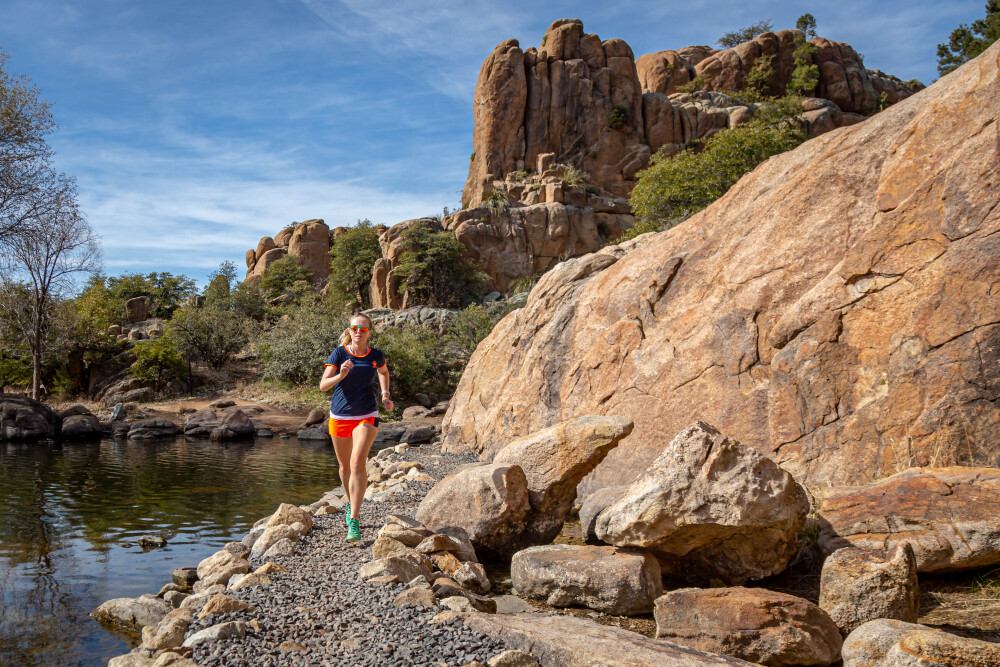
Runners to Watch
In its first-ever running last year, Cocodona featured 176 runners, 108 of whom finished. This year the field is considerably larger, with 234 registered runners. Twenty-one of those are finishers from last year's inaugural event: 17 men and four women.
Those 17 men include 2021 champion Michael Versteeg and three other top-10 finishers (Joshua Locke, Tod Bachman, and Mark Vogel). The women's field includes only two returners from last year's top 10, fifth place finisher Sarah Ostaszewski and ninth place finisher Jodi Semonell.
But alongside those returners comes a strong contingency of newcomers who will look to challenge both the men's and women's course records of 72:50:25 and 85:30:38, respectively.
"For the women, I think the biggest name on the list would be Annie Hughes from Leadville. She won the Moab 240 last year, Leadville 100 last year, and then Coldwater this January," says Coury. "Briana Grigsby from Tucson was fifth at the Black Canyon 100K this year and second at the Javelina 100K last year. And then Sarah Ostaszewski. She finished last year, and she'll be returning."
Hughes, at just 24, will seek to remain undefeated at the 200+ mile distance. She's been training for Cocodona with shorter ultras since winning the Moab 240 in October. She won the Coldwater Rumble 100 in January and the Staunton Rocks Running Up For Air 12-hour event in February. At that race, she racked up 56 miles in just under 11 hours and beat all the other competitors, regardless of gender. She then celebrated her 24th birthday on March 13 by running for 24 hours around her home in Leadville, Colorado, covering nearly 120 miles.
"I feel like with 200s, there's just so much time to go through highs and lows, and you just kind of have to ride the highs when you're feeling good and just go with it," said Hughes. "You can't really plan for these things, so I'm just kind of going into it looking at it as an adventure."
After Cocodona, she will continue a full racing schedule through the summer with three 100s: High Lonesome in July, Run Rabbit Run in September, and Javelina in October, back in Arizona. For Cocodona, she'll focus on carefully scheduling sleep and nutrition, seeing the experience as an opportunity for adventure.
"I think it's really cool that [200s] are becoming more popular and that a brand new race as amazing as this one is now available for runners," said Hughes. "I'm really excited to be a part of this race in one of the first years it's ever been run, because I think it's going to become really big."
On the men's side, Coury will be watching for 200+ veteran Michael McKnight, who DNF-ed last year's race due to heat struggles, and last year's winner Michael Versteeg, as well as backcountry guide, coach, and pro Brooks athlete Joe McConaughy, who will take his first crack at the 200+ mile distance. McConaughy currently holds the fastest known times (FKTs) for the Arizona Trail (supported), Long Trail in Vermont (self-supported), and Appalachian Trail (northbound, self-supported).
"[McConaughy has a] strong thru-hiking, kind of FKT background," says Coury. "Also really fast at short distance and then even at like the 100-mile distance, he's got some really fast times. He has this interesting mix of super long and short and fast."
McConaughy also brings recent experience with running fast in the area where Cocodona takes place.
"I'm stoked. It's an awesome route. [Aravaipa is] an awesome race organization. There's lots of great runners. So it's kind of like everything you want from an effort," says McConaughy. "I did the Arizona Trail last year and I did it right around the same timeSo it's really cool thinking I did the Arizona Trail and now coming back for another big section of trail. And adventuring in Arizona is really exciting. I just love the desert and the vibes and the whole area. It's just a very, very lovely, fun state."
MEN
Michael McKnight (32, Smithfield, UT): two-time champion of the Triple Crown of 200s (which includes the Moab 240, Tahoe 200, and Bigfoot 200), his record on those three combined races is the fastest ever by nearly 45 hours (162:00:51). He has multiple wins at both Bigfoot and Moab.
Michael Versteeg (Prescott, AZ): Last year's winner, also won the 2020 Fuego y Agua 100K and was fourth at the 2019 Run Rabbit Run 100 Mile
Chad Trumbo (39, Columbus, OH): Won the Fuzzy Fandango 50K in November, sixth at the Mohican 100 Miler in 2021.
Joe McConaughy (30, Seattle, WA): Third at Gorge Waterfalls 100K earlier this month, fourth at the 2021 Javelina Jundred, holds numerous thru-hiking FKTs.
Cole Crosby (33, Cranston, RI): Fifth at the USATF 50K championships in 2020, recent wins at the Manchester to Monadnock 55 Miler and MCW Westfield Ultra 9 Hour.
Eric Senseman (33, Flagstaff, AZ): 2017 JFK 50 Mile winner, with top-three finishes at the 2019 and 2021 Black Canyon 100K.
WOMEN
Annie Hughes (24, Leadville, CO): Recent wins at the Leadville 100, Coldwater Rumble 100, and Moab 240.
Rhoda Smoker (35, Elverson, PA): Recent wins at the Conquer the Wall Endurance Challenge 47 hour run, Dogwood Ultras 12 hour, and Green Monster Trail Challenge 50K.
Brianna Grigsby (34, Tucson, AZ): Recent wins at the Sinister Night Runs 54K and McDowell Mountain Frenzy 50K, plus top-five finishes at the Black Canyon 100K and Bandera 100K earlier this year.
Lee Conner (49, Cleveland, OH): Top-five finishes at the Forget the PR Mohican 50K, Run Lovit 100 Miler, Outlaw 100, and Cloudsplitter 100 - all in the last 8 months!
Jodi Semonell (49, Omaha, NE): Second at the 2020 Moab 240, ninth last year at the inaugural Cocodona 250, recent wins at the Dizzy GOAT 12 hour run and Hitchcock Experience Endurance Runs 100 Miler.
Sarah Ostaszewski (30, Beaverton, OR): Fifth at last year's Cocodona, with recent wins at the Bristow 24 hour run, Mogollon Monster 100 Miler, and Across the Years Marathon, plus a top-10 finish at the Javelina Jundred in October.
(05/01/2022) ⚡AMPby Trail Runner Magazine
Life Stress, Work Stress, Training Stress-Your Body Can't Tell the Difference
Jen Yoshida was used to telling people that running two miles a day is what got her through law school. "Once the run was over, I would tell myself that the hard part of the day was over. It made the difference between feeling optimistic about the day and maybe fearing what was coming next."
Yoshida was frustrated then that she didn't getting the same mental or physical boost once she was a practicing intellectual property lawyer and had added swimming and biking to become a triathlete.
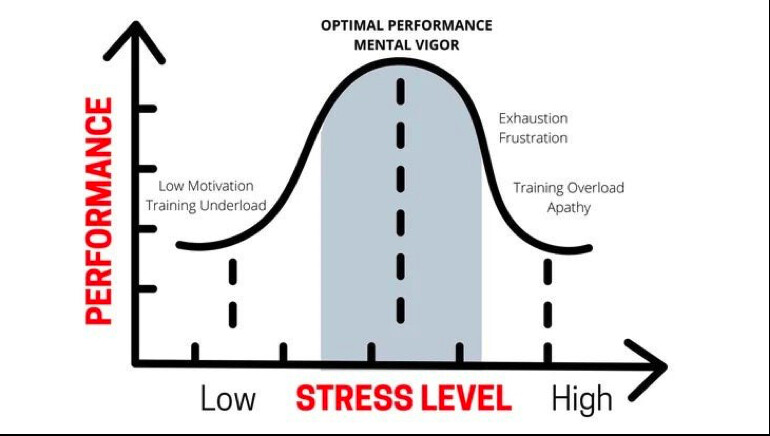
"Work is so much more stressful now, so I should be fine with my increased training, right? I thought I was meeting one big challenge with another. Exercise is good for mental health, so I assumed more exercise would be better."
Yoshisa was confused when her increased training schedule wasn't making her more able to confront work-related stress, plus she was running out of steam during workouts. "I was exhausted at work and my fuse was getting shorter. When I completely forgot a meeting with a client, that was the last straw. I knew something had to change."
Except for the few elites among us, most athletes must perform extraordinary balancing acts between work, family, relationships, sleep, nutrition, finances, and training. All of these aspects of life incur stress, but many of us assume that the physical stress from training is different from the psychological stress incurred from everything else.
We have been told that exercise is an excellent stress-reliever, without context or qualifiers, and therefore assume that there is a never-ending dose-response. If some exercise is good for mental health, then why wouldn't more be better? It's All Stress to Your Brain and Body
Whether it's because you've got a huge work project to complete, are going through a tough time in your relationship, or ran a tune-up marathon last weekend, the stress that you are experiencing is all the same. We might be surprised to know that it doesn't matter if one type of stress is more enjoyable than the other or if you perceive one to be "healthier" than the other.
Research shows that all forms of stress are additive and, taken together, will alter the functioning of the body to compensate for the total load. Those compensations can look like anything from fatigue from a few days of pushing your limits, all the way up to osteoporosis from a combination of high stress and low progesterone resulting from months or years of overdoing it.
Those compensations can also look like snapping at your partner out of nowhere or even feeling deep depression or pervasive anxiety. Most of us may be able to connect those feelings with family or work stress but are unlikely to connect that with our training. In fact, many of us will double down on training, thinking that we are doing the right thing to cope or because we are in need of escape.
In those moments, we are not thinking about the research that demonstrates the huge amount of physical stress that training causes because we do not perceive the activity to be psychologically stressful. Unfortunately, our perception is not reality.Stress: The Vicious Cycle vs. the Optimal Curve
Adding more training to manage stress is like adding more wood to a fire you're trying to extinguish. In a review article, John S. Raglin, a professor in the psychology department at Indiana University, Bloomington and a pioneer in groundbreaking studies of mood and endurance sport, clearly states that increasing exercise can also increase stress and negatively affect mental health.
He notes that intention is irrelevant since stress increases either through necessary training or an abuse of training and his overall body of work points to a trend toward greater mood disturbance with increasing amounts of exercise. If we continue to increase overall stress by increasing training, research shows that this chronic physical and mental stress without adequate recovery can cause disruption of the hypothalamic-pituitary-adrenocortical (HPA) axis leading to dysfunction of the endocrine system and yes, overtraining syndrome.
The Yerkes-Dodson CurveHarder to accept is the fact that there is an optimal level of training and life stress for each body. The Yerkes-Dodson curve above illustrates the fact that zero stress will not result in positive gains, but huge amounts of stress will also not result in positive gains. Research shows that the idea of there being a "sweet spot" where stress on the system results in excellent performance without causing overwhelming detriment is fundamental to almost everything we do.
For example, we know that zero water causes dehydration and too much water causes hyponatremia, but we are well-hydrated and healthy somewhere in the middle. We can apply this logic to everything we do and everything around us-there is a perfect amount for everything in nature. However, we must learn to accept the same logic when it comes to stress. There is a perfect amount of training and life stress for every body and mind, where we are alert, engaged, energetic, and thriving. We just have to find it.
Training Doesn't Subtract from Stress Load-but Rest Does
But, isn't exercise a stress reliever? Multiple studies show that exercise certainly does provide a certain amount of stress relief, but it's important to understand that this research is typically conducted for the general population of the USA, which tends to be quite sedentary. Therefore, the study populations are non-athletes and designed to convince people that 20-30 minutes of low-level aerobic exercise 5 times per week is a good idea for general health.
These studies are not designed to address the stress relief needs of high-performing, high-volume athletes trying to fit fifteen hours of training on top of a full-time job.The solution is to take a look at which stresses we have control over and which we do not. We then need to take control by making adjustments, some of which may require us to battle with our own deeply held assumptions about our relationship with training.
For example, we likely can't change our work responsibilities, school schedule, or certain family commitments. However, we can probably do our best to get a bit more sleep, try some time-saving tactics like meal-prepping, and yes, we can skip a workout. We have to challenge the assumptions that we can't cope without training, that training is the only remedy, and that skipping or cutting a session short will detrimentally affect our performance. On the days when we need to decrease the pressure, the best training we can do is no training at all.
While there is no evidence that taking a bit of physical rest will increase stress and promote disease in athletes, there is plenty of evidence that increasing training can do all of that and more.
If you find yourself unable to back off given the clear evidence that you might be heading for trouble, a mental health care practitioner can help you get control before you burn out. Finding and respecting your own sweet spot will ensure that you get to enjoy your runs - for life.
(05/01/2022) ⚡AMPby Trail Runner Magazine
Giulietta & Romeo Half Marathon in Verona: Alfred Kipchirchir and Meseret Gola win
The Dermasphere Giulietta & Romeo Half Marathon and Avesani Monument Run 10k experienced another historic day of great international sport and strong solidarity with the A Casa far from Home project "Emergency Sick Children of Ukraine - We help sick little ones on the run"They traveled half the world to come to Verona starting from the endless African highlands to become the new champions of the Dermasphere Giulietta & Romeo Half Marathon.
The 'Romeo' of 2022 is Kenyan and bears the name of Alfred Kipchirchir, he is the winner of the 15th edition of the Verona half marathon where he crossed the finish line in 1h00'57 ".

The 'Juliet', on the other hand, is very shy but when she runs she has grit and class to spare, her name is Meseret Gola and she comes from Ethiopia. He took the success in 1h10'09 ".
Two excellent performances, even if both failed to beat their personal bests or even to beat the records of the course. It is difficult to do so at this point of the season that sees the great road racing competitions finish. The satisfaction of winning the prestigious Verona race was nevertheless great.A great event as usual was the one organized by the organizers of Gaac 2007 Verona Marathon Asd, in collaboration with the Municipality of Verona, which maintained organizational standards of excellence, confirming the Gold Label Fidal.

Official start complete with a gunshot entrusted to the mayor Federico Sboarina and for the following waves also to the Sports Councilor Filippo Rando present at the start to greet the thousands of Italian and foreign participants.
Surprise second in the standings was placed by the Polish Ada Nowicki in 1h02'51 ", delighted at the arrival for having established a new personal best. He beat his 1h03'11 "which he had done at the Napoli City Half Marathon last February. Place of honor again for the colors of Kenya with Bernard Musau Wambua with 1h02'57 ". First of the Italians is the South Tyrolean Hannes Perkmann (Atl. Valli Bergamasche Leffe), sixth in 1h05'03 ". Kenyan Athletics Training Academy (KATA) athlete Peter Njeru finished fifth clocking 1h03'53 just 30 seconds back of 4th place.
Female podium completed by the Kenyan Lilian Lelei (Atl. Castello), second in 1h14'04 "and third the Ethiopian Meseret Ayele (G.s. Il Fiorino) with 1h15'25". Holding the Italian flag high is Arianna Lutteri, the current Italian marathon champion, who ran in 1h21'40 ". Avesani Monument Run 10k, real 9.7km, which was won by Alessandro Comai (Venus Triathlon) in 29'19 ", while among women the success of Claudia Andrighettoni (Us Quercia) in 34'23". Hundreds of people also participated in the non-competitive Avesani Monument Run 10k.
Gianni Pistis, coach and runner of the Charity Partner A Casa Away From Home, engaged in the project "Emergency Sick Children of Ukraine - We help sick little ones on the run" has more than hit the target.
Leaving last, Gianni had the task of overcoming a minimum of a thousand athletes, for each of which a company from Varese, which wishes to remain anonymous, will donate a thousand euros. Gianni honored his commitment by finishing in general position 204 with a time of 1h28'18 "and thus surpassing over 2 thousand athletes.
(05/01/2022) ⚡AMPGiulietta & Romeo Half Marathon
The Giulietta & Romeo Half Marathon is held in the spring in Verona, a beautiful city of art and culture, and the setting for Shakespeare's Romeo and Juliet play. It's a very popular early-season road running event that attracts a crowd of more than 5,000 half marathon runners and 500 relay teams (10km+11km)....
more...Eugene Marathon was gone but not forgotten as record number of runners will mark race's return
It’s been three years since the Eugene Marathon and Half Marathon held a live race.
It’s been even longer since the finish line was inside Hayward Field.
Both are back this weekend as the longtime local road race returns Sunday morning to the streets of Eugene and Springfield.
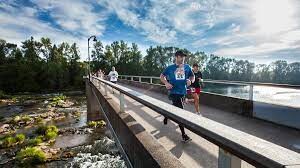
The traditional finish line had to be moved to Autzen Stadium in 2019 due to the construction of the new Hayward Field. The race was canceled in 2020 due to COVID-19, then went virtual in 2021 as the pandemic continued.
“On some days I can’t believe it’s been four years,” race director Ian Dobson said. “And on some days it feels like it’s been forever, like it’s hard to remember it almost.”
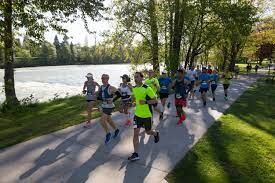
Hard to remember, maybe, but hardly forgotten.
Registration for the 15th Eugene Marathon and Half Marathon and Saturday morning’s Eugene 5K and Kid’s 1K Duck Dash — which both start outside Hayward Field and end on the track and the finish line — has reached record-setting numbers.
According to Dobson, approximately 9,700 have signed up for one of the four races. Broken down, they expect 4,000 for the half marathon, 3,200 for the marathon, 1,500 for the 5K and 1,000 for the Duck Dash.
The race has essentially reached capacity.
"Actually, we don’t even know what it is because we’ve never had to explore that," Dobson said with a laugh. “We’re limiting registration because we want to make sure we can do a great job for the people that are registered, not because we can’t fit more people on the roads.”
The marathon’s previous best year was 2013 when it had 8,561 registered participants.
“We’re really, really excited about that,” Dobson said. “I think some of it is genuine enthusiasm for the event, and a lot of it is also people who are, ‘It’s time to get back to doing stuff.’ ”
The 26.2-mile marathon and 13.1-mile half marathon courses will closely resemble what they were in 2018 with only a few minor changes.
The most obvious is where the marathon and half-marathon participants split off from each other. That point is now on the south side of the Willamette River's Knickerbocker Bridge instead of the north side.
That change eventually redirects marathon runners through downtown Springfield and keeps them off Centennial Boulevard.
“Which I think is a gift to everyone,” Dobson said. “Traffic control, law enforcement, runners, everybody.”
The Eugene Marathon and Half Marathon has always been largely a community event, though professionals and other runners with larger goals have also participated in the race. This year is no different.
There are 80 “elite” runners entered in both races, a designation given to men who have recorded marathon times of 2 hours, 25 minutes or 1:08:00 for the half marathon, and women who have times of at least 2:53:00 or 1:20:00, respectively, since May 1, 2019.
The 2024 U.S. Olympic Marathon Trials qualifying window opened in January and hitting the standard of 2:18:00 for the men and 2:37:00 for the women is certainly on the agenda for many.
For the rest of the runners, the race weekend marks the long-awaited return to road racing. Dobson said at least one-quarter of the registrations have been rolled over from people who initially signed up in 2020 or 2021.
“I think there’s a real excitement to be back to something familiar," Dobson said. “It just feels good.”
Eugene Marathon and Half Marathon
Start: 7 a.m. Sunday at 17th Avenue and Agate Street
Finish: Inside Hayward Field
(04/30/2022) ⚡AMPby Chris Hansen
Eugene Marathon
Consistently ranked in the top 15 races most likely to qualify for Boston by Marathon Guide, the Eugene Marathon is a beautiful, fast, USATF certified race with amazing amenities and an unrivaled finishinside Historic Hayward Field. The Eugene Half Marathon starts alongside full marathon participants in front of historic Hayward Field home of five Olympic trials, ten NCAA championships and...
more...89-year-old Bylahalli Raghunath Janardan hopes to complete 4th World 10K
As Bengaluru prepares to get back to large participatory running events, an 89-year-old retired Railways officer Bylahalli Raghunath Janardan, is setting his eyes on his 4th World 10K, scheduled to be held on May 15.
Even though he hasn't fully recovered from a spine injury, he incurred a few months ago, Janardan is determined to take part in the Bengaluru running festival with a back support belt, "I haven't taken part in any marathon in the last two years because of various problems and that's why I am really looking forward to the World 10K. However, I won't be running at my absolute best as I am currently recovering from a spine injury, but I will run slowly and walk intermittently with a back support belt."

When asked about the exciting aspects of a mass participatory running event, the 89-year-old said, "It's great to run with a crowd and especially youngsters. I get inspired to train hard when I see them run and I feel they get inspired by me as well."
Speaking about the importance of exercise in his life, Janardan said, "In 1995, I had to go through a difficult time. While I was travelling with my family to find a prospective match for my daughter, I fainted in the car. Later, I was diagnosed with Major Epilepsy and I was told that I have to take medications for the rest of my life. When I started taking the medications, I had a tough time dealing with the side effects. I felt lazy and lethargic. However, after nine months, I decided to give up medicines and start exercising."
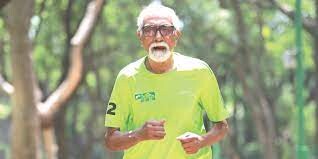
Janardan also spoke about the turning point in his life, "Once my son was selected to play the sitar at a cultural event which was hosted at a place 30km away from my home. Just like that, I decided to get on a cycle and ride to the event venue. And I also came back home the same day. After that day, I started cycling regularly and became a very active person. I have not touched the Epilepsy medicines again and I have also never had an Epilepsy attack. That is the difference an active lifestyle has made in my life."
The USD $210,000 World Athletics Elite Label Race will witness some of the world's finest distance runners on the roads of Bengaluru as well as thousands of mass participation competitors from across India. For the first time, the event will be conducted in two formats: on-ground and a virtual app-based run.
(04/30/2022) ⚡AMPTCS WORLD 10K BENGALURU
The TCS World 10k Bengaluru has always excelled in ways beyond running. It has opened new doors for people to reach out to the less privileged of the society and encourages them to do their bit. The TCS World 10K event is the world’s richest 10 Km run and has seen participation from top elite athletes in the world. ...
more...Grooming Future Champions in Thika Kenya
The Kenya Athletics Training Academy (KATA) is barely eight months old since it was officially opened September 2021. (Founder and executive director Bob Anderson flew over from California USA for the opening.)
KATA's presence in Thika and Kiambu County is being felt widely after our pioneer athletes have gone flat-out to inscribe the name of the Academy in the region.
During the last two seasons, nearly 90 per cent of our trainees have participated in both Cross Country and Track with positive indicators.
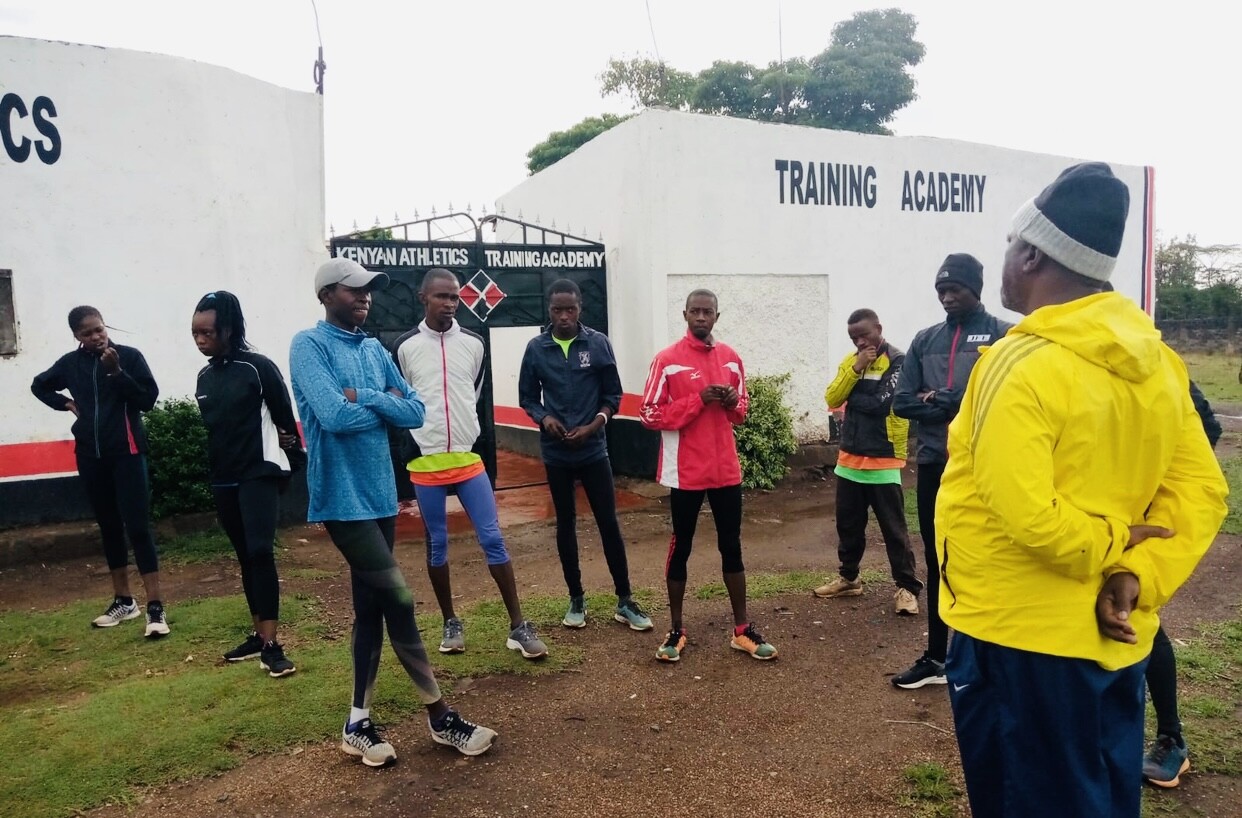
Competing at County level and getting selected to represent the unit at regional level is a positive indication that with time, the future champions in Kenya’s Central region will be the products of the Kenya Athletics Training Academy (KATA).
In addition to winning slots to regional championships, all our athletes have posted their Personal Records in their individual events, again proving that KATA is attaining its objectives of seeing upcoming and young runners improving their times.
All this is because of the well-thought out Program in the Academy that combine a high level of discipline, hard-work, and self-realization among the current crop of our learners. The on-site management team make it all work: Florence Kimiti (manager), Elam Wangwero (operations) and Joseph Ngure (head coach). All report to Bob Anderson daily who works from his office in Mountain View, California.
Our day’s Programe begins with morning workouts between 06.15 and 08.00am with easy morning run covering 12 to 18Km on alternative days before breakfast in our Olympic Dining Hall at KATA.
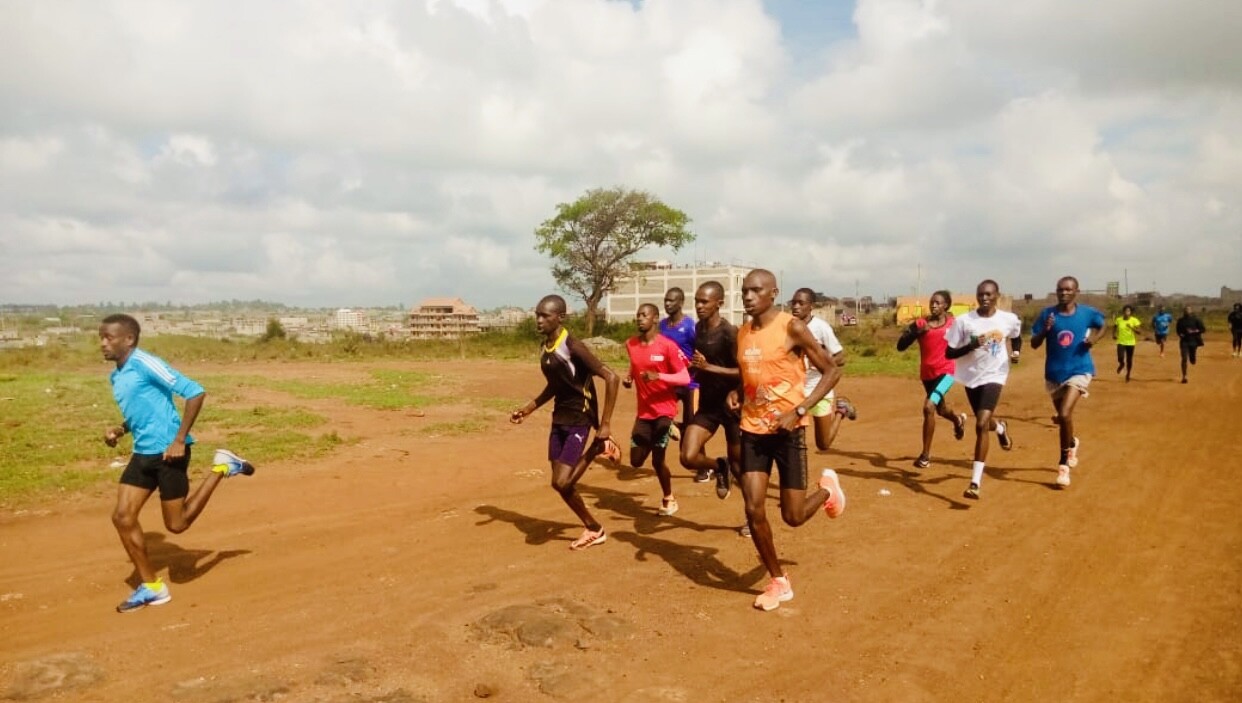
After breakfast, cleaning and maintenance of the Academy is the duty of the day for everybody. We feel this is one of the processes of making these future champions responsible and useful members of society. Some go to nearby colleges to acquire skills that will come in handy after retiring from their active sporting career.
Currently we have our most improved athlete Zakariah Kirika (29:54 10k) pursuing electrical wiring, Fredrick Kiprotich is studying Agriculture and Boniface Mungai is studying accounting at a local university.
During three training sessions daily (not including Sunday), our second training session takes place between 9:00am and 11am and is mainly for agility, coordination exercises and speedwork. The last training session begins at 16:30 pm to 17:30 pm. This is easy jogging mainly around the Academy.
In addition to daily and weekly training, the athletes focus on short-term goals that is tested during our monthly 10Km time-trial that is held usually every third Wednesday of each month. (Eight have been held so far.) These trials are open and several athletes from our neighbouring training camps have joined our team in testing their training too. We charge no entry fee and pay no prize money. But we offer internet exposure to all our finishers. (All results, a story and photos are posted timely on the My Best Runs website which currently have over 100k visitors monthly.)
It is from this time-trial that those who meet the target get the opportunity to compete in Europe through their respective management. Three of our athletes have had the privilege of going to Italy last year and this year since February, Peter Mwaniki Njeru and Lucy Mawia are in Europe now and are posting remarkable results. This is a big motivation to our KATA team!
Apart from training and keeping the Academy clean, our athletes’ trains on the use of computers and each has to post his or her work-out on My Best Runs where our editorial team, under the stewardship of Elam, Okata and Eston Mwangi, update races on a daily basis. (My Best Runs also have editorial people (all runners) in Mexico, Dominican Republic, Bend Oregon, Chandler Arizona and Mountain View California.)
As the season moves on, we are expecting good performance in Road Races in Kenya beginning with the inaugural Uhuru marathon classic on May 8th in Kenya where four of our athletes will be flying the KATA flag.
Lucy and Peter have already done well in races in Europe and will be racing again May 1 in France and Italy. Lucy clocked a 31:20 10000m on the track in Italy and most recently Peter placed second on a tough 15k course in Istanbul clocking 46:33. Lucy is racing in France and Peter a half marathon in Italy on May 1.
With a lot of potentials in the region, our next target will be young talents in our neighbouring schools and our technical arm will be visiting 2-3 institutions to help in training the school kids as they prepare for their inter-schools championships next month.
We are overwhelmed by the number of new athletes who want to join our Academy. But then the opportunities are many.
(04/30/2022) ⚡AMPby Coach Joseph Ngure
KATA Time Trial Series
The Kenyan Athletics Training Academy (KATA) in Thika Kenya stages a monthly time trial. Starting Sept 2021 this monthly event is open to anyone who would like to get an official time on a acurant course. Results will be published at My Best Runs so race directors and other interested people can see what kind of shape our participants are...
more...How Sport Sampling Can Unlock Your Running Potential
Cross-training as we know it might soon become a thing of the past. Not because it's no longer worth your time, but the opposite: switching up your routine could be so advantageous that there's no sense in drawing any line between training on and off your feet.
The term "cross-training" carries its fair share of baggage. Images of injured runners grinding away on a bike or racking up laps in the pool come to mind, ushering in an all-too-familiar sense of dread for the next time you find yourself sidelined.
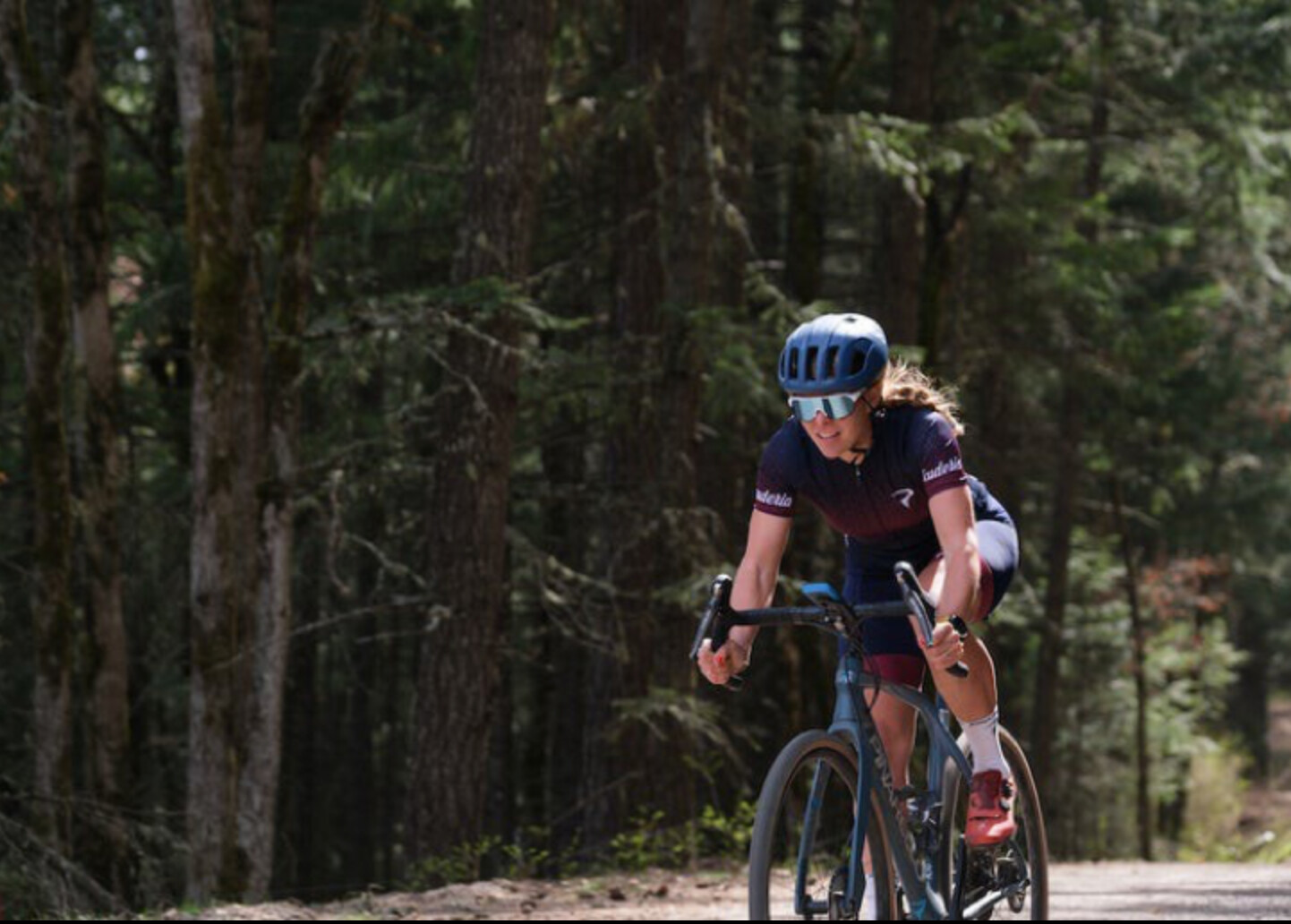
It implies that we're stuck doing something lesser while we count down the hours until we're running again. Even those that include regular strength training or alternative cardio days in their schedule usually see it as a box to check off for injury prevention.
But the idea that other activities should always take a backseat to running as the main source of fitness isn't doing runners any favors. Expanding our definition of what counts as training for running, not just in the absence of running, gives runners permission to reap a much wider range of benefits from moving their bodies in other ways.
The Norwegian Method
Take a look at one of the most decorated countries in the recent Winter Olympics: Norway.
The nation's "Joy of Sport for All" model prioritizes variety over specificity. Championships don't come into the picture for young athletes before the age of 13. This gives kids the chance to sample a variety of athletic options before even thinking about committing to one. They're not raised to limit their athletic exploration.
Norwegian competitors may achieve such unparalleled success because of a few clear benefits to expanding your athletic horizons: multi-sport exploration wards off injury, burnout, and complacency, no matter what your primary sport.
The Scientific Benefits of Variety in Training
In sports like running, repetitive motion presents a serious risk. Brett Mueller, DPT and Sports Clinical Specialist, explains that "doing the same activity at a high frequency exposes your body to the same stresses."
Think about how many times you pump your legs forward and backward over the course of a short run. Fluctuating trail terrain breaks up the monotony, but the same basic motion still forms the base. "In contrast," Mueller counters, "variety in sports exposes the body to different stresses. The body is able to rest from one while experiencing different stresses from another."
From a mental standpoint, "switching between sports challenges your mind to grow, learn, and adapt to the various mental demands of each sport," according to Dr. Brian Zuleger, Professor of Sports Psychology at Adams State University and a Certified Mental Performance Coach. "In a sport like trail running where the landscape, weather, and extent vary so much, the ability to be adaptable is key. Participating in other sports challenges you to be more resilient to change."
Being able to transfer skills and adjust your mindset across athletic outlets comes in handy when exploring unfamiliar routes, braving inclement weather, or attempting an intimidating distance.
Sarah Strong, ultrarunner and Licensed Clinical Social Worker with Fireweed Counseling in Colorado, offers a therapeutic argument for branching out as well.
"Strong social support is tied to positive mental health outcomes," she says, "so an athlete can enhance their circle of support simply by engaging in a number of activities."
That wider circle of support can then show runners how far their worth extends beyond any one aspect of their identity - which can come back around when injuries or other struggles pull running away from center stage.
More Than a Consolation Prize
After falling from a cliff during a race in 2017 and breaking fourteen bones, ultrarunner Hillary Allen begrudgingly turned to cycling.
"When we're told we can't run, it can feel like a consolation prize to do anything else," Allen reflects. "I wasn't sure if I would be able to return to running again, so when I got on a bike I almost felt disappointed because it wasn't the same. I had this negative connotation: I'm biking, sure, but I'm not running."
Since that injury, Allen has returned to running in full force. But the accident that threatened her life and her career - combined with a second setback after breaking her ankle the following year - set her on a new path that changed the way that she functions as an athlete.
"Because of the injuries I've sustained, I can't train like a lot of ultrarunners do," Allen says. She needed to accept that her body couldn't handle the same volume and intensity on foot that it used to, or that others in the sport may be able to.
That reality has given Allen the chance to find value in other sports as a complement to running instead of just a placeholder. You'll find her on the bike nearly as often as on foot - not only as a way to respect the limitations of her resilient body, but also to maximize her overall training capacity.
"There Is No Such Thing as Cross Training - Only Training!"
Allen believes that she wouldn't be able to reach her running potential without cycling.
"It helps me to feel my best physically while getting in the endurance that I need," she says. "I can still put in big back-to-back days without worrying about the physical impact on my body."
Adam St. Pierre, Allen's coach, believes that "there is no such thing as "cross-training" - there is only training!" That attitude directs their efforts together as they harness the benefits of each type of training.
"The fitness gained from cycling has been huge for Hillary's improvement as an ultrarunner. It has allowed her to train more total volume and do high intensity workouts more regularly than she could if she only ran."
Allen has proven those claims on paper, too. She reached a peak of only 15 miles on her long runs before going on to win the Cortina Trail 48k as her first race back from injury.
"That race holds a lot of value for being the 'aha' moment that made me realize how the bike was making me super fit even while I couldn't run," Allen says.
Partners in Adventure
Allen focuses on gravel cycling to give her the same sensations of solitude and exploration that she finds in trail running, which adds an important emotional component on top of the physical benefits.
Her new partnership with Pinarello as a member of the Scuderia Team has given the passion she's found for cycling a firm foundation to stand on and grow from.
She's part of the "Adventure Tier" of the team, which features crossover athletes who have cultivated an appreciation for cycling alongside their main competitive outlet. Fellow team members Jamie Bestwick, a BMX racer, and skier John Collinson also demonstrate how different sports enrich one another.
Allen's companions and mentors on the Scuderia Team also remind her that the trail community she loves isn't restricted to just running. "The worlds are so parallel . . . The fact that the gravel community feels so much like the trail running community is what first drew me to gravel."
Back to the Beginning
Allen encourages athletes to dip their toes into other sports with the intention to "enjoy the experience for what it is," without comparison to what you already know from running. She's wrestled with the discomfort of giving yourself permission to be a beginner at something again, back when she first dabbled in gravel cycling.
But you're not just a pawn on a chess board. You're the queen of your own game, free to move in any direction. Starting fresh in a different sport doesn't mean starting over - it's more like a step to the side into another plane. Lateral movement adds new depth to the athletic branch of your identity, as proof that we're more than just the sum of our runs.
Incorporating Sport Sampling Into Your Training
Substitute one of your weekly training runs for a spin, swim, or ski. Here's how to find common elements across any discipline:
Rely on RPE. Neither mileage nor heart rate translates seamlessly across different sports, so your Rate of Perceived Effort is the best guide. Easy days should be a 5/10, moderate and tempo days at an 8/10, and hard workouts at a 9 or 10/10. The same applies on the bike, in the pool, or on skis.
Stay Focused. Whether you're in for an easy day, long haul, or hard workout, your efforts in another discipline should reflect similar intentions for the best carry-over.
Ease In. Remember: the same effort level will likely result in lower output in the new activity. Part of being a beginner is giving yourself time to adjust to a different type of movement. Start with an easy or recovery day to keep the pressure low, and build up to higher intensity options as you adapt.
Add Time. Not only will giving yourself extra time during your session in the new activity keep you from feeling rushed or stressed while you're learning, it'll also balance out any dip in intensity with an increase in duration.
Mess up. This is your opportunity to start from scratch, and some of our best lessons come with failure. Mistakes are sometimes our best teachers. Figure out what works best for you by leaving behind what doesn't through an ongoing process of elimination.
(04/30/2022) ⚡AMPby Trail Runner Magazine
Tommy Rivs' Cancer-Free Return to the Boston Marathon Was Beautiful
Alternating bouts of running and walking, Thomas Puzey-widely known as "Tommy Rivs" or simply "Rivs"-made his way along Boylston Street toward the finish line of the Boston Marathon on April 18. Flashing a wide smile and waving to the crowd, the Arizona-based runner celebrated his return to the site of his fastest marathon.
Five years ago, Puzey ran the race of his life here, averaging 5:17 per mile as he covered the hilly course in 2:18:20 to place 16th overall. This year, he utilized a run-walk method throughout and averaged just under 15 minutes per mile, reaching the finish line in 6:31:54. Officially, he was 24,799th out of 24,918 finishers.
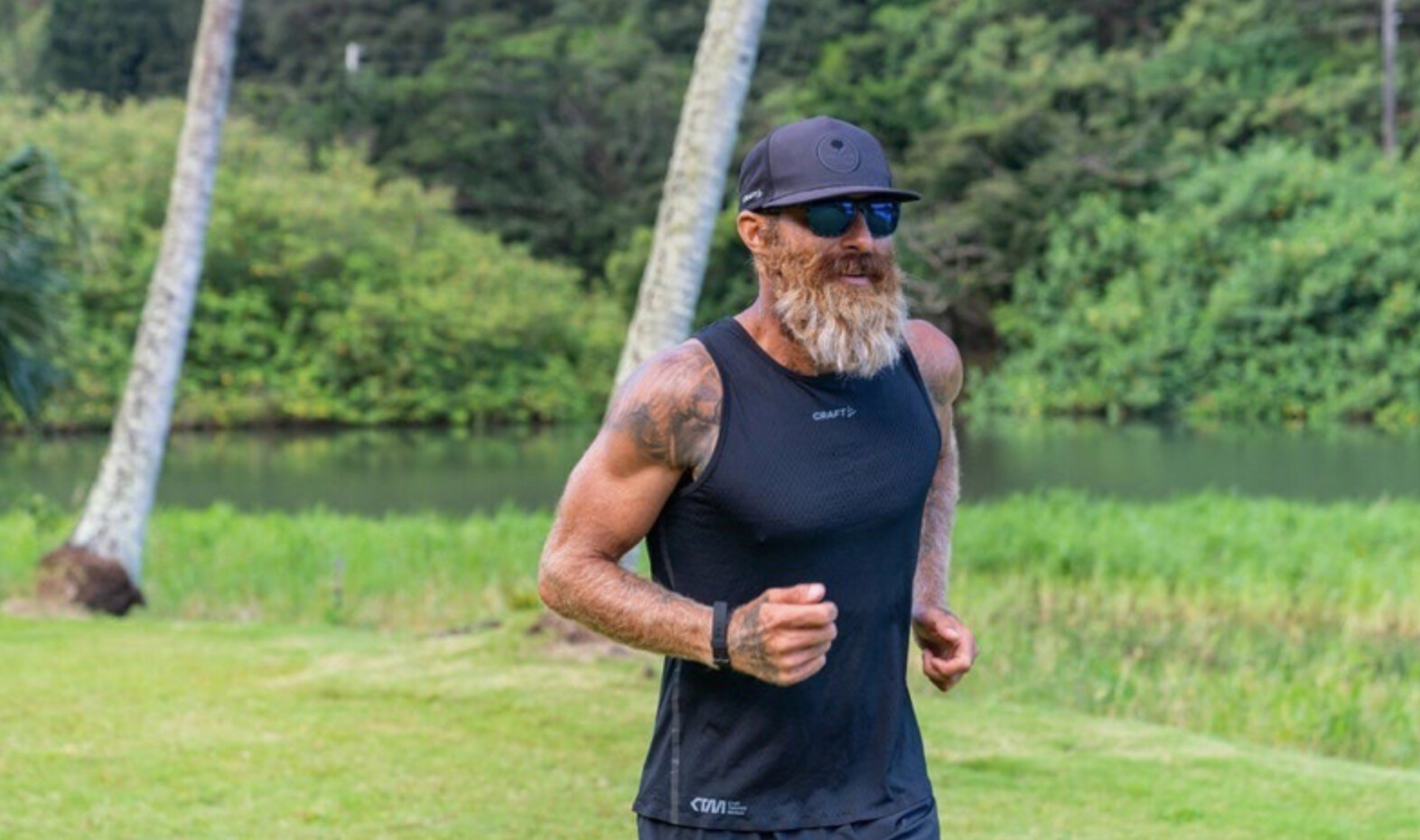
Few, however, covered the course with as much joy and gratitude or received so much support and goodwill. The 37-year-old is a far different runner now than he was in 2017, after a near-death battle with a rare and aggressive form of lymphoma.
"I know I am one of the lucky ones, to still be alive," he says.
This time around, Puzey's 26.2-mile journey was a celebratory benchmark of progress on his new athletic quest, where the primary goal is to be fit enough to battle cancer if-or, more likely, when-it returns. His blood and chest scans have been cancer-free for the past 15 months-after he completed six rounds of chemotherapy-but doctors have told him the rare form of cancer still has a high probability of relapsing.
"You hope that never happens, but I'm still in the bunker." he says. "It's not over for me yet. I'll always be looking over my shoulder. It's all hovering just out of sight or circling above me."
In June 2020, Puzey returned home to Flagstaff from a routine training run in the Grand Canyon feeling exceptionally fatigued and disoriented. He initially assumed he was suffering from heat stroke or severe dehydration; later, he thought it might be COVID-19. But when he ultimately checked himself into a hospital two weeks later, doctors diagnosed him with a rare form of cancer and discovered his lungs had been almost completely overtaken by invasive nodules. Suddenly fighting for his life, he was airlifted to the Scottsdale hospital in late July and was eventually sedated into a medically induced coma
Five months and multiple surgeries and treatments later, Puzey was released from the hospital, weighing in at a gaunt 95 pounds and unable to cross a room without the aid of a walker. But he was alive.
Thousands of followers, who had come to know Puzey as much for his soulful posts and coaching wisdom as for his athletic achievements, poured out support as he candidly shared his experiences and emotions on social media during the long, slow recovery process.
Today, Puzey has regained much of the muscular physique that made him stand out in a field of lanky elite runners as much as his bushy reddish-brown beard and array of tattoos. But it's always been his relentless determination that has defined him as an athlete and helped him earn podium finishes in ultramarathon trail races, triathlons, and marathons.
That determination has been evident as he's slowly rebuilt his health. Last November, Puzey had just enough physical and aerobic strength to walk the New York City Marathon in about nine hours. Since then, he's been able to start a running routine again. These days, he says, he runs at a 10-to-12-minute per mile pace for 30 seconds, followed by 30 seconds of easy walking. He had been doing a routine of running 60 seconds, then walking 60 seconds, but that proved too ambitious, leaving him excessively fatigued.
On most days, Puzey, who continues to be sponsored as an elite athlete by Craft Sportswear, says he is out the door by 5 A.M. for four to five miles alternating running and walking. He bikes to school with his three daughters before continuing solo for a two-to-four-hour ride, keeping the pace "slow and methodical." Later in the day, usually after a nap, he'll try to get in another hour-long run-walk session before getting back on his bike to pick up the girls at school. Throughout the day, he'll do dozens of push-ups, pull-ups, sit-ups, and planks to build general strength. Occasionally he'll get in a swim.
"He's still pushing his body more than most people do," says his wife, Steph Catudal. "That's the only way he knows how to exist, just forward movement, being outside and being on his feet."
Still, Puzey's adaptability impresses Catudal. "It's just so beautiful to see him embrace that and not be frustrated and not be angry and bitter that he's not where he was a couple of years ago," she says. "It's so inspiring for me to see that he is happy where he is right now and coming to terms with it all, and that he's accepting that 30 seconds at a time is what it is, and that's OK."
The hardest adjustment, Puzey says, is how long it now takes to build fitness. "The process is exactly the same now-stress, rest, and replenish-it's just a lot more gradual trajectory, and progress comes much more slowly."
No matter how hard he works, Puzey's oxygen capacity will likely never be remotely close to what it was two years ago. His pulmonary and critical care specialist Dr. Seth Assar says his lungs are like Swiss cheese, replete with holes and scar tissue from where the cancerous nodules had been.
His passion for endurance sports, however, had never been about race results but about the pursuit of excellence within the bounds of his potential. That passion holds true now. "Satisfaction and happiness in life don't come from sitting around and doing nothing," he says. "It comes from working really, really hard at something and actually accomplishing it from time to time. That is where happiness is found, in that struggle."
And Puzey recognizes the opportunity he's been given and the responsibility that comes with it. "This has been really rough, but it could have been much worse and much different," he says. "I'm one of the lucky ones, with the gift of having another chance, and because of that, I feel morally obligated that there is a responsibility to test the limits of this new potential. I owe that to my family. I owe that to myself. I owe that to my physicians and my nurses. And I also owe that to the tens of thousands of people who have supported me and my family. If I don't seek out that potential, then it's a mockery to the people that supported me, and it's also a mockery to the people who don't have this opportunity."
While his rare type of leukemia/lymphoma has a very high recurrence rate, Assar says Puzey has exceeded expectations every month since his release from the hospital, and that gives hope for sustained remission. In the event that it does come back, Puzey's renewed strength and fitness will be an asset.
"I don't see Tommy as living with a dark cloud over his head," Assar says. "He's gone on with his normal life. He's pushing himself every day. He's not living under the fear and the burden that this disease is just going to go ahead and sweep him up one day. Tommy is living."
What better way to affirm that you're still living than running Boston? "Running a marathon is a time stamp in which we're able to declare 'I am here.'" Puzey says. "So, I am here. This is where I am right now. It's not where I want to be, it's not where I want to be forever, but it is where I am right now."
(04/30/2022) ⚡AMPby Trail Runner Magazine
Elite runner leading Hamburg Marathon fumbles bottle, goes back to get it
Last weekend at the Haspa Hamburg Marathon in Germany, Abraham Kiptoo of Kenya was leading the race when he fumbled his hydration bottle at a water station. Instead of moving on, Kiptoo turned around and ran back to get it, while being passed by 10 or so runners.
We aren’t sure how much time this would’ve cost Kiptoo, but a sudden change in movement can certainly affect your rhythm and cadence. Kiptoo ended up finishing the race eighth, in a personal best time of 2:06:59. Cyprian Kotut of Kenya won the marathon in a course record time of 2:04:47, in a thrilling sprint victory over compatriot Stephen Kissa (2:04:48), whose time set a Ugandan national record.
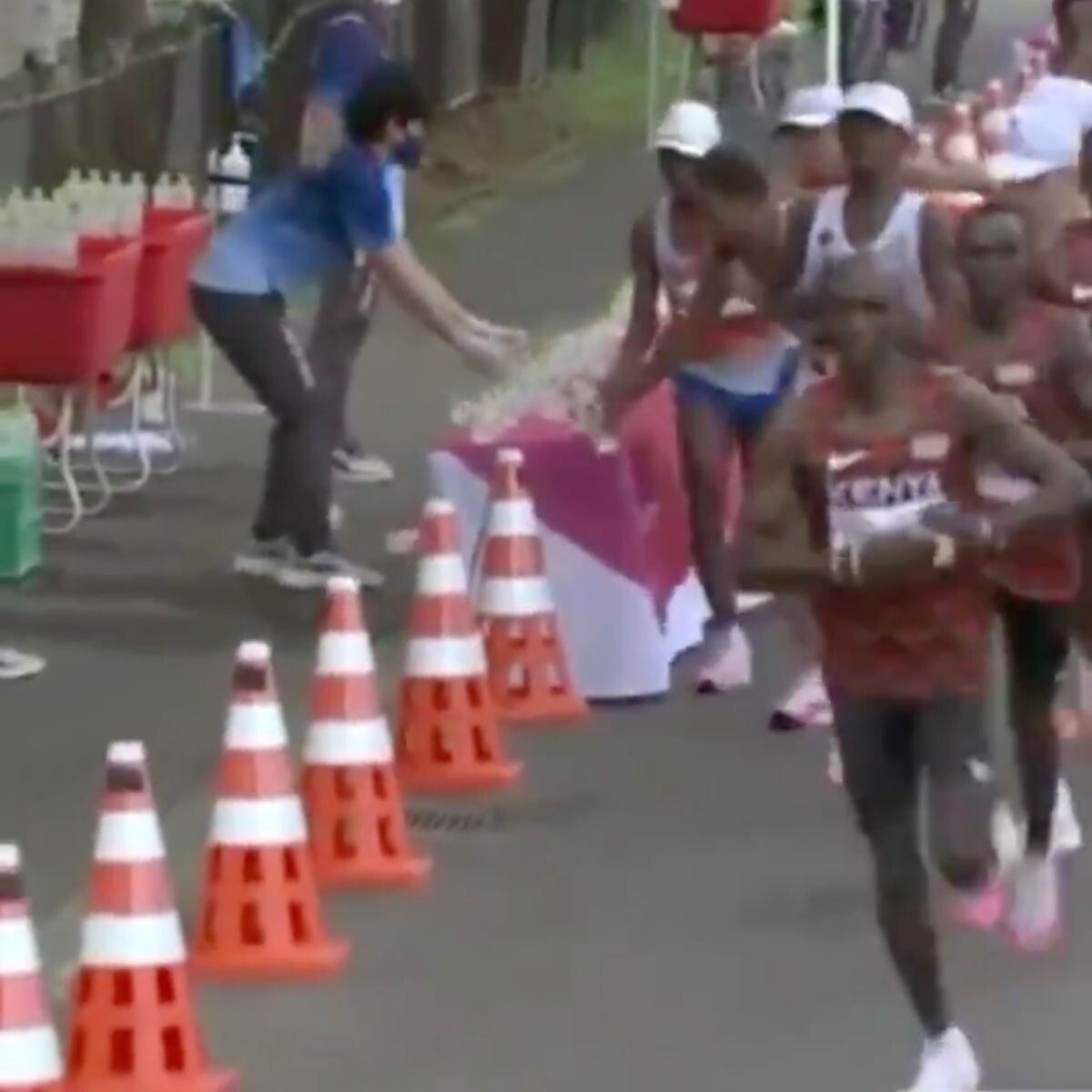
On the other hand, Kiptoo obviously knows how important hydration is for optimal performance. Who’s to say he didn’t gain back what he lost, by making sure he salvaged his bottle? If you can constantly maintain your hydration, it will optimize your performance and might help you avoid a trip to the medical tent. It’s important to balance how much fluid your body loses through sweat and how much fluid you drink during a hard effort like a marathon or long run.
The incident happened between 25 and 30 km into the marathon, a point in the race where hydration is particularly important as your body becomes fatigued. Usually, at larger marathons, water/aid stations are available every two to four kilometres.
Although the young 23-year-old Kiptoo lost time, he managed to catch back up to the lead pack, to only drop off around the 35 km marker, as Kissa and Kotut surged on.
Kiptoo is an elite runner who trains with Eliud Kipchoge and Geoffrey Kamwaror of the Ineos NN Running Team based in Iten, Kenya.
(04/30/2022) ⚡AMPby Running Magazine
How to Choose a Running Partner
Choosing a running partner is similar in many ways to choosing a mate. Compatibility, chemistry, and ability to get along are very important.
A running partner will experience you during your best, and worst, times, and will be expected to be there for you through thick and thin. Finding a good running partner is no easy task, and there are a number of considerations that should be made when looking for a good fit.

Pace
One of the most important considerations when choosing a running partner is the pace that each runner prefers to run. If one runner is significantly faster than the other, the faster runner should be honest about whether or not he or she is comfortable slowing down. In turn, the slower runner should not take offense if his or her pace is too slow. Occasionally, a faster runner will agree to join a slower runner during an easy or recovery day.
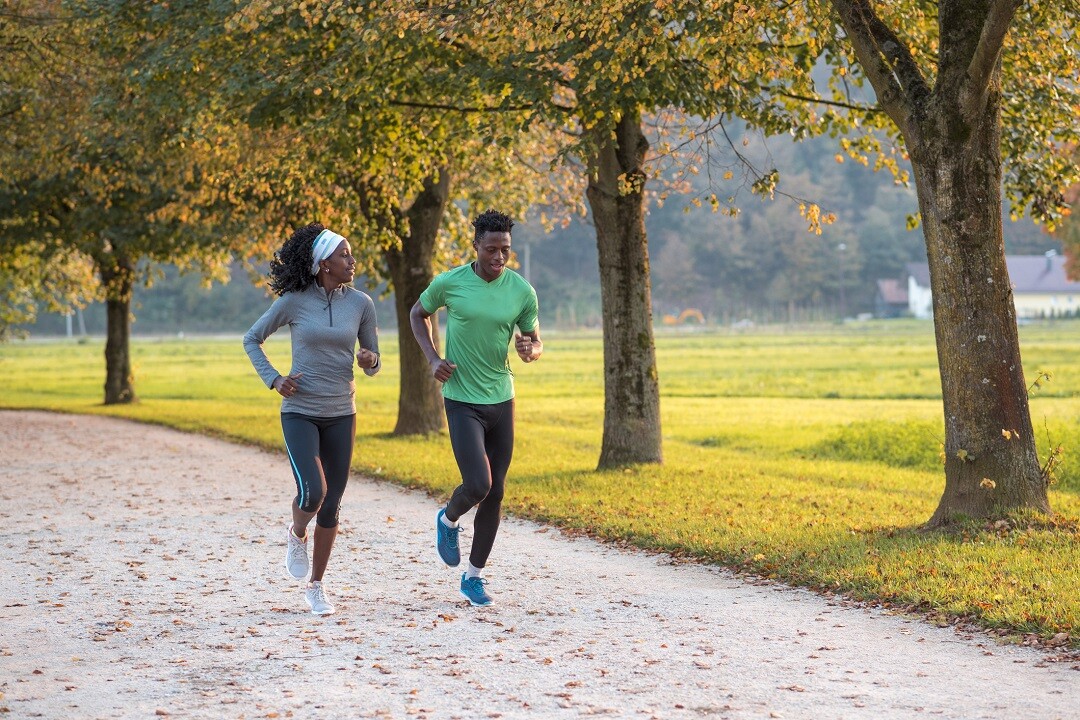
These types of situations work very well, because the faster runner can benefit from being held to a slower pace, while the slower runner may be forced to run slightly faster than normal. For beginning runners, however, finding someone very close to their goal pace is highly recommended.
Compatibility
Choose a running partner who is compatible with your lifestyle. For instance, if you are only available to run in the morning, finding a runner partner who is only available in the evenings will not work. Also seek someone who has the same tendencies as you. If you like to talk while you run, someone who prefers only the sound of his or her footsteps will not be a good partner.
Goals
A factor that can make having a running buddy indispensible is choosing someone with a similar goal as you. For instance, if your goal is to qualify for the Boston Marathon, finding another runner with a similar desire can help keep you motivated and on track. Running partnerships that mix two people with drastically different goals often fail due to resentment.
For instance, if one person is simply running for fun while the other person is running competitively, each party may feel frustrated with the other person’s level of commitment.
Opposites Attract
While compatibility is a great quality for a running partner, bear in mind that running with someone who has certain opposite features can also be good. For instance, if you are good at long runs but not very good at speed workouts, seeking a running partner who is great at speed but not so good at distance can benefit both of you.
Attitude
Always look for a running partner who has a similar attitude as your own. If you are an overwhelmingly positive person, you will not enjoy the company of a pessimist, and vise versa. Some of the best running relationships have been ruined because one runner sees the world through rosy colored glasses while the other prefers to think that every glass is half empty.
(04/29/2022) ⚡AMPAmputee runner Jacky Hunt-Broersma completes 102 marathons in 102 days
As Forrest Gump in the Oscar-winning 1994 film of the same name, lead actor Tom Hanks abruptly trots to a halt after more than three years of nonstop running and tells his followers, "I'm pretty tired. I think I'll go home now."
Jacky Hunt-Broersma can relate. On Thursday, the amputee athlete achieved her goal of running 102 marathons in as many days, setting an unofficial women's world record.
And she can't stop/won't stop, saying she will run two more for good measure and wrap up her challenge Saturday with 104.
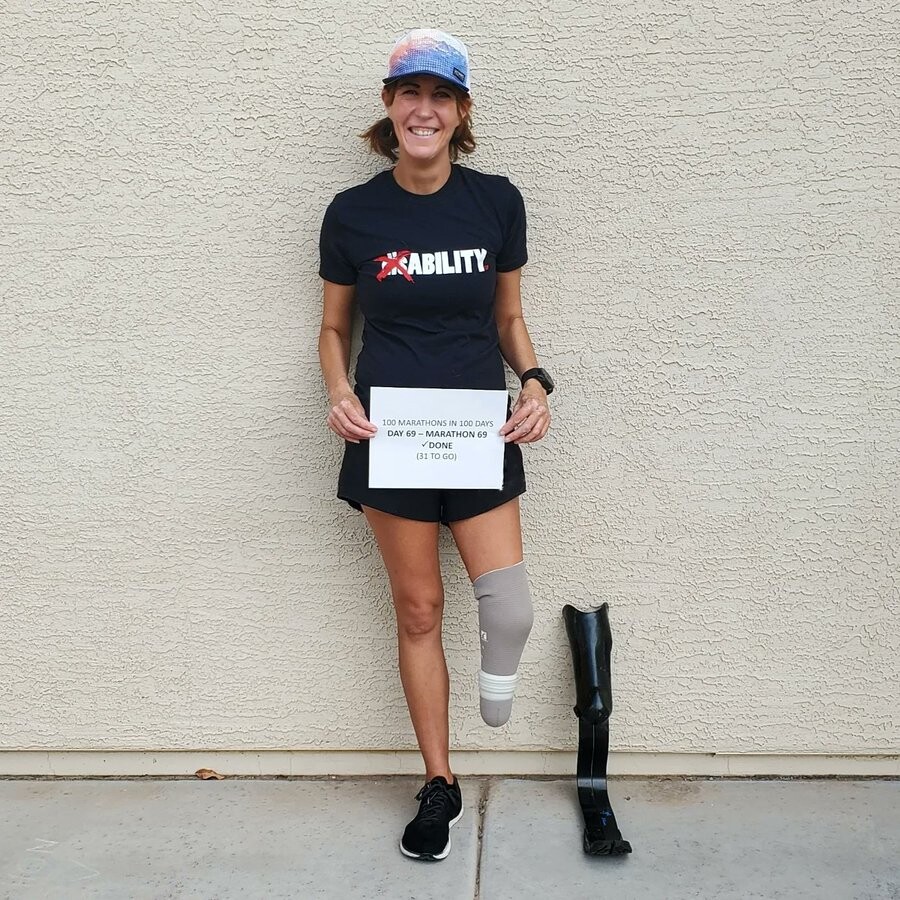
"I might as well end April with a marathon," she told The Associated Press.
Britain-based Guinness World Records did not immediately respond to an email requesting comment. Guinness lists the men's record for consecutive daily marathons as 59, set in 2019 by Enzo Caporaso of Italy. It can take up to a year for the organization to ratify a world record.
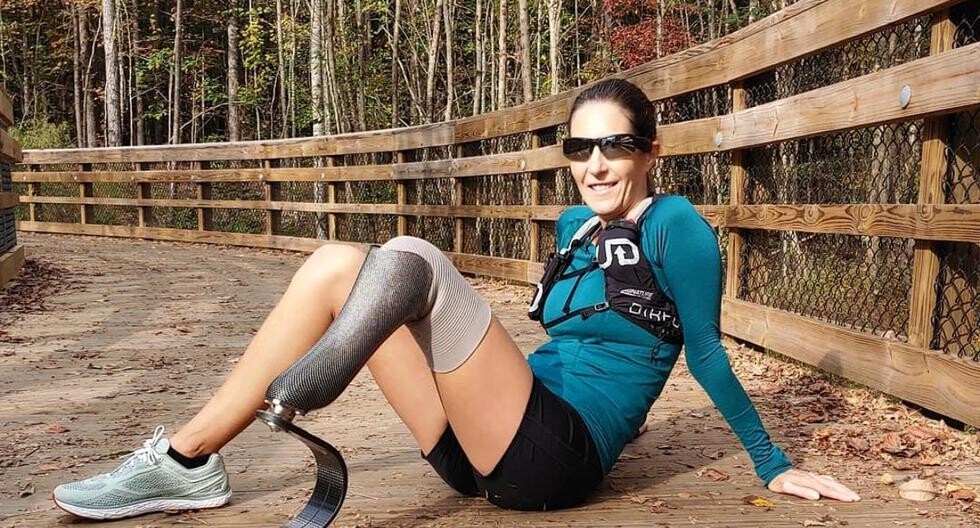
"I'm just happy that I made it. I can't believe it," Hunt-Broersma said. "The best thing was the incredible support I've received from people around the world who've reached out, telling me how this has inspired them to push themselves."
Hunt-Broersma, 46, began her quest Jan. 17, covering the classic 26.2-mile marathon distance on a loop course laid out near her home in Gilbert, Arizona, or on a treadmill indoors. Since then, it's been "rinse and repeat" every day for the South Africa native, who lost her left leg below the knee to a rare cancer and runs on a carbon-fiber prosthesis.
Her original goal was to run 100 marathons in 100 days so she would beat the record of 95 set in 2020 by Alyssa Amos Clark, a nondisabled runner from Bennington, Vermont, who took it on as a pandemic coping strategy. But earlier this month, after nondisabled British runner Kate Jayden unofficially broke Clark's record with 101 marathons in 101 days, Hunt-Broersma realized she would need to run at least 102.
On foot, day in and day out, she has covered 2,672 miles -- the equivalent of running from her Phoenix suburb to Cape Cod, Massachusetts, or from New York City to Mexico City.
Along the way, Hunt-Broersma gained a huge social media following and raised nearly $27,000 to help fellow amputee blade runners get the expensive prostheses they need. Health insurance typically doesn't cover the cost, which can exceed $10,000.
Hunt-Broersma, who ran her 92nd at this month's Boston Marathon, hopes her quest will inspire people everywhere to push themselves to do hard things.
What's next for the endurance athlete? A 240-mile ultrarace to be staged over mountainous terrain in October in Moab, Utah.
(04/29/2022) ⚡AMP
Multiple U.S. record holder Molly Huddle and partner Kurt Benninger welcome their first baby
On April 26, Olympian and American-record holder Molly Huddle and her husband, Kurt Benninger (who is Canadian), welcomed the birth of their first child, Josephine Valerie Benninger. The couple met during their undergrad years at Notre Dame University in Indiana.
Huddle’s pregnancy was extremely well documented. Returning to elite competition after pregnancy remains poorly understood, and Huddle wanted to do her part by giving other women a peek behind the curtain. Huddle posted weekly updates to her Instagram, letting her followers know what she’d done for training and how it made her feel.
“Week 31: A lot of track and treadmill. It’s easier to stay flat and I can keep a water bottle nearby. Modifications are the name of the game at this stage. Made some adjustments to the core routine to avoid “the doming” happening on exercises that were fine only a few weeks ago,” she writes.
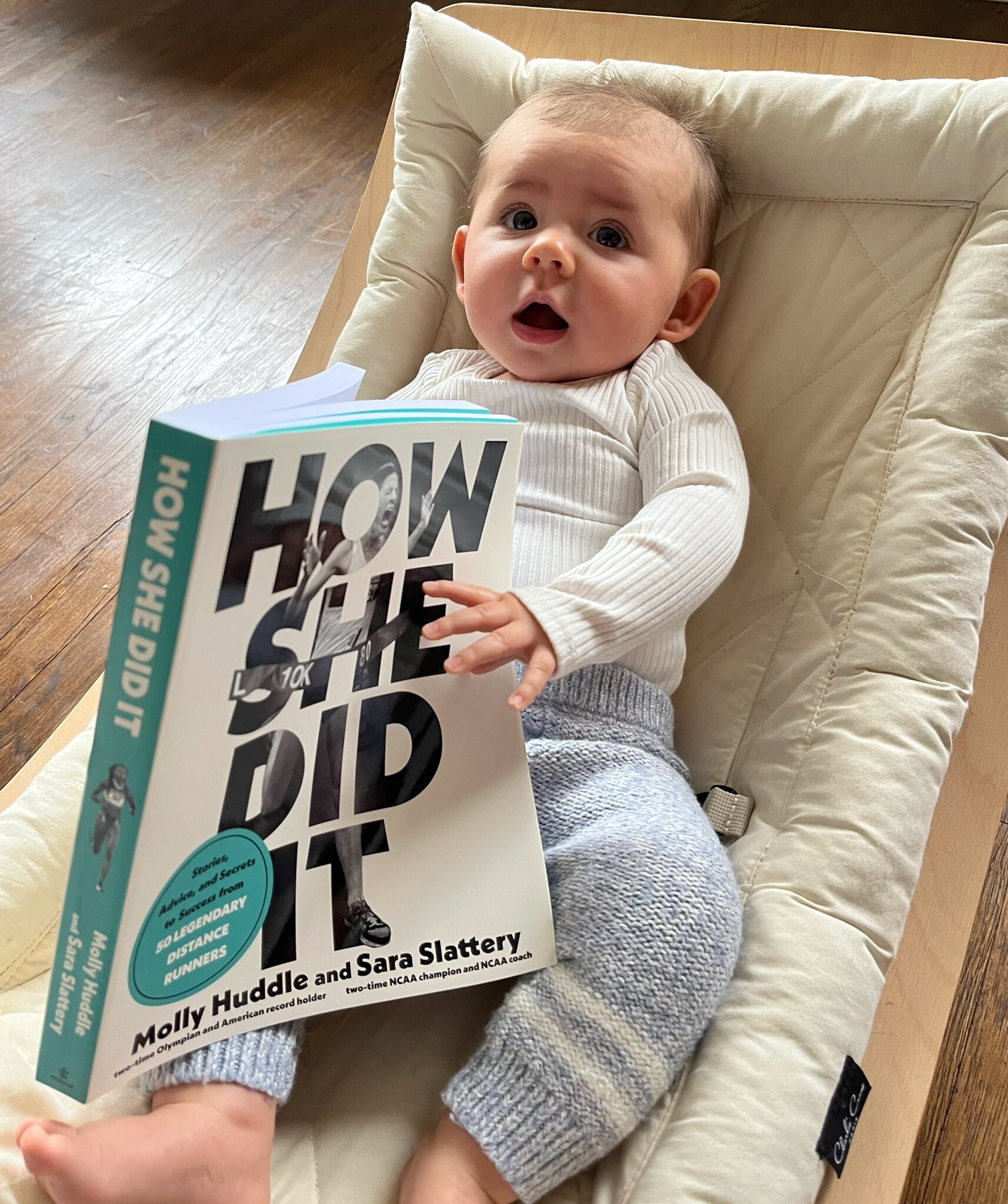
Beyond keeping followers up to date with her training, Huddle also provided tips and outlines things that, in retrospect, she wishes she’d done differently.
This year, Huddle, along with NCAA champion Sara Slattery, co-wrote their first book, How She Did It. The two women wanted to outline their paths from high school to becoming NCAA champions, to Olympic start lines.
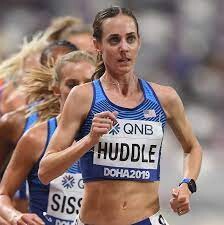
Beyond detailing their own stories, they compiled advice from more than 50 female runners, to help demystify the process for the next generation. The book features runners as diverse as Joan Benoit Samuelson and Raevyn Rogers, and shares their insights on the sometimes winding route to success.
Huddle and Benninger relocated from Phoenix, Ariz. to Providence, R.I. in 2021.
(04/29/2022) ⚡AMPby Madeleine Kelly
Five things you wish you had known before your first race
If you are preparing to tackle your first road race. Whether it’s a 5K or 42.2K (or something in between), we are here to help you out with what you wish you had known before your first race.
Here’s what fellow first-time racers had to say:

1.- “Have fun!”
Having fun is the most important thing all runners should remember to do going into their first race. There’s no need to put any pressure on yourself; have fun with the race, and take in the entire experience. Enjoy the music, the crowds and the general fun aura that builds around races.

2.- “Rest up in days prior”
It’s important to make sure you’re well-rested three to five days before the race, as the excitement may prevent you from having a good sleep the night before. Don’t partake in any strenuous activity you normally wouldn’t do the day before your race. Another thing one runner recommends is not to drink too much the night before. One or two drinks won’t hurt you, but any more than that are likely to impact your performance.
3.- “Don’t go out too fast”
It’s obvious that you’ll feel best at the beginning of the race. But with all the emotion of the start, it’s tempting to sprint off. But if you do this, you’ll pay the price later when you run out of gas.
4.- “Don’t try anything new on race day”
Avoid eating anything you wouldn’t normally eat before going for a run. That applies to anything, not just food–including shoes and clothing. It’s better to go with things your body has been comfortable with during training.
5.- “Go to the bathroom before the start”
Even if you feel like you don’t have to go, GO. We cannot stress enough that there is no worse feeling than having to halt your run for a porta-potty stop. If you go before the start, you can (hopefully) avoid needing to go again mid-race. Avoid lineups by going 15 to 30 minutes before the start of the race.
(04/28/2022) ⚡AMPby Running Magazine
How to dress for spring running, if anything is certain, it's the uncertainty of spring weather
If anything is certain in the spring, it’s the uncertainty of the weather. Cold, windy mornings can give way to sunny, warm afternoons. It’s often cold enough to make rain especially miserable, and in many places, snow remains a serious possibility until late spring.
It’s easy to remain either underdressed or uncomfortably warm from wearing too much clothing. The following tips will help you make the best choices for what to wear on your springtime runs.

Create your own ‘feels like’ temperature
Your body produces a lot of heat when you run, so add about 10 degrees to the ‘feels like’ temperature of the weather report. For example, if the weather says it’s 12 C outside, but feels like 8 C, you can assume that once you’re warmed up, it’ll feel more like 18 C, so plan to be comfortable at this temperature. If it’s raining, only add about five degrees to the forecasted feels-like temperature.

Of course, some people are much more sensitive to the cold, so understanding how your body reacts to various temperatures is important.
Layers still apply
You may think that the days of layering are over when the spring arrives, but don’t be too hasty. No matter how seasoned you are with spring running, you’ll still likely over or underdress some of the time. If you decide to wear a T-shirt but the weather’s dicey, tie a jacket around your waist in case you’re not warm enough. You can always take it off again if you get too warm.
Get a windbreaker
As we’re making the transition from winter to summer, the winds in many parts of the country can get pretty gusty and can make what should be a warm day feel a lot cooler. A lightweight windbreaker will help you control your body temperature, and if you get one that’s waterproof, you can also prevent those spring showers from soaking you to the bone.
Try some half-tights
Too cold for shorts but too warm for tights? Half tights or capris are the answer.
Get a hat
Nothing’s worse than going for a run and having the rain pelt you in the eyeballs the entire time. A ball cap will keep the rain off your face so you can actually see where you’re going. (Glasses-wearers especially appreciate a ball cap when it’s raining.)
Double down on the shoes
Having more than one pair of shoes is a good idea regardless of the season, because it can prolong the life of your shoes. In the spring, having a second pair serves a double purpose, because if your shoes get soaked or muddy one day, you have a dry pair to wear the next day while they’re drying. If getting two pairs of shoes isn’t an option for financial reasons, remove the insoles and stick them in a sunny area of your house (or better yet, outside in the sun) to dry more quickly.
(04/28/2022) ⚡AMPby David Smart
French steeplechaser Claude-Boxberger receives four-year ban for positive EPO test
French steeplechaser Ophélie Claude-Boxberger, who tested positive for the banned blood-booster EPO in 2019, has had her doping suspension extended to four years, according to France’s highest administrative court, le Conseil d’Etat.
Claude-Boxberger initially received a two-year suspension, but both she and the country’s anti-doping agency appealed the initial decision. Claude-Boxberger denied wrongdoing, while the French anti-doping agency believed the two-year ban was too lenient and requested an eight-year ban.

Claude-Boxberger tested positive for EPO during an out-of-competition test carried out on Sept. 28, 2019, before the 2019 World Athletics Championships in Doha, Qatar in October. Afterward, she revealed that she was romantically involved with the French team doctor, Jean-Michel Serra.
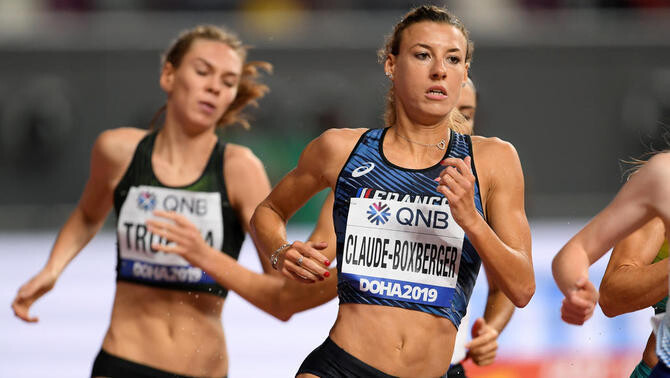
Claude-Boxberger is a five-time national champion in the 1,500m and 3,000m steeplechase and is the fourth fastest French steeplechaser in history, with a personal best of 9:35.56. She represented France at several European Championships and the 2019 World Championships, where she was eliminated in the heats of the 3,000m steeplechase.
She was suspended for two years in March 2021, retroactive to her positive test in 2019; she was allowed to compete until the latest decision. The current ban will run until April 2024, which means she will likely be able to qualify for the 2024 Olympic Games to be held in Paris.
(04/28/2022) ⚡AMPby Marley Dickinson
Sir Mo Farah will be targeting his eight victory at the Vitality London 10,000 as his first race back since picking up an injury last year
More than 16,500 people will take part in the Vitality London 10,000 on Bank Holiday Monday May 2, headed by elite races that will see Sir Mo Farah returning to racing for the first time since June 2021 and the event debut of in-form Eilish McColgan, who could threaten Paula Radcliffe’s 19-year-old British and European 10K record.
Sir Mo is the most successful athlete in the history of the Vitality London 10,000, with seven victories to his name, and the multiple world and Olympic champion will use this year’s event as his first race back since picking up an injury last year while trying to qualify for the Tokyo Olympic Games.
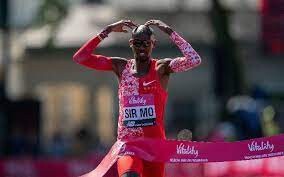
The 39-year-old will face his long-time friend and adversary Chris Thompson, as well as Phil Sesemann, the first British finisher at last year’s London Marathon. Andy Butchart, however, has had to withdraw from the race.
McColgan comes into the elite women’s race in red-hot form having smashed the British 5K record in Malaga, Spain, last Sunday (April 24). The Scottish star is already the owner of the women’s only British 10K record (30:52), which she set at the Great Manchester Run last year.
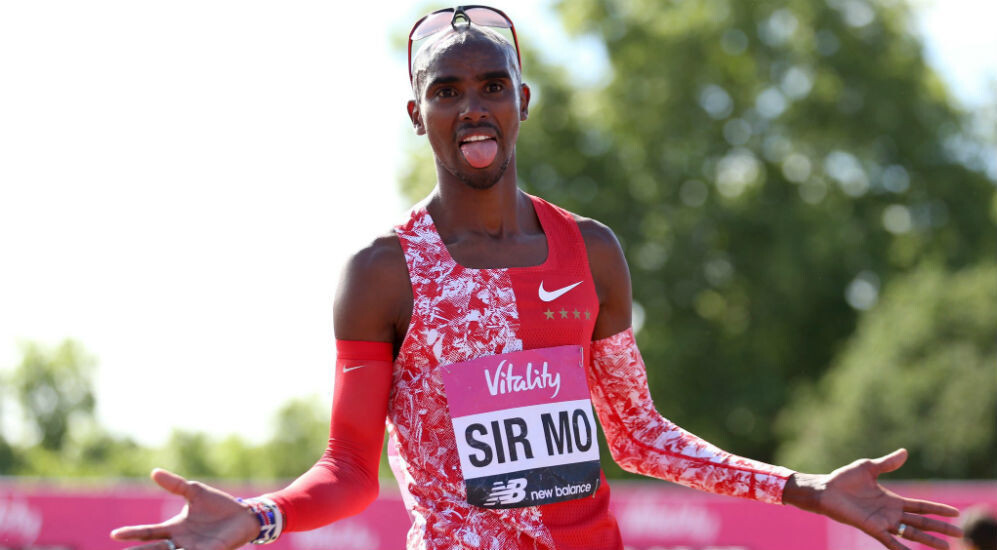
Only two British women have ever run faster over 10K than McColgan: Radcliffe, whose European and British record stands at 30:21, and McColgan’s mum, Liz Nuttall (formerly McColgan) who is the Scottish record holder with her personal best of 30:39 set in Orlando in 1989.
McColgan said: “I couldn’t have asked for a better start to my 2022 season than to set a new British 5K record in my first race. Now I’m really looking forward to coming back to the UK and running the Vitality London 10,000 and seeing what shape I am in over 10K.”
Joining McColgan in the elite women’s field is two-time Vitality London 10,000 champion Steph Twell and Jess Piasecki, the sixth fastest British woman of all time over 10K. Charlotte Purdue, who was ninth at The Boston Marathon earlier this month and was due to race, has had to withdraw due to illness.
A record 18 wheelchair athletes will take part this year, with the field led by Paralympic stars David Weir and Shelly Woods.
There will be 10 start waves at the Vitality London 10,000, including a Run for Ukraine wave, where the 2,000 entrants are encouraged to wearing blue and yellow and fundraise for the Ukraine relief effort. One hundred per cent of the discounted £15 entry fees for this wave will be donated by organisers London Marathon Events to the Disasters Emergency Committee (DEC) Ukraine Humanitarian Appeal.
Anthony Seddon, 40, from Brighton, is one of those who will be joining the Run for Ukraine wave, as part of a 1,569-mile fundraising challenge to raise money for a cause that means so much to him.
Anthony’s wife Anna is Ukrainian and he is running 10 kilometres for as long as it takes to complete 1,569 miles – the distance between the football grounds of Brighton and Hove Albion, the club he supports, and Anna’s favourite football team in her home town of Dnipro.
Anna’s mother has fled Ukraine to live with the couple in Brighton, but the remainder of her family remain in the war-torn country.
Anthony said: “Anna has many friends and family still in Dnipro, some unable to leave but most wanting to stay in their homes.
I met Anna while watching England play football at the Euro 2012 tournament. As it was football that brought us together, I have committed to run those 1,569 miles, the distance from Brighton’s Amex Stadium to the Dnipro Arena by way of running events like the Vitality London 10,000 and other half and full marathons until I complete the distance.
“Between our fundraising page and money donated by friends and family beforehand we have managed to send more than £16,000 of aid so far and we hope we can send so much more. Every penny we raise is spent solely on medical aid.”
After a successful first edition in 2019, the Celebrate You wave returns to this year’s Vitality London 10,000 to promote the mental health benefits that regular exercise delivers.
The wave of 1,000 participants will be led by Celebrate You co-founder, journalist and author Bryony Gordon who will be running her 10th consecutive 10K as part of her ‘10 days of 10Ks’ challenge to promote the importance of activity for mental health and the peer support group Mental Health Mates that she founded in 2016.
Also running in the Celebrate You wave are theatre star Carrie Hope Fletcher, body positivity influencers and models Shareefa J and Jade Seabrook and Helen Thorn, one half of the comedy duo Scummy Mummies.
The Vitality Westminster Mile, staged in partnership with Westminster City Council, takes place on Sunday 1 May, with thousands of participants taking on a series of mile events throughout the day from 10:00 to 14:30.
Among the 15 waves on the day are the #RunforRuth wave for the Ruth Strauss Foundation, led by Sir Andrew Strauss, and a Special Olympics GB Unified Mile. There are also nine family waves, a parkrun wave and a junior wheelchair athletes wave. Parents or guardians have been able to register children under-12 for free.
The free Vitality Wellness Festival takes place in Green Park on both days, featuring exciting free activities for children on the Sunday and the chance to run on the Vitality Tumbleator, a giant treadmill, on both days.
The events share one of the most stunning Start and Finish Lines in sport, with The Mall providing the setting for an iconic start and Buckingham Palace as the backdrop for a stunning finish.
The Vitality London 10,000 will be broadcast live on BBC Sport Online, iPlayer and Red Button, as well as the Vitality London 10,000 Facebook page, from 09:45 to 11:45.
(04/28/2022) ⚡AMPVitality London 10,000
The Vitality London 10,000 takes you past many landmark sites, including the London Eye, Buckingham Palace and the Bank of England – so you even get to do a bit of sightseeing along the way! You will run alongside elite runners and have coverage from the BBC, making this 10km one of the highest in profile of its kind....
more...What not to do after a long run
Sometimes, you actually have to do the wrong things to know what doesn’t work for you. To confirm it’s not just a thing people say to not do, but a thing people say for a reason. For me as a runner, this means knowing what works (and what doesn’t) the afternoon after a marathon training long run.
Sadly, this post could alternatively be called: ‘A list of things I’ve done after long runs and later come to regret.’
What Not To Do After A Marathon Training Long Run

I do more of these things than I should admit.
Consider this post a case of do as I say, not as I do.

Be A Couch Potato
It will be tempting to do nothing after a long run. After all, you’ll be tired and you’ve earned some rest, right?
Not so fast!
If you sit on the couch and don’t move, your muscles will tighten up.
You will really regret it when you have to move again.
After your run
Stretch and cool down properly.
Keep moving through the day so your muscles stay loose.
Foam roll or use The Stick later in the afternoon.
Take a walk around the neighborhood or an easy bike ride the afternoon after a long run. Nothing too strenuous, but keep your body and your muscles moving, at least a little.
Not Refuel or Rehydrate
I’m often not very hungry when I finish running. By the time I finish stretching and cooling-down, I’ll often forget to eat.
This is bad.
After your run, your body will be depleted. Even if you’ve fueled well on the run, your body’s stores of carbs, glycogen, protein, and water will all be running low.
In order to rebuild the muscles that you’ve broken down on your run, refuel.
After your run
Eat something with a carb to protein ratio of 3:1 (think peanut butter toast) within 20 minutes of finishing.
Eat a full meal within 3-4 hours.
Drink water all day.
Stay in Running Clothes
My apologies for TMI, but I am a super sweaty runner. I could run 100 yards in near freezing temps and I’d likely break a sweat. Can you imagine what I look like after a long run?
I’m often far from home for my long runs, or running with a group where we may socialize or brunch after we’re done running.
All that to say, I often find myself staying in my running clothes way longer than I should.
It can be very bad to stay in sweaty running clothes when you’re done running. It creates all kinds of bacteria and fungus issues.
Staying in damp clothes can also make body temperature issues worse. After a long run, how can I be freezing and roasting at the same time? I have no idea, but staying in damp running clothes doesn’t help.
After your run
If you are at home, get out of running clothes and shower ASAP.
If you are out and about, do a wet wipe shower and change into dry clothes in your car or a nearby bathroom
Ignoring Rest And Recovery
This one has never been a problem for me personally, but I know some people struggle with it: after a marathon training long run, you need to let your body recover.
The day after a long run should be a rest day or an easy run/active recovery day. Don’t do an intense or difficult workout the day after a long run.
Leave the track work and speed work for a few days after a long run.
Rocket Science Or Brain Surgery
OK, not those things exactly, but anything requiring brain power.
Runner’s Brain is a very real thing. The glycogen that fuels your body also fuels your brain. As you run (and your glycogen is depleted) your brain may get a little fuzzy.
I can usually feel myself starting to get stupider around mile 14.
After your run, your brain may stay a little fuzzy while your body refuels.
After your run
Don’t make any important decision, or anything requiring major brainpower, the afternoon after a long run.
Refuel (but you are already doing that from above, right?)
Be easy on yourself and arrange your day (and your to-do list) accordingly.
Have That Important Conversation
Related to not doing brain surgery, don’t do anything that requires (or potentially requires) emotional control or restraint.
Again, you’ll be emotionally and physically exhausted. When that happens, it can be hard to control your emotions.
You don’t want to have to apologize for something you said to your spouse while exhausted after a long run.
After your run
Make sure your family/loved ones know what to expect.
Try to notice if or when you are losing your patience or temper. This is good advice for always, but especially on long run days, when you’ll have a (much?) shorter trigger.
Don’t Give In To Cravings
Marathon Training long run days can be a dangerous one-two punch:
You’ll be tired, so your brain may crave fatty, high-calorie foods (even more so than usual); and
You’ll have done a really hard workout, so you may be more inclined to treat yourself.
There is even a name for this: hedonic compensation. Rewarding yourself for doing something virtuous.
I can’t in good conscience advise you to not treat yourself.
I know the ‘right’ fitness advice is to not use food as a reward for fitness accomplishments, but I know, after years of trial and error, it is one of the few rewards that consistently works for me, so I do it.
Rare is my long run that isn’t rewarded by pizza, a can of coke, and/or a cupcake.
That’s right, I said ‘and.’
I’m not ashamed.
After your run
Don’t use food as a reward for fitness accomplishments (sorry, I still had to include it. It’s good advice, even if I don’t follow it myself).
If you are going to reward yourself with food, plan it out in advance. Don’t buy a dozen cupcakes and tell yourself you’ll only have one after the run. One will lead to two, which will lead to three (not that I know that from first-hand experience or anything).
(04/27/2022) ⚡AMPby Sara Kurth
Reigning world champions Muktar Edris and Hellen Obiri headline World 10K Bengaluru 2022
After a three-year hiatus enforced by the pandemic, with the last edition of the World Athletics Elite Label Race taking place in 2019, race promoters Procam International have pulled out the stops to bring the very best athletes in the world to India’s technology capital.
Edris, from Ethiopia, is the two-time defending world champion over 5000m on the track and will be using the Bengaluru race as part of his preparations to become just the second man to win three consecutive titles in the event at this summer’s World Athletics Championships in Eugene, USA.
He is no stranger to India having made his half marathon debut in the 2020 Delhi Half Marathon, where he finished fourth in the stunning time of 59:04.
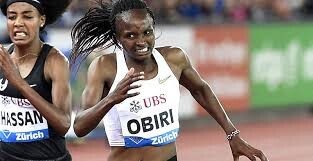
His arrival in Bengaluru fulfils a promise he made after that run. “And when I come back to India, I will certainly be aiming to win and make a bigger impression,” said Edris in November 2020.
Edris will have some strong competition if he is to fulfil his ambition.
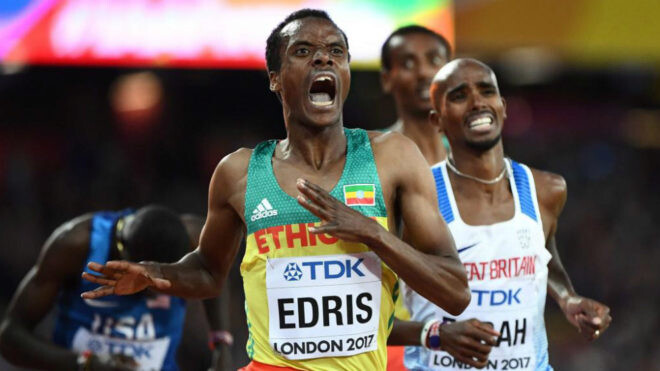
Also announced for this year’s TCS World 10K is the former holder of the world half marathon record Kibiwott Kandie, from Kenya, who has a 10km personal best of 26;51 from last year, almost a minute faster than the course record in Bengaluru.
Ethiopia’s Tadese Worku, who is still only 20, is another man with a 10km best inside 27 minutes, having run 26:56 last September just a few months after he won the world U20 3000m title on the track.
In the women’s race, Kenya’s Obiri will be making her Indian racing debut next month.
Like Edris, she has also won the 5000m at the last two editions of the World Athletics Championships and took silver medals over the same distance at the last two Olympic Games in Rio and Tokyo.
Into the bargain, Obiri can also claim two other world titles to her name after having won the world indoor 3000m crown back in 2012 and, more recently, she was the 2019 world cross country champion.
Both Edris and Obiri will have the TCS World 10K course records as their targets on 15th May.
Kenya’s Geoffrey Kamworor ran the men’s record of 27:44 in 2014 while the late Agnes Tirop, also from Kenya, set the women’s course record of 31:19 in 2018. Tirop also won the TCS World 10K in 2019.
Joyce Tele comes to Bengaluru having won the Agnes Tirop Cross Country Classic in February – a memorial race in her honour after her tragic death in October 2021 shocked the world – and has produced some outstanding half marathon times since the start of 2021. Tele ran a personal best of 1:05:50 to finish second in the Berlin Half Marathon earlier this month.
A third Kenyan to watch out for in the women’s race will be the 2017 world cross country champion Irene Cheptai, who also triumphed at the 2017 TCS World 10K a few months later.
Cheptai has been in good form recently with two strong second-place finishes in the prestigious New York and Prague half marathons in the last six weeks.
The TCS World 10K Bengaluru 2022 has a total prize fund of US$210,000, with the men’s and women’s winners taking home US$26,000. “It’s a true pleasure to be able to bring some of the world’s leading distance running stars to Bengaluru. The pandemic has meant this race has not happened since 2019 but we were always determined that, when conditions allowed, we would once again stage world-class races for elite runners and amateurs,” commented Vivek Singh, joint managing director of race promoters Procam International.
“Our commitment to getting India running again and helping people pursue a healthy lifestyle has never wavered and now we are back with a bang in Bengaluru,” he added.
In addition to the TCS World 10K for elite runners, there is an Open 10K, the Majja Run (5km) the Senior Citizens’ Race and the Champions with Disability Race (both 4.2km).
The Open 10K and the Majja Run can also be participated in virtual run. See the event website https://tcsworld10k.procam.in/ for details.
(04/27/2022) ⚡AMPTCS WORLD 10K BENGALURU
The TCS World 10k Bengaluru has always excelled in ways beyond running. It has opened new doors for people to reach out to the less privileged of the society and encourages them to do their bit. The TCS World 10K event is the world’s richest 10 Km run and has seen participation from top elite athletes in the world. ...
more...Five tips for muddy trails, as the snow melts and the trails thaw out, here are some ways to make muddy running fun
As the snow melts and the trails thaw out, sunshine, cool temps, birds twittering in the trees–what could be better than spring trail running?
Spring brings muddy, wet trails, with puddles and water flowing on the downhills. It can slow you down, affect your footing, comfort and (obviously) cleanliness. Mud’s a part of trail running, though, and with a few tips, you can make it fun.
1.- Choose the right shoes

For muddy runs, use your shoes with the deepest lugs on the outsole. Lace up tight, in case you end up fighting the suction power of deep mud. (And by the way, don’t wear white socks.)
2.- Shorten your stride
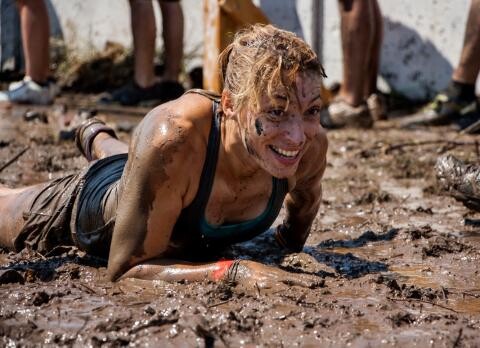
Take short, quick steps to prevent slipping. Pay attention to your shoulders, don’t slump or arch your back, and relax your body. All of this will help you be more aware of your surroundings. It will also be easier to recover your balance if you do slip, in which case you should slide with it until you slow down before correcting your direction of travel.
3.- Read the ground ahead
Trails on south-facing hills or in the sun dry out more quickly. The same goes for higher, more exposed trails, or rocky ground. Your favourite midsummer trail may be a mud pit. Once out on the trail, keep your eye on the terrain ahead and anticipate how it will affect your footing.
4.- Embrace the mud
Well, not literally, but don’t avoid every puddle or a muddy section, which widens trails–a significant problem in trail maintenance everywhere. You won’t be setting any PBs, so just slow down and enjoy the kid-like fun of splashing in puddles.
5.- Après-mud basics
You will be quite, well, muddy, so bring a towel to wipe off before you get in the car, fresh socks and a place where you can put your muddy shoes. Dirty shoes wear out faster than clean ones, so hose down your shoes when you get home, or clean them in a bucket before you use them again.
(04/27/2022) ⚡AMPby David Smart
Boston Marathon's unique running history honored with World Athletics Heritage Plaque
The Boston Athletic Association (B.A.A.), which organizes the B.A.A. Boston Marathon (1897), the world’s oldest annual marathon, officially unveiled the World Athletics Heritage Plaque awarded to the race in 2019.
The World Athletics Heritage Plaque is a location-based recognition, awarded for 'an outstanding contribution to the worldwide history and development of the sport of track and field athletics and of out-of-stadia athletics disciplines such as cross country, mountain, road, trail and ultra-running, and race walking'.
The official presentation of the plaque by World Athletics Heritage, which had been on hold due to the pandemic, took place in the race museum at B.A.A.’s HQ on Dartmouth Street, Boston, Massachusetts, where the plaque will be permanently displayed, and is adjacent to the finish line of the race.

The plaque was unveiled by Thomas S. Grilk, B.A.A. President & Chief Executive Officer, and World Athletics Heritage Director Chris Turner, in the company of Jack Fleming, B.A.A. Chief Operating Officer, and fellow colleagues from the B.A.A. organization.
The tough one

Boston’s notoriously demanding course, with its final incline ‘Heartbreak Hill’ 20 miles into the race that has gone down in marathon folklore, has floored many a world beater.
Amby Burfoot, the 1968 Boston Marathon champion, confirmed on Boston.com that the challenge is also “the downhill from the top of Heartbreak Hill to Cleveland Circle. This is called ‘Cemetery Mile’ for two good reasons: Evergreen Cemetery to the runners’ right, and the way the steep downhill deadens the legs, specifically the quadriceps muscles.”
Notably, despite the stature of the race, only five Olympic champions have ever managed to win in Boston.
Four women, firstly two-time Boston victor Joan Benoit (1979, 1983), who won the 1984 Olympic title in Los Angeles, and two three-time winners in Ethiopia's Fatuma Roba (1997, 1998, 1999), the Atlanta 1996 champion; Portugal's Rosa Mota (1987, 1988, 1990), who took the Olympic title in Seoul in 1988; and Kenya's 2022 Boston winner Peres Jepchirchir, who was the Olympic victor in Tokyo.
The sole male runner so far to accomplish the rare double is Italian Gelindo Bordin (1990), the Seoul 1988 Olympic champion, who took first place in Boston two years later.
The ‘American Marathon’
The racing singlets, running shoes, medals and trophies and hundreds of pieces of historic memorabilia in the B.A.A.'s museum pay tribute to the city’s famous marathon, which was inspired by and founded a year after the running of the inaugural Olympic marathon at the 1896 Games in Athens.
The B.A.A. itself had been established 10 years before. It was one of the association’s members, John Graham, who, as USA team manager at those 1896 Games witnessed the marathon race, proposed creating a similar long distance race in Boston.
The race, originally called the American Marathon, has an annual Monday date which makes it unique among elite international marathons. The Boston Marathon has always been held on the holiday commemorating “Patriots’ Day”, which since 1969 has become officially recognized as the third Monday in April.
The B.A.A., which has a mission to promote a healthy lifestyle, especially through running, has its HQ and museum virtually located at the finish line of the marathon.
Running treasure trove
The plaque, which is mounted on a wall in its own showcase in the museum, has joined a verifiable treasure trove of distance running artefacts associated with the race’s storied history.
The B.A.A.’s collection of memorabilia and its archive is always growing. In fact, they recently received a gift of a rare finisher medallion from the 1903 Boston Marathon. The competition bib number of last week’s Boston winner Jepchirchir is the very latest acquisition.
The perpetual Champions’ Trophy, which the winners receive immediately following the Boston Marathon, and the second place award (mounted plaque) from the first B.A.A. Boston Marathon in 1897 are standout exhibits.
Poignantly, the 2013 champion's medallion won by men’s victor Lelisa Desisa of Ethiopia was gifted back to the City of Boston in the summer of 2013, shortly after the notorious bombings which occurred on marathon day that year.
The collection, which contains hundreds of artefacts and thousands of images, has recently been renamed as the Gloria G. Ratti Collection in posthumous recognition of their long-time archivist and historian. Ratti was a B.A.A. Vice President on the Board of Governors.
(04/27/2022) ⚡AMPby World Athletics
Boston Marathon
Among the nation’s oldest athletic clubs, the B.A.A. was established in 1887, and, in 1896, more than half of the U.S. Olympic Team at the first modern games was composed of B.A.A. club members. The Olympic Games provided the inspiration for the first Boston Marathon, which culminated the B.A.A. Games on April 19, 1897. John J. McDermott emerged from a...
more...How to talk running with non-runners, runners are a unique breed, and sometimes ordinary people just don't understand
We’ve all been at a party or family gathering where someone says “oh so and so said you’re a runner […] do you do marathons?” Runners are a unique breed, and ordinary people don’t understand why you are putting in eight hours of run-specific training weekly for a 5K fun run three months away.
Whenever I tell someone I run, their first question is “oh, how many marathons have you done?” And then I disappoint them with the number “zero” and reply, “I run track.” They instantly feel the need to tell me all about how they came fifth in the 200m in Grade 5.
People who don’t run (or follow the sport) don’t understand, nor generally have any interest. It would be like someone with a passion for stamp collecting trying to talk to me about perforations and cancellations. It could be the bee’s knees for them, but outside of the “what’s your favorite stamp?” question, I am stumped.

Next time you are around a group of non-runners, here are a few conversation tips to keep them engaged.
1. Dumb everything down to 5K references

Most people have either walked or run a 5K. It’s a distance people can understand and imagine running (even if they haven’t). Questions like: “Have you ever done any races?” are easy conversation starters when chatting with people who you’re not sure are runners.
2. Avoid chatting about your mileage
Regular people don’t understand (or will think you are a lunatic) if you start chatting about how you run 10K every day, so avoid chatting about mileage. The conversation will go nowhere, and will be mystified as to why you torture yourself by running 70+ kilometers a week. They’re likely to respond, “I don’t even drive 80 km a week in my car.” Fair enough.
3. Weather is a hot topic
Even if they don’t run, bringing up the subject of “trying to exercise in bad weather” is something everyone can relate to. (Running in the snow isn’t as bad as trying to play some other sports in the snow. Like golf.)
4. Compare your training to common relatable things
No one will understand your fartlek runs, but you can help them understand by comparing them to something relatable, like learning a new language or playing an instrument. “Fartlek training is like rapid-fire on Duolingo when learning Italian, then taking a short break and repeating.”
5. Be sympathetic and positive
If they told you they ran 5K once, don’t trash their time or ask them why they quit running. Be sympathetic. Ask them what they enjoyed about training. Positivity can go a long way toward inspiring a non-runner to get back out there or to chase another goal.
(04/26/2022) ⚡AMPby Marley Dickinson
Kenyan Maurine Chepkemoi runs Enschede Marathon record
The 75th anniversary of the oldest marathon in the Netherlands – the Enschede Marathon – was marked with a women’s race record of 2:21:10 by Maurine Chepkemoi, while her fellow Kenyan Julius Tuwei won the men’s race in 2:07:43.
Chepkemoi triumphed in the World Athletics Elite Label road race ahead of her compatriot Philomena Cheyech (2:23:53) and Ethiopia’s Bezabeh Alemtsehay (2:24:42), while Tuwei gained his title ahead of Kenya’s Enock Onchari (2:07:52) and Ethiopia’s Deme Tadu Abate (2:07:59).
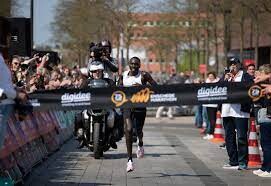
After passing half way in 1:10:06, Chepkemoi broke away with Cheyech and they clocked 1:39:19 at the 30km point. After passing 35km in 1:56:01, Chepkemoi began to edge ahead and built a lead of more than a minute over the next 5km, clocking 2:13:24 at 40km. She went on to win in 2:21:10, claiming victory by more than two and a half minutes.
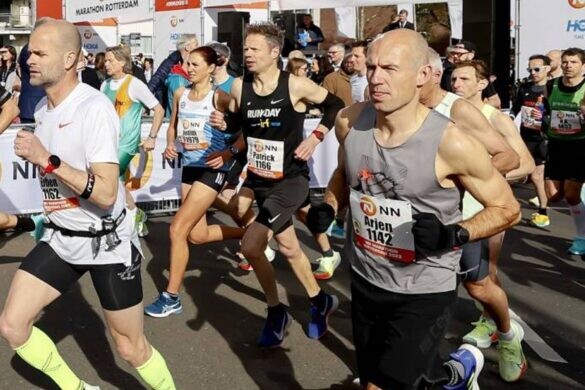
In the men’s race, Tuwei was joined by Onchari and Abate in a lead group that passed half way in 1:03:23. That trio remained together through 35km in 1:45:39 and 40km in 2:01:08 before Tuwei kicked to victory, winning by nine seconds in 2:07:43.
(04/26/2022) ⚡AMPby World Athletics
Enschede Marathon
Experience the oldest marathon in Western Europe! We write about August 1946. The European Athletics Championships were held in Olso and the I.A.A.F. conference had taken place. During that conference, an agreement was made to hold an athletics competition between the Netherlands and Czechoslovakia in Enschede in July 1947. Saturday July 12, 1947 was the big day: 51 participants took...
more...Munyao and Omare triumph at Gifu Half Marathon
Kenya’s Alexander Mutiso Munyao set a men’s course record and Dolphine Nyaboke Omare claimed a clear women’s race win at the Gifu Half Marathon, a World Athletics Elite Label road race, in Japan on Sunday (24).
In a close finish, Munyao clocked 59:56 to win by just seconds ahead of his compatriot Benard Kibet (59:57) and Emmanuel Moi Maru (59:58).
Omare, meanwhile, ran 1:08:13 to win by 47 seconds ahead of Australia’s Sinead Diver, whose 1:09:00 is a world W45 record. Japan’s Haruka Yamaguchi was third in 1:09:50.

In the men’s race, five athletes – Munyao, Kibet, Maru, Joseph Karanja and Charles Karanja Kamau – remained together through 15km, which was passed in 42:52. By 20km, reached in 56:51, it was down to just Munyao, Kibet and Maru.
From there, Munyao kicked to victory to lead his compatriots under the course record of 1:00:02 set by Bedan Karoki in 2014 and the one-hour mark.
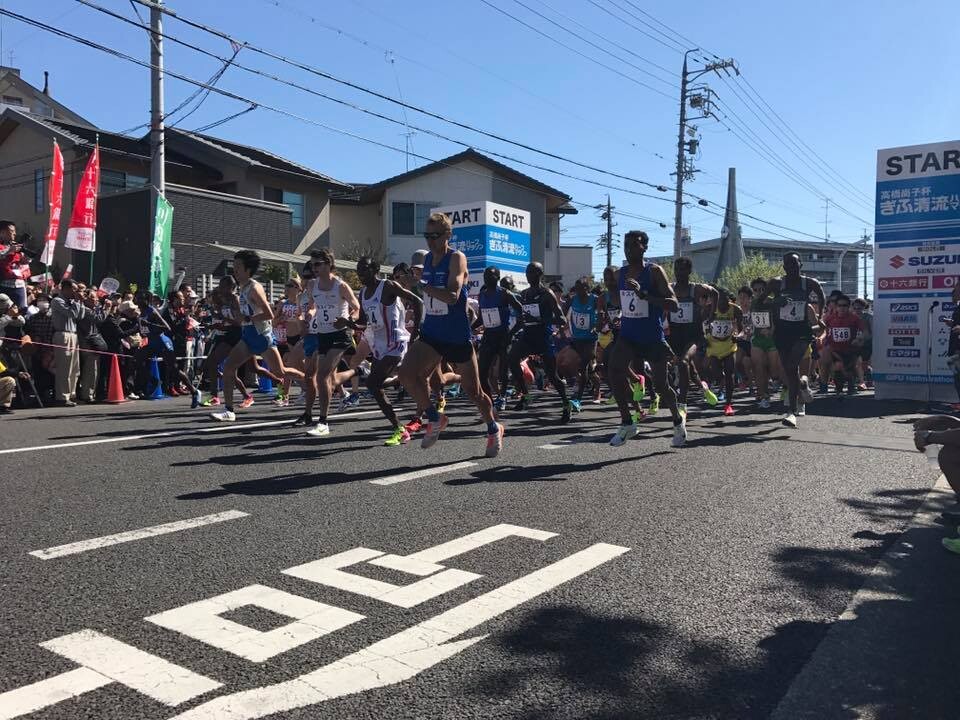
Karanja was fourth in 1:00:12 and Kamau fifth, 10 seconds behind him.
Omare had built a 31-second lead by 10km in the women’s race, passed in 32:20. Diver was just ahead of the chase group by that point, with her compatriot Eloise Wellings four seconds back from her.
Omare reached 15km in 48:46 and 20km in 1:04:40 before crossing the finish in 1:08:13. Behind Diver and Yamaguchi, Wellings was fourth in 1:10:42, one second ahead of Japan’s Reia Iwade.
(04/26/2022) ⚡AMPby World Athletics
Gifu Half Marathon
The Gifu Seiryu Half Marathon is an annual half marathon road running competition held in Gifu, Japan. First held in 2011, the race is also called the Naoko Takahashi Cup, named after Naoko Takashi, the retired local runner who won the marathon at the 2000 Sidney Olympics and broke the marathon world record in 2001, becoming the first woman to...
more...Experts nutrition tips for runners
If you are a runner, food acts as fuel and it plays a critical role in determining your performance and energy levels. Whether you prefer short jogging distances or you are a marathon runner, you must know the right type of food to consume, and when to eat it, in order to improve your overall performance. Check out these expert nutrition tips for avid runners.
Understand Nutrition Basics

When you run, your body will burn more calories, and you will need to replace them. If you are an avid runner, make sure your diet has these three macronutrients; – carbohydrates, fat, and protein. Carbohydrates are the primary source of energy in the body, and they are broken down into sugar glucose.

Fat stored in your body provides fuel when you run long distances. Protein helps your body rebuild muscles, prevents injury, repairs tissues, and facilitates the production of red blood cells responsible for carrying oxygen. You can consult your nutritionist about the specific foods items to include in your diet to ensure a constant supply of these nutrients.
Use Supplements
In addition to a balanced diet, you can also include supplements to improve your performance. Experienced nutritionists at https://kimuraathletic.com/ explain that among all supplements available, creatine is the most popular and science-backed nutrient that can play a pivotal role in helping you achieve your fitness and athletic goals. This supplement has no match, and it is safe to use. However, before you start looking into taking supplements, ensure you consult your physician.
Micronutrients
You need a diet rich in micronutrients since exercises like running are strenuous to the body. Some of the critical nutrients to include in your diet are as follows.
Calcium – is responsible for muscle contraction and bone health. It is mainly obtained from leafy greens and dairy products.
Vitamin D – is ideal for bone health, and it comes from the sun and other sources.
Iron – is vital for the development of red blood cells.
Antioxidants – reduce cell damage and come from foods like fruits, nuts, vegetables, and seeds.
Maintaining a diet consisting of whole foods will help you get sufficient micronutrients.
Timing
The timing of your diet depends on factors like the distance you want to cover, body tolerance, goals, and experience. If you intend to run for fewer than 60 minutes, you can exercise without eating or you may need a carbohydrate-rich snack. For a session that is more than 60 minutes, you will need a small meal rich in carbohydrates.
For marathon distances, you will need a strong meal rich in carbohydrates. You can include yams, potatoes, multigrain bread, whole-wheat pasta, and brown rice. During your run, you can consume micronutrients rich in carbohydrates. After the race, you can prepare a meal consisting of basic nutrients.
If you are an ardent runner, you must know the right nutrition to include in your diet to improve your overall performance. Food acts as fuel and it gives the body energy that will sustain you when you run long distances. Your basic diet should include carbohydrates, protein, fat, as well as micronutrients. You should also be cognizant of the most appropriate times to consume the different types of food before hitting the road.
(04/26/2022) ⚡AMPby Colorado Runner
The Best Stretches Before and After You Run a Race
Stretching before running is almost a universally known rule, probably because it’s drilled into us at school from a young age. We are taught that if you don’t stretch you’ll probably pull a muscle and end up injured.
We completely agree that stretching is important, but you might be surprised to know that the type of stretching taught in schools is known as static stretching, and can actually hinder your running performance.
Because of this some people question whether or not stretching is required before a race, and it’s actually a commonly debated topic.

For one perspective, check out this video by Expert Village for their view on why and how to stretch before and after a run.
So what’s this dynamic versus static stretching all about?

Basically, the stretching technique you engage will determine if your muscles become dynamic and activated (ready for a run), or static and relaxed (when you want to cool down).
The last thing that you want to do before running, or any form of strenuous exercise, is to tell your muscles to relax. You want your muscles to become activated, warmed up, and prepped for activity.
A pre-running Static Stretching Study carried out by researchers in Brazil and summarized by Runner’s World concluded that “static stretching results in “a reduced capacity of the skeletal muscle to produce explosive force” which translates into a slower starting speed during the race.
Basically, runners that stretched using static methods beforehand performed worse in the beginning of the run in comparison to those who used dynamic stretching techniques.
So now we know why dynamic stretching is better for you, but what does it involve?
Here are the main points from Expert Village.
How to Stretch BEFORE a Run
Dynamic stretches basically involve moving through a full range of motion but in an active movement.
The first example provided by Expert Village is the Straight Leg March, where you move through a full leg motion kicking you toes up towards the ceiling. Your leg during this kick is to be as straight as it can.
This will elongate the back of the thigh muscle, stretching it but keeping it activated.
The other major muscle in your thigh to be targeted is the ones at the front known as the quadriceps (or the quads).
This can be done by doing a Walking Quad Stretch, which is lifting your foot towards your buttocks while keeping your knees side by side.
You alternate legs by taking releasing your foot, taking a step forward (being active) and then raising the other leg.
Living Strong recommends stretching all the major muscle groups that’s are used in running, so this means the quadriceps, hamstrings, gluteals, and hip flexors while incorporating other movements that warm up the abdominal, back and calf muscles.
How to Stretch AFTER a Run
Stretching after a run is important, particularly if you feel any tightness or pain as the movements will help to relax your tired muscles.
This is where static stretching comes in, whereby you hold the stretch for a longer period of time and often repeat the stretch.
Static stretching is key in maintaining the flexibility of the muscle and releasing the tightness often experienced by pounding the pavement.
Exercises recommended by Expert Village include the Straight Leg Hamstring Stretch, where you sit on the floor with one leg elongate, using your hips and not allowing your back to curve, you then bend your chest over your leg to stretch your hamstring.
You’ll probably see a lot of people doing these stretches before a big race, but as we mentioned previously, that’s big no no.
For relaxing your quad muscles, try lying on the floor on your side, then lifting your foot to your buttocks whilst keeping your knees aligned. This is similar to the Walking Quad Stretch, just on the floor, and the stretch is held for a period of time.
(04/25/2022) ⚡AMPJordon Trof defens his title at Big Sur Marathon
Six days after running a career-best for a marathon in Boston, 21 days after surviving a 150-mile ultra-marathon in the Sahara Desert, Jordan Tropf treated himself to a trip to the California coast.
A mini-vacation with his wife, though, would not be complete without a little competition – or in this case, returning to defend his Big Sur International Marathon title.
“I’m just happy my schedule allowed me to get back out here and feel the energy of this crowd,” said Tropf, an orthopedic surgeon at the Walter Reed National Military Medical Center just outside Washington DC.
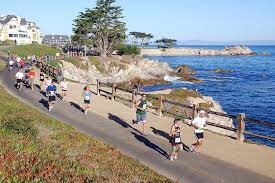
Still, on an adrenaline rush from clocking a career-best last Monday in Boston, Tropf went out and fed off the crowd down the stretch Sunday to comfortably win the 26-mile, 385-yard Big Sur Marathon in two hours, 26 minutes and 51 seconds.
The time was a record for an individual who ran both Boston and Big Sur one week apart. Tropf ran the Boston Marathon in 2:24.42. The overall meet record for Big Sur was set in 1987 by Brad Hawthorne, who ran 2:16:39.

“I’ll take it,” said the 30-year-old Tropf, who lives in Silver Spring, Maryland and is taking his wife to Yosemite Monday for hiking and sightseeing. “That is so cool.”
Anne Flower made her Big Sur debut memorable, jumping out in front early in capturing the women’s division in 2:49.49 – the only woman to break three hours.
Tropf is building a resume worth nothing, defending his title from 2019 – the last time the Big Sur Marathon was held before the pandemic shut it down the past two years.
Tropf has challenged himself over the past year in his training with 3:30 a.m. runs while becoming a surgeon.
Last year he entered the Guinness Book of World Records after running marathons in Baltimore, Chicago and Boston in three straight days, averaging 2:30 per marathon.
“My fitness is off the charts,” Tropf said. “But with all the miles I’ve logged of late, I was able to keep it together over the final 6 miles.”
The Naval Academy graduate Tropf asserted himself from the start, taking the lead early.
“I tried to keep him close,” said five-time winner Adam Roach of Pacific Grove, who took third. “He was going too fast for my pace in the first mile. I hoped I might be able to reel him in.”
Instead, Tropf set a blistering pace that he maintained over the hilly and at times windy course, averaging 5:36 per mile.
“I just went out early and took the lead,” Tropf said. “I felt good. With how my spring is going, all marathons are different.”
This was Tropf’s seventh marathon of the year, along with his 150-mile, six-stage run through the African desert four weeks ago.
(04/25/2022) ⚡AMPBig Sur Marathon
The Big Sur Marathon follows the most beautiful coastline in the world and, for runners, one of the most challenging. The athletes who participate may draw inspiration from the spectacular views, but it takes major discipline to conquer the hills of Highway One on the way to the finish line. Named "Best Marathon in North America" by The Ultimate Guide...
more...Fast times at the Meta Time Trials in Malaga
Eilish McColgan has set a UK 5km record of 14:45 at the ASICS META:TIME:TRIALS in Malaga.
She bettered her own 5km mark of 14:48 from the UAE back in February and Paula Radcliffe’s 14:51, set at Hyde Park in 2003, while McColgan is also close behind Sifan Hassan’s European 5km record of 14:44.

Fast times were the target and many were achieved at Sunday's META: TIME : TRIALS by ASICS, a World Athletics Label event in Malaga, with Ethiopia’s Tsegay Kidanu quickest in the men’s 10km with 27:14 and Britain’s Eilish McColgan among the national record-breakers in the 5km.
The event was specially organised to showcase the new METASPEED™+ Series footwear and McColgan, the 2018 European 5000m silver medallist, was among the athletes to go quicker than ever before. She led the women’s 5km in 14:45 to improve the official British record and finish ahead of Kenya’s Naomi Chepngeno with 14:57.
In the men’s race, Olympic finalist Mohamed Katir ran 13:20 to miss Jimmy Gressier’s European record by just two seconds. Felix Bour of France was second in 13:41.
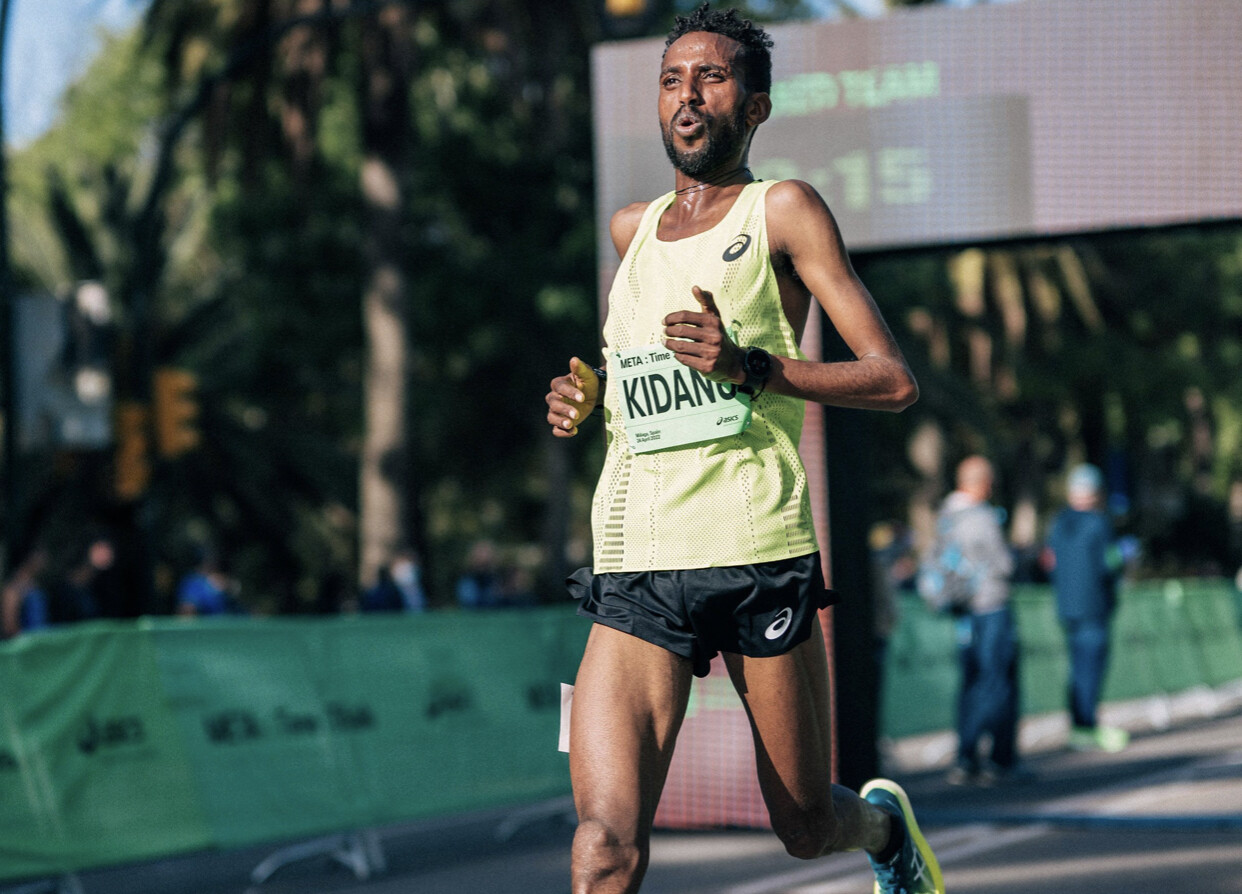
Kidanu impressed on his 10km road race debut, running 27:14 after passing half way in 13:42. That saw the 2019 world U20 cross country fifth-place finisher win by nine seconds ahead of Kenya’s Boniface Kibiwott with 27:23.
Kenya’s Vicoty Chepngeno, winner of the Houston Half Marathon in January, was this time racing over 10km and claimed top spot in 31:39, 16 seconds ahead of Sweden’s Sarah Lahti with 31:55.
Three athletes dipped under the hour in the men’s half marathon, led by Morocco’s Olympic marathon 11th place finisher Mohamed Reda El Aaraby with 59:54.
That saw him break the hour barrier for the first time, improving on his previous best of 1:00:17 set when finishing 13th the 2020 World Half Marathon Championships in Gdynia.
Kenya’s Wilfred Kimitei and Alfred Kipchirchir were just two seconds behind him, both clocking 59:56, while their compatriot Vincent Ngetich clocked exactly an hour.
Ethiopia’s Yeshi Kalayu Chekole claimed a clear win in the women’s half marathon, running a PB of 1:07:30 to finish 38 seconds ahead of Kenya’s Sharon Kemboi with 1:08:08.
(04/25/2022) ⚡AMPASICS META : Time : Trials
ASICS elite athletes from around the world came together to take part in a high-octane series of races inspired by the Tour de France, as they push each other to achieve their own fastest times ever. Over 80 athletes including British Eilish McColgan, Boniface Kibiwott, Vicoty Chepngeno and Mohamed Katir competed in World Athletics certified races of either five kilometers,...
more...Aleksandr Sorokin breaks 100K world record, Sorokin ran 6:05:41, averaging an insane pace of 3:39 per kilometer
The 100-mile and 24-hour world record holder, Aleksandr Sorokin of Lithuania, has added another world record to his resume by running 6:05:41 over 100K at the Centurion Running Track 100 in Bedford, U.K. on Saturday. Sorokin broke Japan’s Nao Kazami’s previous 100k world record of 6:09:14 from 2018 by almost five minutes.
The pace of Sorokin’s new 100K world record is three minutes and 39 seconds per kilometer, which is equivalent to running back-to-back marathons in 2:32:33. According to his Strava activity, his goal was to go out at 3:40/km pace, but he found that he felt good 70 kilometers in, picking up the pace to 3:30/km.

Sorokin also hit the 50K mark in 3:01:50 to set a new Lithuanian national record, breaking his previous 50K record of 3:02:39 from July 2021. The world’s fastest ultrarunner already owned three world records before this: 100 miles in 11:14:56, 12 hours (170.3 kilometers) and 24 hours (309.4 kilometres).
Leading up to his 100K world record attempt, Sorokin spent several months training at altitude in Kenya’s Rift Valley, running upwards of 250 to 300 kilometers a week (43 kilometers per day).
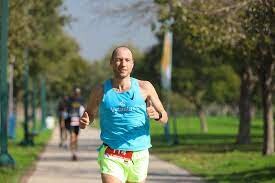
According to Ally Beaven on Twitter, Sorokin’s 50-mile split of 4:53:41 was the fourth-fastest ever, only three minutes behind Jim Walmsley‘s world record of 4:50:08.
It may not be too long until we see the Lithuanian ultrarunner go for his fifth world record over the 50-mile distance.
(04/25/2022) ⚡AMPby Marley Dickinson
Yalemzerf Yehualaw runs sensational 2:17:23 marathon debut in Hamburg and Kipchoge’s course record was shattered in men’s race
Yalemzerf Yehualaw won the Haspa Marathon Hamburg, producing a sensational marathon debut. The 22 year-old Ethiopian clocked 2:17:23 which is the fastest time by a debutant ever. So far Paula Radcliffe’s time of 2:18:56 from London in 2002 was the fastest debut time by a woman.
Yalemzerf Yehualaw became the sixth fastest women in the history of marathon running, broke the course record and set a German Allcomer record. Fikrte Wereta took second in 2:26:15 and Bone Cheluke made it an all-Ethiopian podium with 2:26:23 for third place.
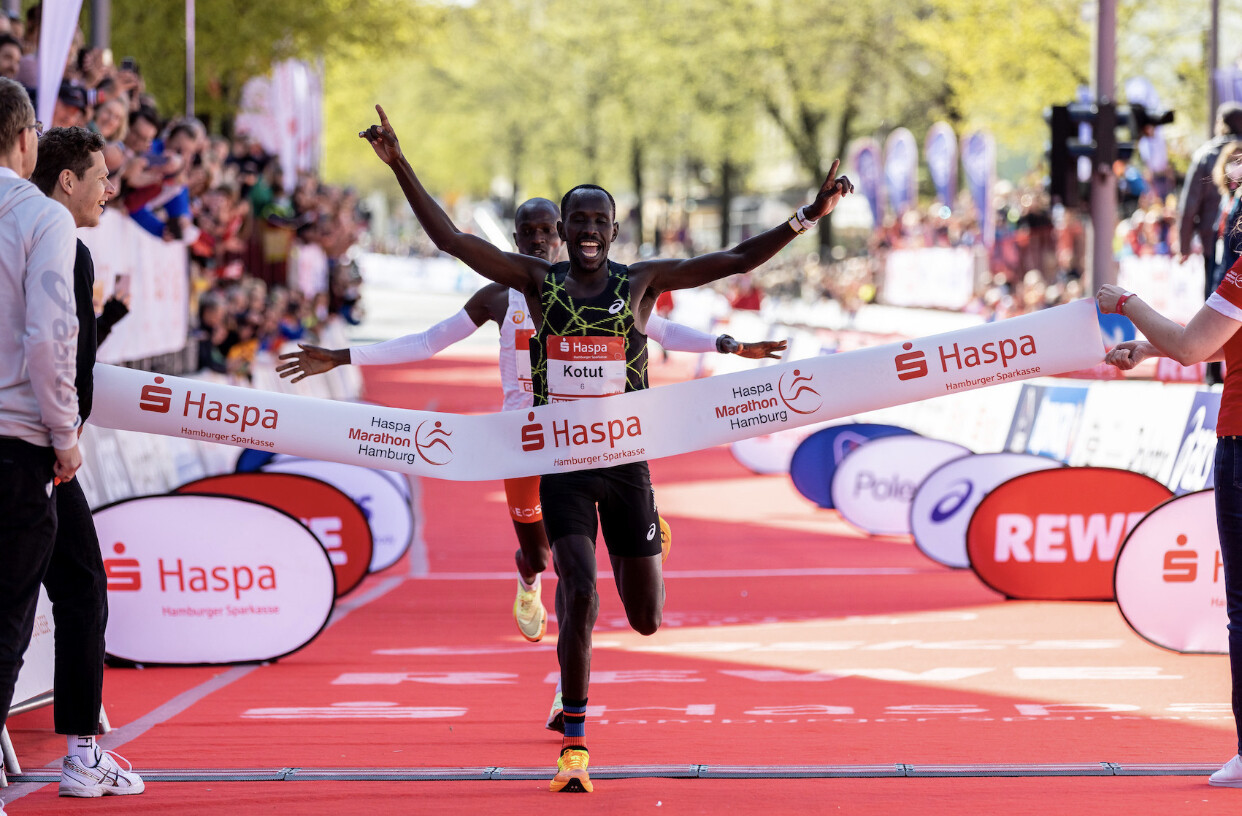
In the men’s race Eliud Kipchoge’s 2:05:30 course record from 2013 was broken by fellow-Kenyan Cybrian Kotut. He clocked 2:04:47, just edging Uganda’s debutant Stephen Kissa who crossed the line one second behind the winner. Ethiopia’s Workineh Tadesse followed in third place with 2:05:07.
A total of 20,000 entries from 68 nations were registered by organisers for the 36th edition of the Haspa Marathon Hamburg, including shorter running events on Sunday. Around 10,500 of them competed in the marathon. Additionally 9,000 children participated in a 4.2 k run on Saturday.
“That was a great spring comeback for us. We presented a stunning race on the streets of Hamburg and we are proud of the extremely strong results including two course records and a unique debut by Yalemzerf Yehualaw,“ said chief organiser Frank Thaleiser.
Yalemzerf Yehualaw came in late on Thursday and missed the pre-race press conference, but she took centre stage on Sunday when it mattered. In sunny but windy conditions and temperatures around 10 Celsius Ethiopia’s Yalemzerf Yehualaw dominated the women’s race from the beginning and constantly increased her lead.
She ran past the half marathon mark in a super fast 68:30. At this point she was already over two and a half minutes ahead. At the end of the race the gap between her and the second runner was almost nine minutes. “The race went well for me considering this was my first marathon. The fast Hamburg course suited me and the spectators helped me a lot,“ said the winner.

Yalemzerf Yehualaw was around four and a half minutes faster than former Hamburg course record holder Meselech Melkamu of Ethiopia (2:21:54 in 2016). Additionally she broke the German Allcomers record of Kenya’s Gladys Cherono who ran 2:18:11 in Berlin in 2018.
In the men’s race things looked a lot closer from the beginning. 17 men passed the 10k mark in 29:29. A major surge came late in the race with only four kilometres to go. Cybrian Kotut and Stephen Kissa, a debutant from Uganda, broke away from the leading group which included six runners at that point. Both delivered a stunning showdown right to the finish line.
In the final sprint Cybrian Kotut pushed himself to a close victory in 2:04:47, a second ahead of Stephen Kissa (2:04:48). Ethiopia’s Workineh Tadesse took third spot in 2:05:07. All three runners were within the former course record of Eliud Kipchoge which stood at 2:05:30. The Kenyan superstar set this record back in 2013 running his marathon debut in Hamburg. ’’I am very happy that I broke the course record.
The pacemakers covered me well from the wind. It was not easy with the wind, but overall the conditions were very good,“ said Cybrian Kotut.
The fastest German runner was Florian Röser. He ran a solid marathon debut in 2:15:03. ’’I’m very surprised to be the fastest German athlete. The race was not ideal for me but considering that this was my debut it was good,“ he said.
Kristina Hendel was the dominant German woman in the field. She finished the race in a strong fifth position with a personal best of 2:27:29. “We had to fight against the wind from kilometer 8 till 31. On top of that I got cramps but they eased later in the race. I broke my personal best and I am very proud of that. I hope I will run in a German vest at the European Championships in Munich,“ said Christina Hendel.
The former Croatian gained German citizenship in 2021 but is not eligible yet to compete for Germany internationally. Deborah Schöneborn finished the race as the second fastest German woman in 9th place with a time of 2:29:51.
Men:
1. Cybrian Kotut KEN 2:04:47
2. Stephen Kissa UGA 2:04:48
3. Workineh Tadesse ETH 2:05:07
4. Victor Kiplangat UGA 2:05:09
5. Abebe Negewo ETH 2:06:05
6. Masresha Bere ETH 2:06:44
7. Edwin Kiptoo KEN 2:06:52
8. Abraham Kiptoo KEN 2:06:59
9. Bazewe Asmare ETH 2:07:13
10. Bernard Ngeno KEN 2:07:27
Women:
1. Yalemzerf Yehualaw ETH 2:17:13
2. Fikrte Wereta ETH 2:26:15
3. Bone Cheluke ETH 2:26:23
4. Tseginesh Mekonnen ETH 2:26:29
5. Kristina Hendel CRO 2:27:29
6. Priscah Jeptoo KEN 2:28:48
7. Rosa Chacha ECU 2:28:52
8. Gadise Mulu ETH 2:28:37
9. Deborah Schöneborn GER 2:29:51
10. Jana Soethout GER 2:34:28
(04/24/2022) ⚡AMPHaspa Marathon Hamburg
The HASPA MARATHON HAMBURG is Germany’s biggest spring marathon and since 1986 the first one to paint the blue line on the roads. Hamburcourse record is fast (2:05:30), the metropolitan city (1.8 million residents) lets the euphoric atmosphere spill over and carry you to the finish. Make this experience first hand and follow the Blue Line....
more...Vibian Chepkirui defended her title and smashed the course record at the Vienna City Marathon.
The Kenyan Vivian Chepkirui won with 2:20:59 after a close battle with fellow-Kenyan Ruth Chebitok who finished second in 2:21:03. Sheila Jerotich made it an all-Kenyan podium, taking third place in 2:23:01.
Cosmas Muteti won the men’s race with 2:06:53, which is the second fastest time in the history of the Vienna City Marathon. Fellow-Kenyan Leonard Langat was second in 2:06:59 and Eritrea’s Oqbe Kibrom followed in third with 2:07:25.

Although there was no course record in the men’s race the wider top results were the best ever in the history of the event. There have never been two results below 2:07before in Vienna. And seven times sub 2:10 is also a record for Austria’s prime road race.
A total of 32,000 runners from about 100 nations had registered for the 39th edition of the Vienna City Marathon, including events at shorter distances. Around 8,000 of them competed in the marathon. The Vienna City Marathon is Austria’s biggest sporting event and a World Athletics Label Road Race.
Men’s Race
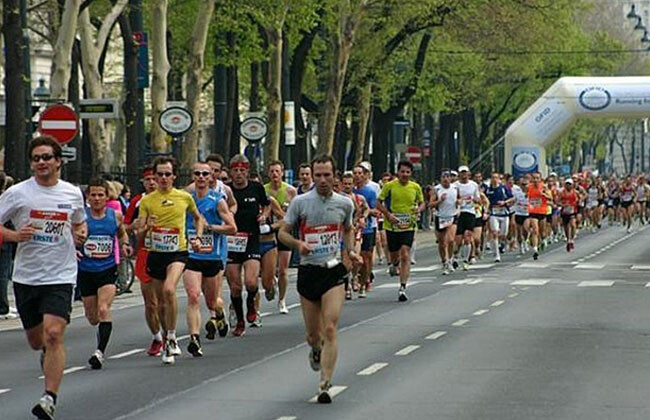
There was good pacemaking with an even pace in the men’s race for a long time although the 2:05:41 course record was never really threatened. A group of 17 runners including the three pacers passed half way in 63:21 and then went on to a 30k split time of 1:30:12. However when the pacers all dropped out at the same time right after the 30k point the race for victory was on immediately.
It was Oqbe Kibrom who surged ahead instantly. The fastest runner on the start list (PB: 2:05:53) seemed on course for a first Eritrean victory in the history of the race. However with kilometer splits of 2:54 and 2:51 for the 31st and 32k Oqbe Kibrom misjudged his potential and the picture changed.
“I knew he was strong. But I decided not go with him at 30k and run my own pace instead. I hoped to close the gap slowly,“ explained Cosmas Muteti, who soon realised that he did gain ground on the leader. With around five kilometres to go the Kenyan, who is partly coached by former world marathon record holder Patrick Makau and was fifth in Berlin last September, caught Oqbe Kibrom and then moved away from him.
In the final stages fellow-Kenyan Leonard Langat took second place and made up some ground to the leader. “I knew that he was coming nearer, but I was sure to win as I would have been able to put in a sprint if needed,“ said Cosmas Muteti, who wrote history by becoming the 50th runner of the Vienna City Marathon to achieve a sub 2:10 finish.
“This is my biggest victory. I hope to be able to defend my title here next year and then may be break the course record,“ said Cosmas Muteti, who improved his former PB of 2:08:45 by almost two minutes.
Austrian’s Lemawork Ketema was the best European runner in Vienna with a 2:15:42 finishing time in 13th place. However he missed the qualifying standard for the European Championships.
Women’s Race
In relatively good weather conditions but some wind the women’s race developed differently. Defending champion Vibian Chepkirui, who ran only her second marathon after her Vienna debut triumph in 2021, broke away after eight kilometres. At the 10k mark she had a split time of 33:11 which pointed to a 2:20 finishing time.
She was six seconds ahead of fellow-Kenyans Ruth Chebitok and Viola Yator. For an unexpected reason the 27 year-old was then not able to maintain this pace. “My husband and pacemaker Wesley Kongogo had a problem with his shoes and got a blister, so he slowed a bit,“ explained Vibian Chepkirui. While she had a lead of nine seconds at half way, which she passed in 70:38, she was unable to significantly increase it.
In contrast Ruth Chebitok, who had left behind Viola Yator after the half way mark, made up the deficit and was running right behind the defending champion at 35k.
Vibian Chepkirui stayed ahead by a step in the final section and it was with around one kilometer to go at Vienna’s Opera House when she increased the pace again and secured her second Vienna marathon victory.
“I am of course very happy to have won again in Vienna. I want to come back next year and then my goal will be to improve to 2:18,“ said Vibian Chepkirui, who ran 2:24:29 in her debut last September in warm conditions.
Slovenia’s Neja Krsinar was the fastest European runner in Vienna. She finished eighth in 2:35:30.
Results, Men:
1. Cosmas Muteti KEN 2:06:53
2. Leonard Langat KEN 2:06:59
3. Oqbe Kibrom ERI 2:07:25
4. Charles Ndiema KEN 2:08:12
5. Raymond Chose KEN 2:08:32
6. Edwin Soi KEN 2:09:10
7. Noah Kipkemboi KEN 2:09:55
8. Abdi Fufa ETH 2:10:32
9. Abraham Kipyatich KEN 2:10:51
10. Mike Chesire KEN 2:11:32
Women:
1. Vibian Chepkirui KEN 2:20:59
2. Ruth Chebitok KEN 2:21:03
3. Sheila Jerotich KEN 2:23:01
4. Urge Soboka ETH 2:27:13
5. Caroline Kilel KEN 2:29:29
6. Viola Yator KEN 2:30:40
7. Teresiah Omosa KEN 2:31:44
8. Neja Krsinar SLO 2:35:30
9. Kellys Arias COL 2:38:28
10. Chaltu Marame ETH 2:38:34
(04/24/2022) ⚡AMPVienna City Marathon
More than 41,000 runners from over 110 nations take part in the Vienna City Marathon, cheered on by hundreds of thousands of spectators. From the start at UN City to the magnificent finish on the Heldenplatz, the excitement will never miss a beat. In recent years the Vienna City Marathon has succeeded in creating a unique position as a marathon...
more...Eight classic track and road workouts to build speed
Many runners are constantly on the hunt for that magical workout that will launch them to new personal bests, but the truth is, improvement comes from consistent hard work over time. These tried-and-true workouts aren’t magical or sexy, but ask any high-level runner and they’ll tell you: these are the sessions that will get you where you want to go.
Track workouts
With a little tweaking, these sessions can be done by both beginner runners and experienced athletes. If you have access to a nearby track, we highly encourage you to utilize it — a weekly track session can do wonders for your speed development.
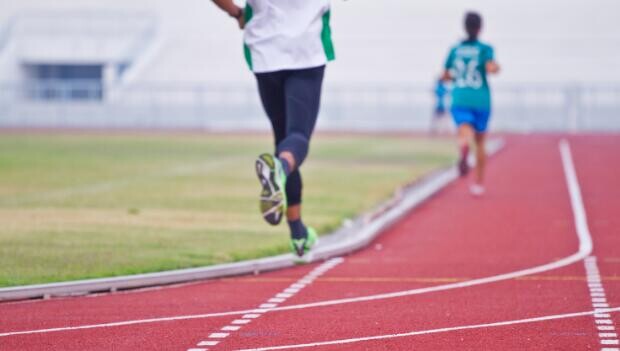
For those who are new to the track, a standard track is 400m, so the 400m repeats are one lap of the track, the 800s are two laps, the 1K’s are 2.5 laps and the mile is four laps.
8-10 x 400m/1 minute rest @1,500m pace (beginners, start with 4 intervals and work your way up)

6-8 x 800m/2 minutes rest @3,000m pace (beginners, start with 4 intervals)
4-6 x 1K/3 minutes rest @5K pace (beginners, start with 2 intervals)
3-6 x 1 mile/3 minutes rest @10K pace (beginners, start with 2 intervals)
Road workouts
If you’re training for a road race, it’s important to do at least some of your speed work on the road, because it’s beneficial to train on the surface you’ll be racing on. A GPS watch will be helpful to keep you on pace for these workouts, but if you don’t have one, do your best to run these by feel (you could try using RPE) to make sure you’re running at the right intensity.
4-5 x 5 minutes/2 minutes rest @5-10K pace
6-8 x 3 minutes/1-2 minute rest @5K pace
10 x 1 minute/1 minute rest @1,500m-3K pace
15-30 minute tempo run at 10K pace.
(04/24/2022) ⚡AMPby Running Magazine
Here's How How Evans Chebet of Kenya Won the 2022 Boston Marathon
He led a Kenyan podium sweep in the deepest Boston men’s pro field ever.
Thanks to covering the stretch between 35 and 40 kilometers in an astounding 13:55, Evans Chebet of Kenya won the 2022 Boston Marathon in 2:06:51.
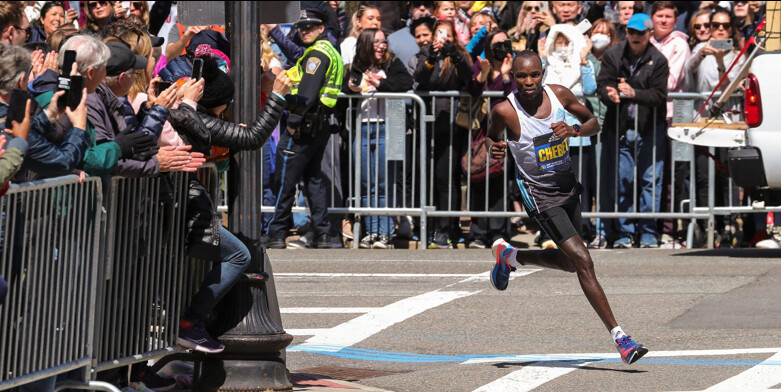

Lawrence Cherono, the 2019 winner, and Benson Kipruto, the 2021 champion, made it a Kenyan podium sweep. Cherono placed second in 2:07:21. Kipruto took third in 2:07:27.
Scott Fauble was the top American, placing seventh in 2:08:52. Fauble was also the top American in 2019, when he also finished seventh. Elkanah Kibet, ninth in 2:09:07, and CJ Albertson, 13th in 2:10:23, were the second and third U.S. finishers. All three set personal bests.
Here’s a full breakdown of the 2022 Boston Marathon men’s race, from how the race was won to the biggest surprise to the $$$.
The Winner: Evans Chebet
Chebet, 33, has been near the top of world marathoning for the past few years. Only one man in the field has a better personal best than his 2:03:00, and before today he had placed first or second in 10 marathons. But his Boston win was still a big step forward in his career.
Chebet’s best races before today were in high-level marathons such as Valencia, Prague, and Seoul, not in World Marathon Majors. He placed third in Berlin in 2016, fourth in Tokyo in 2017, and fourth last fall in London. He started Boston once before today, in 2018, when he was among the one-third of elite entrants who dropped out during that year’s horrific wind, rain, and cold.
Certainly his momentum was heading in the right direction for today’s Boston. Other than that fourth in London in October, he has been on a winning streak, taking titles in Buenos Aries in 2019 and Lake Biwa and Valencia (where he set his PR) in 2020. Chebet will no doubt cherish but not be complacent about his new status among the world’s best. He likely knows that since 2009, only one man, Lelisa Desisa of Ethiopia (2013 and 2015), has won more than one Boston title.
Where the Race Was Won
Chebet covered the 22nd mile in 4:27. Or as Geay apparently thought, “4:27?!” The Tanzanian looked at his watch, either in disbelief or in regret about how much time remained in the race now that he’d opted to go with Chebet. Whatever the case, Chebet dropped Geay a couple of minutes later en route to a 4:26 23rd mile. Then he ran another 4:26 mile.
Chebet’s 13:55 5K between 35K and 40K is good enough to win most open 5K road races. Cherono and Kipruto gave chase and overtook Geay in the process, but Chebet’s victory was never in doubt once he started his fabulous display of late-race speed. Chebet acknowledged as much at the postrace press conference, saying through an interpreter he was confident that his move would get him the win.
The Biggest Surprise
It was a fast, deep race. The 10th finisher, Kinde Atanaw of Ethiopia, ran 2:09:16. That’s 35 seconds faster than Benson Kipruto ran to win the 2021 edition.
Wait, that’s surprising? Wasn’t this said to be the best Boston field in years? Didn’t the postponement of the London Marathon to October funnel that many more elites to the start line in Hopkinton? And doesn’t everyone run fast in the super shoe era?
Well, there were super shoes six months ago when winner Kipruto was the only one to break 2:10. Also, despite what may have appeared to be the case on television, the weather was challenging. The wind was slight—usually no more than 5 miles per hour while the pros were racing—but not favorable. Des Linden, who won during the 2018 monsoon and knows from wind, said there was a persistent headwind. A weather team from the University of Massachusetts at Lowell who tracked conditions confirmed to Runner’s World there was an atypical easterly (i.e., in-their-race) wind throughout the race.
And, as we noted above, it’s become common at Boston for the men to not really start racing until the final five miles. Today, they happened to do so after an opening half of 1:03:24, almost three minutes faster than the main pack ran last year.
So, yes, a bunch of really fast guys ran fast today at Boston. But that outcome was neither predictable nor weather-enabled.
In recent years, the men’s race at Boston has often featured a large lead pack cresting Heartbreak Hill together, and then someone shattering the pack with an aggressive move soon after. That trend continued today.
Chebet was among a pack of 20 that hit halfway in 1:03:24. He occasionally appeared near the front of the pack as they moved through the Newton hills, looking eager to get going, then perhaps reminding himself it was too early, and disappearing back into the group.
Fifteen men came up and over the most famous hill in running together. With five miles to go, two-time New York City winner Geoffrey Kamworor and last year’s champ, Benson Kipruto, appeared at the front for the first time. Chebet looked around some more. Then he started to push.
Within a minute, the field was single file. Only Gabriel Geay of Tanzania went with Chebet. Kipruto and 2019 winner Lawrence Cherono ran together in third and fourth
Tidbits From the Top 20
In addition to runner-up Lawrence Cherono (2019) and third-place finisher Benson Kipruto (2021), there were two other former Boston champions in the top 20. Lemi Berhanu of Ethiopia, the 2016 winner, placed 11th in 2:09:43. Yuki Kawauchi of Japan, winner during the apocalyptic storm of 2018, finished 20th in 2:12:55.
If sixth-place finisher Albert Korir and his knock-kneed gait looked familiar, that’s because he won the 2021 New York City Marathon in November.
Besides Scott Fauble, Elkanah Kibet, and CJ Albertson, there were four other American men in the top 20: Matthew McDonald, 14thin 2:10:35 (a PR); Reed Fischer, 16th in 2:10:54 (also a PR); Mick Iacofano, 17th in 2:11:48; and Colin Bennie, 19th in 2:12:08.
The Prize Money
Evans Chebet, $150,000
Lawrence Cherono, $75,000
Benson Kipruto, $40,000
(04/24/2022) ⚡AMPby Runner’s World
Boston Marathon
Among the nation’s oldest athletic clubs, the B.A.A. was established in 1887, and, in 1896, more than half of the U.S. Olympic Team at the first modern games was composed of B.A.A. club members. The Olympic Games provided the inspiration for the first Boston Marathon, which culminated the B.A.A. Games on April 19, 1897. John J. McDermott emerged from a...
more...Fan-Favorite Molly Seidel Dropped Out of the 2022 Boston Marathon Between 25K and 30K of the Race
Molly Seidel hit her first racing setback as a marathoner when she dropped out of the Boston Marathon on Monday, April 18. In her Boston debut, the Olympic bronze medalist walked off the course between 25K and 30K.
Seidel was running with the lead pack of elite women until the 9-mile mark, where 2020 Olympic champion Peres Jepchirchir dropped the pace with a 4:59 split. The aggressive move broke up the front pack significantly, and Seidel was among the group of competitors who fell behind.

At halfway, Seidel was in 11th place and running as the top American ahead of Nell Rojas. But in the following miles, she started to slow down. Her final split was 1:25:29 at 25K. She didn’t record a split at 30K.
Boston is Seidel’s fifth marathon in about two years, which have been highlighted by incredible performances over 26.2. The 27-year-old made her debut with a runner-up finish at the 2020 U.S. Olympic Marathon Trials in Atlanta. She finished sixth in London (2:25:13) in 2020. On a blistering day in Sapporo, Seidel claimed the Olympic bronze medal at the Tokyo Games last summer.
Thirteen weeks later, she followed up her historic Olympic run at the 2021 New York City Marathon, where she finished fourth in 2:24:42, the fastest time by an American on the course. The personal best was especially impressive given that Seidel broke two ribs about a month before the race. In the postrace press conference, she didn’t share what caused the injury, but said it was so painful that she considered not lining up at all.
“It was hard coming off the Olympics and hard mentally getting back into that build,” she said after the race on November 7, 2021. “I’ve invested too much in this, I really want to do it. It means a lot to me to do it, regardless of what it turns out to be.”
Heading into the Boston Marathon, Seidel was considered a heavy favorite to make the podium. In addition to her accolades on the world stage, she came in with more experience than most on the prestigious course.
Before moving to Flagstaff, Arizona, last April, she lived in Boston for almost five years. During the elite athlete press conference on April 15, Seidel said she’s done a lot of training on the Boston course after living in the Fenway neighborhood and running the route regularly. She also babysat for a family in Wellesley and trained near the halfway point, running to Heartbreak Hill and back for about 14 miles.
Before the race, Seidel told Runner’s World that after a few “hiccups” in her training early on, including a hip impingement that curtailed her training for a few days, the last five weeks of her Boston buildup were “about as good as I could have hoped.”
“You almost have to reconcile the marathon buildup you want with the one that you get,” Seidel said. “But I think we’re in a really good place now, not only for Boston, but for world champs in the summer, focusing on a lot of strength as we build for the rest of the year.”
(04/24/2022) ⚡AMPby Runner’s World






